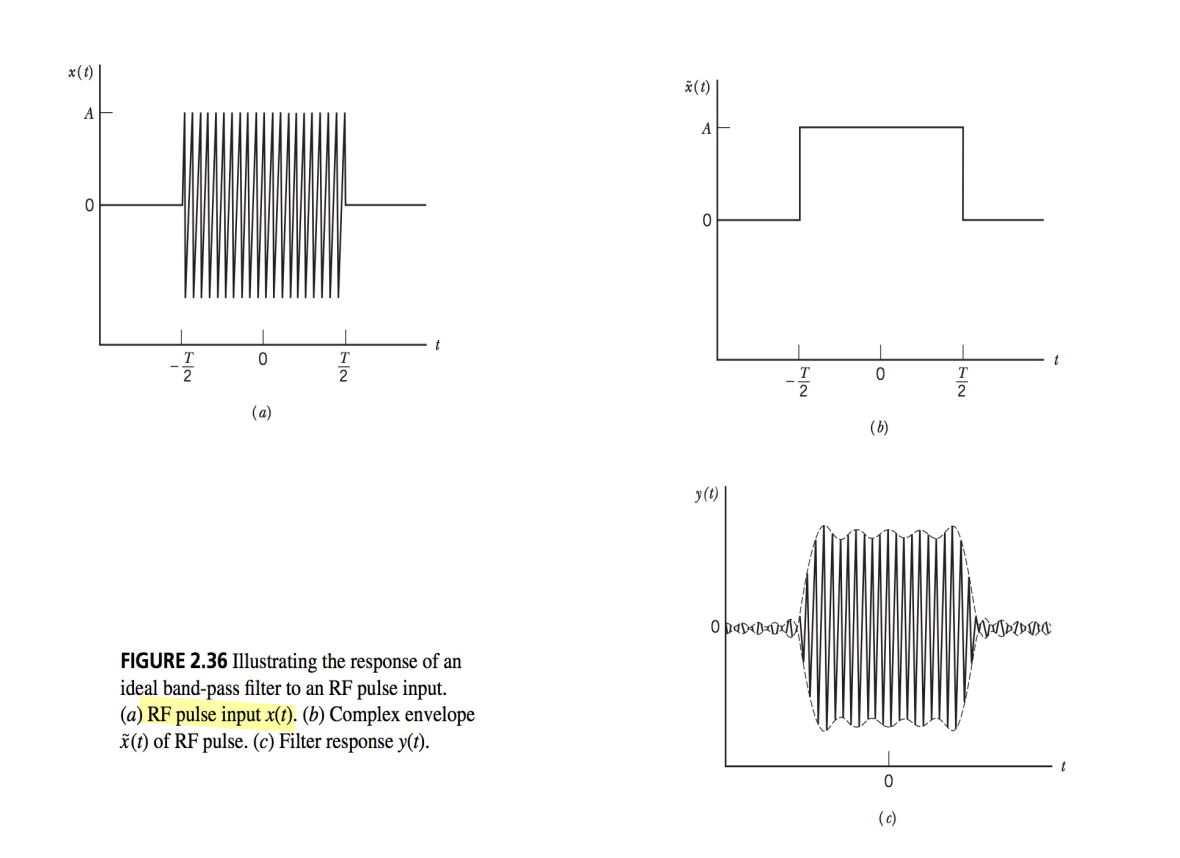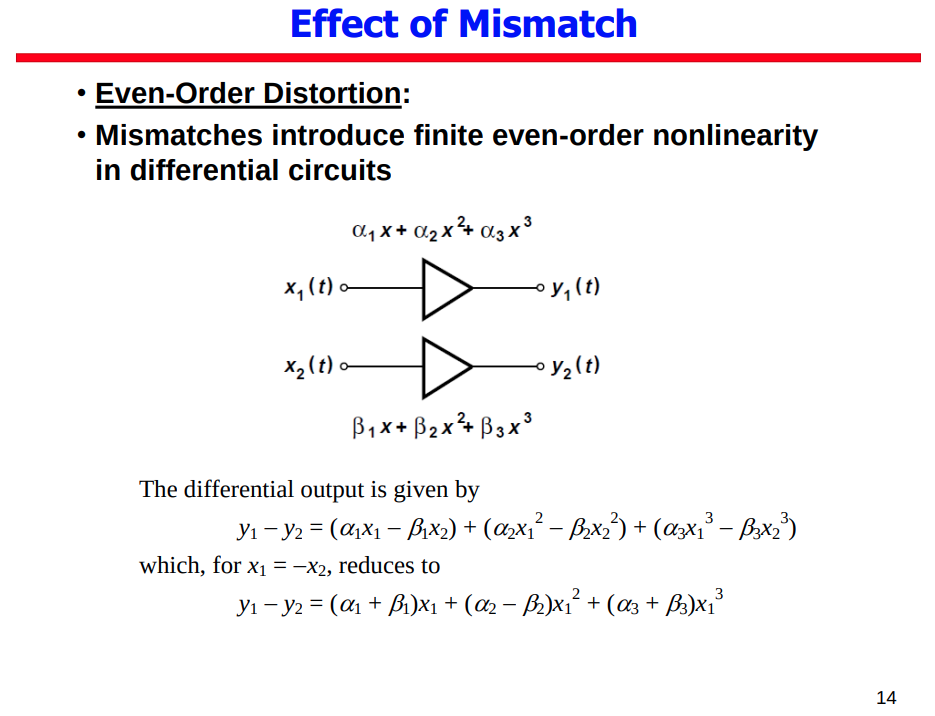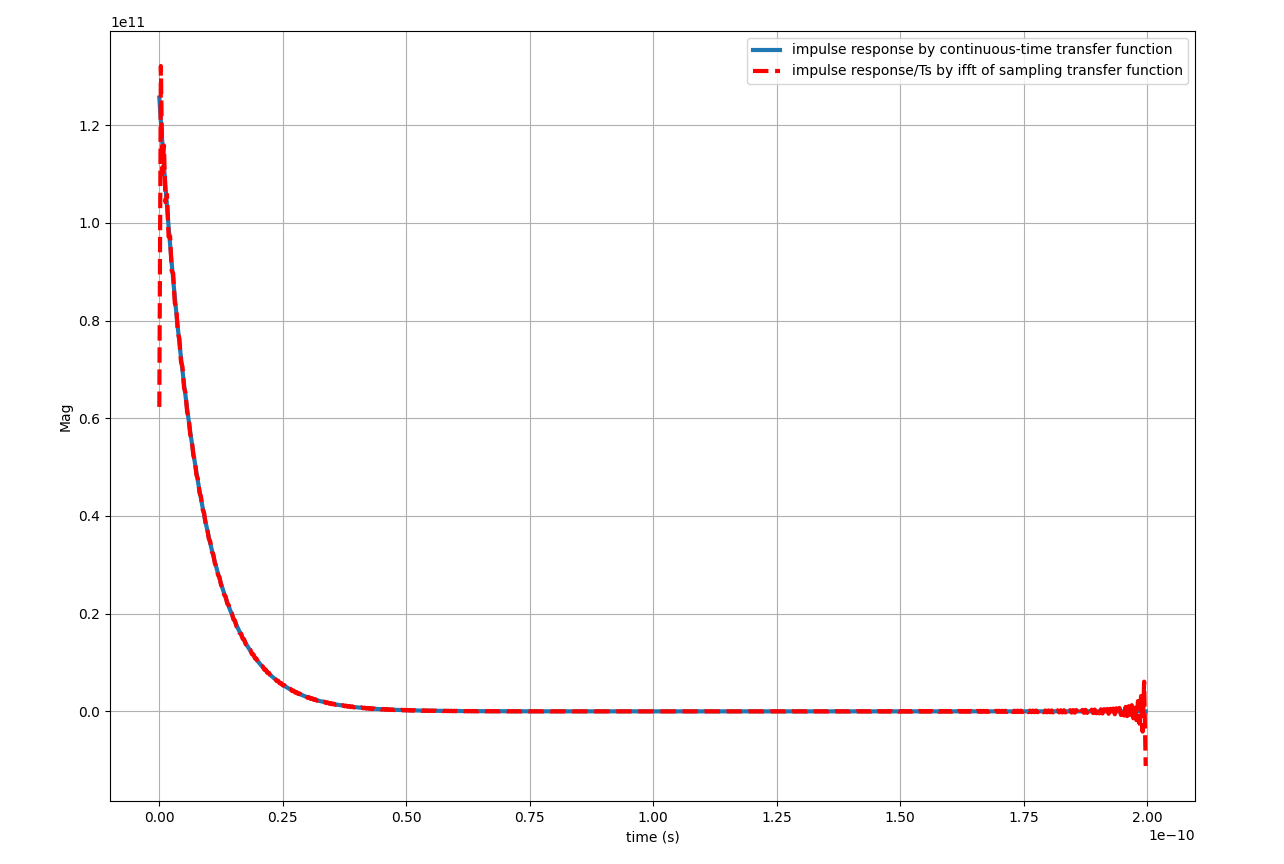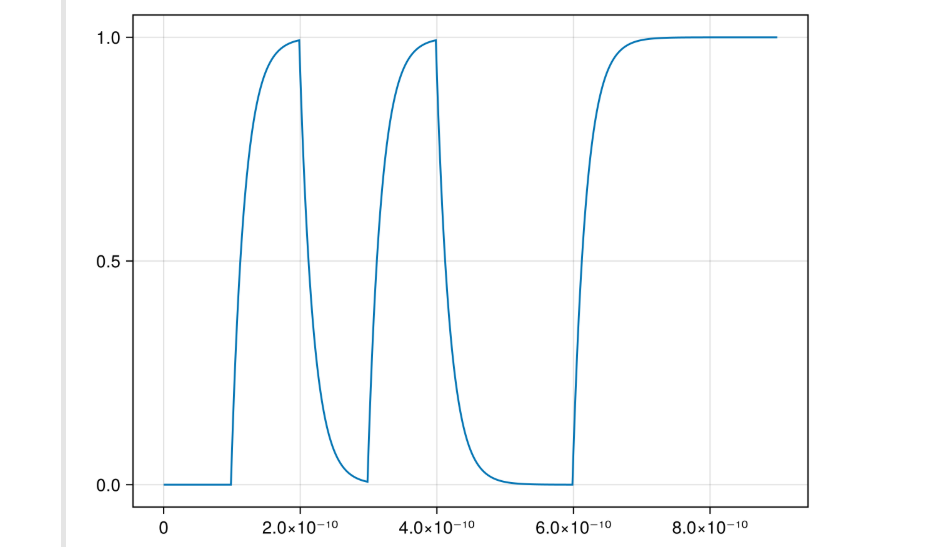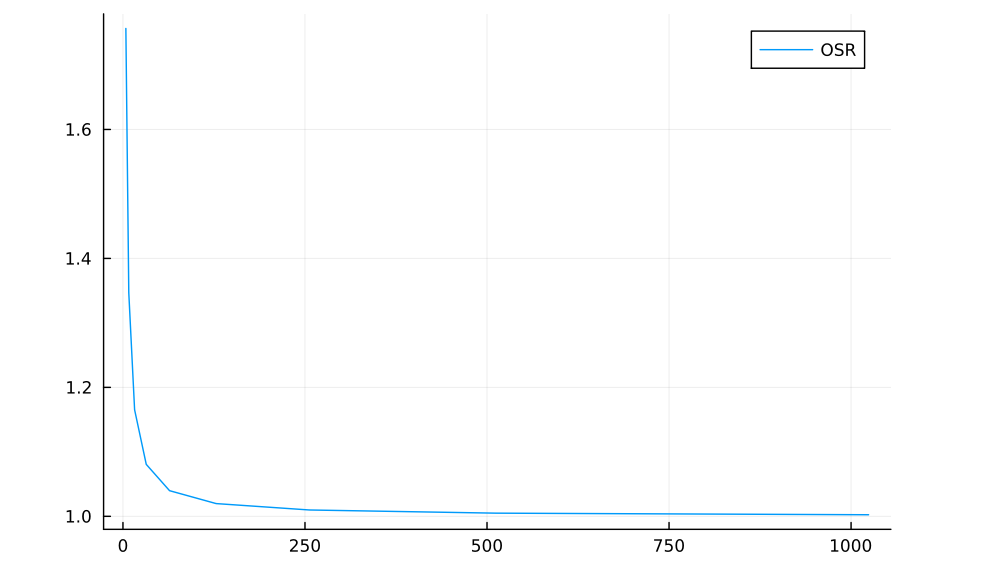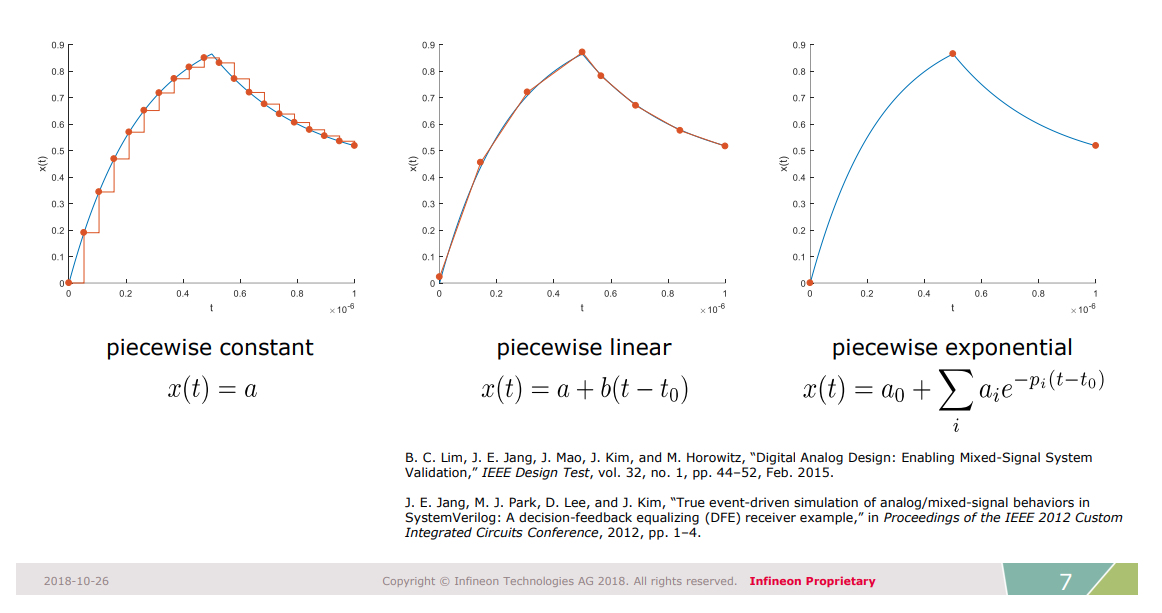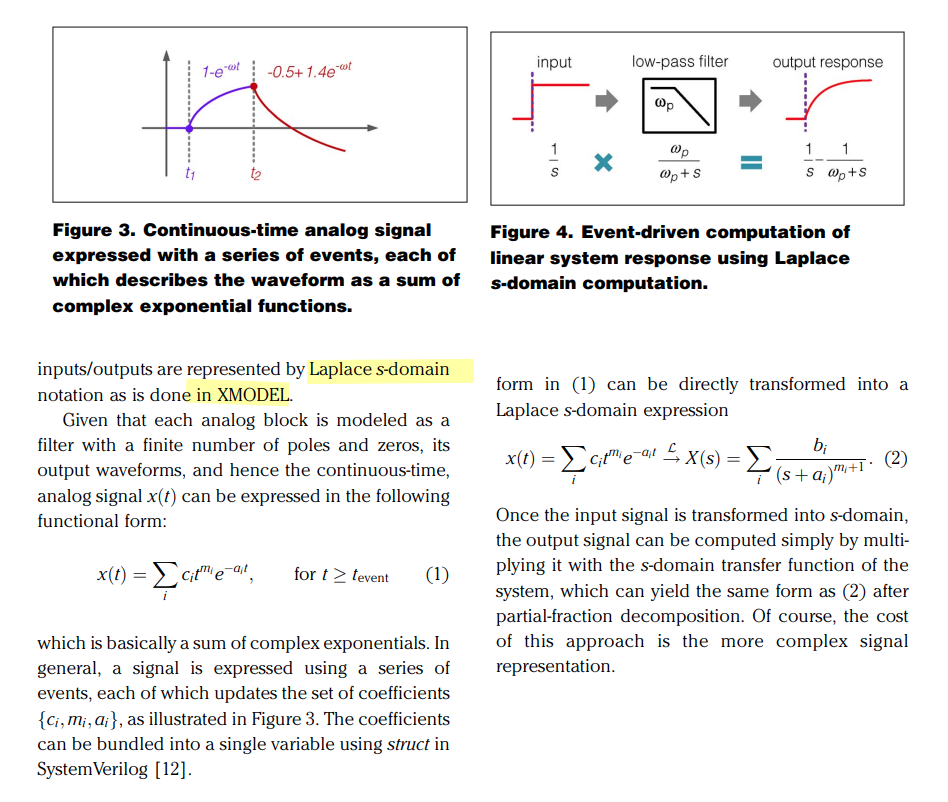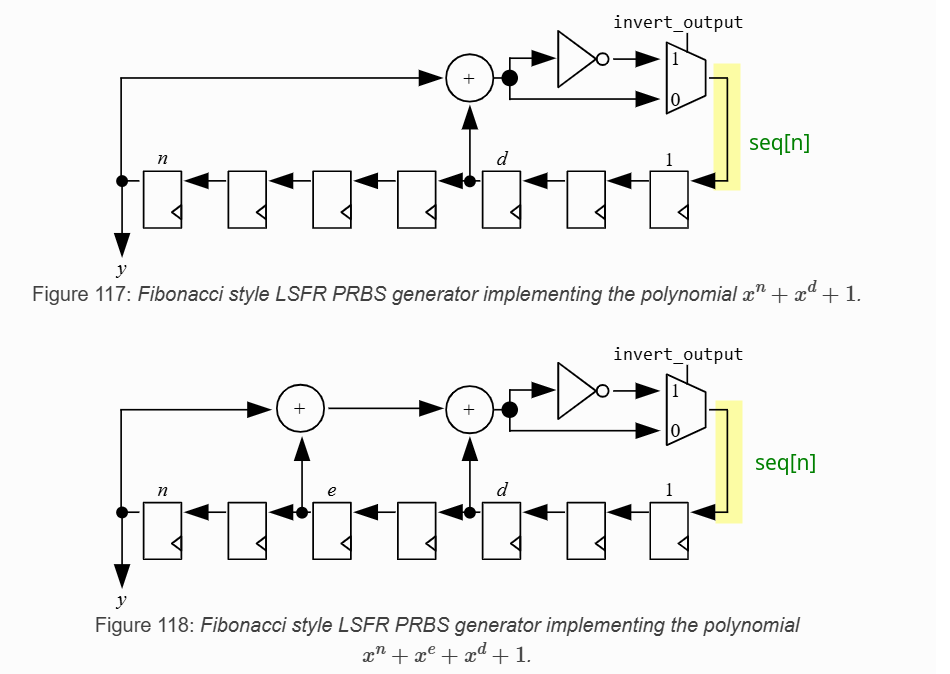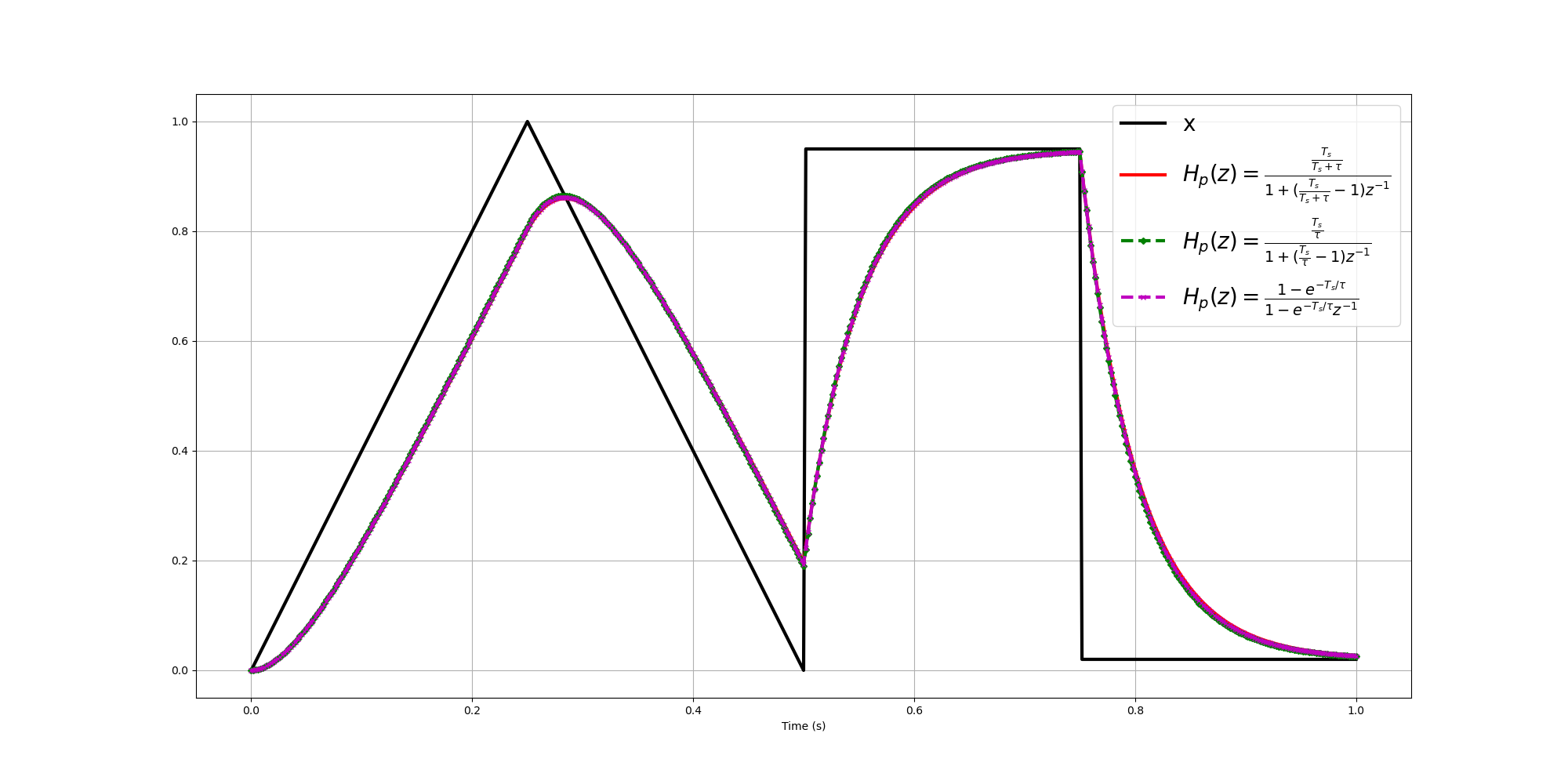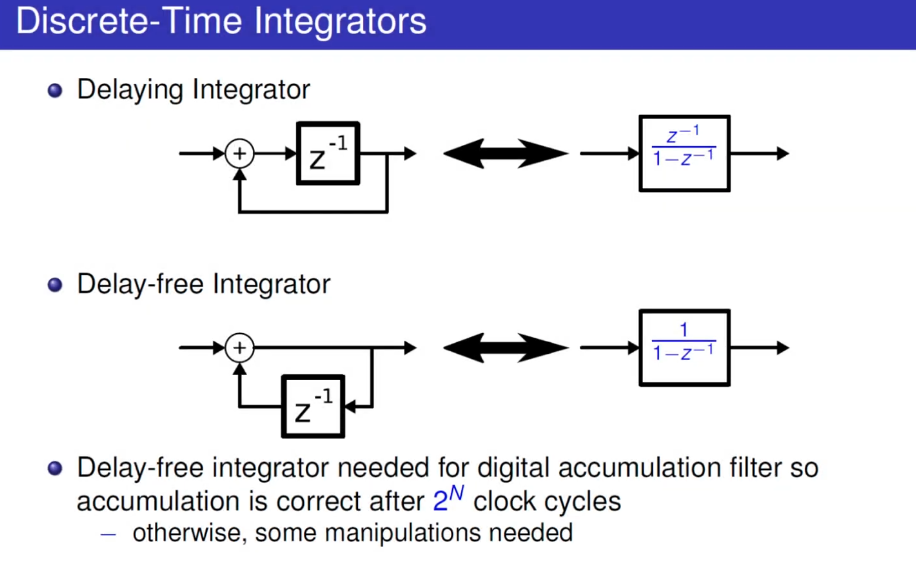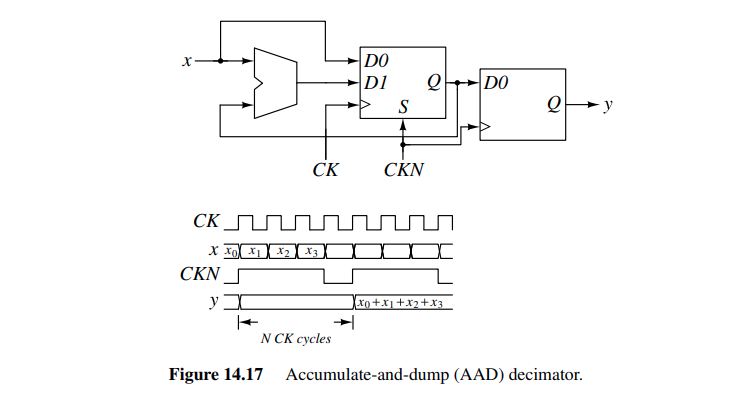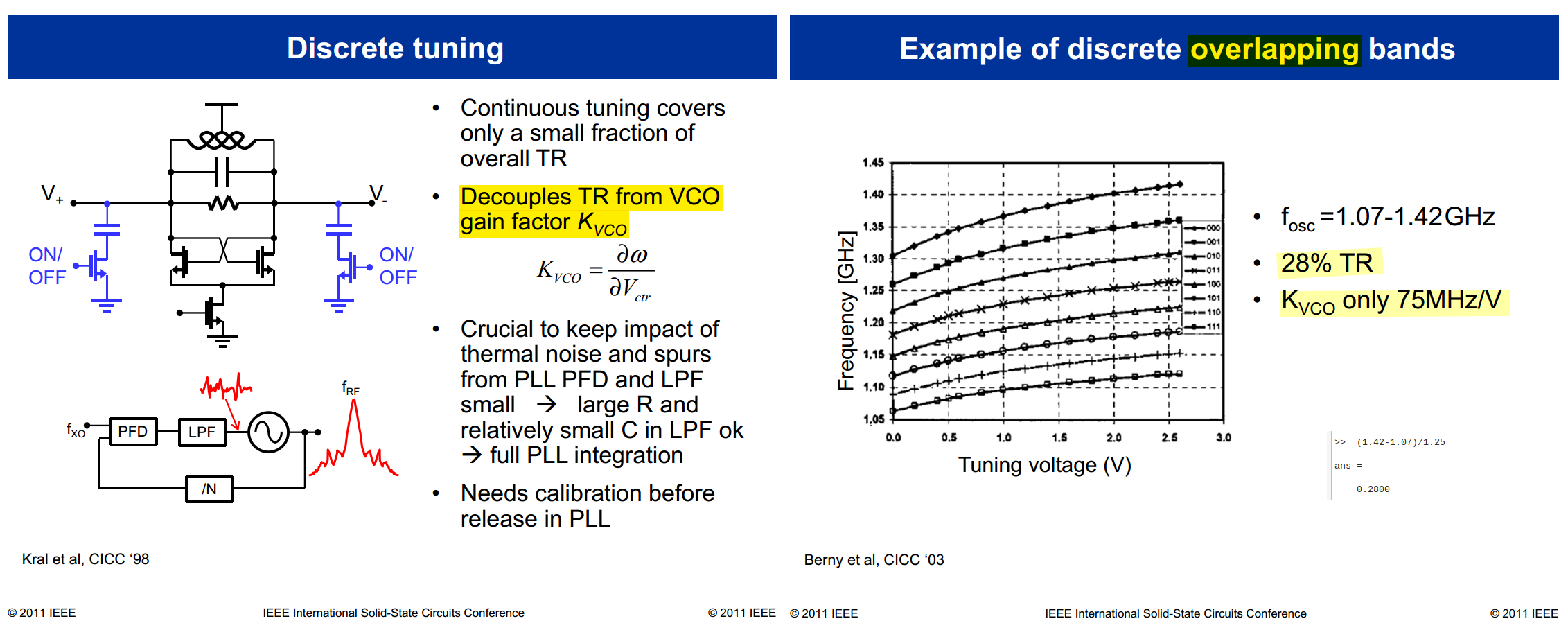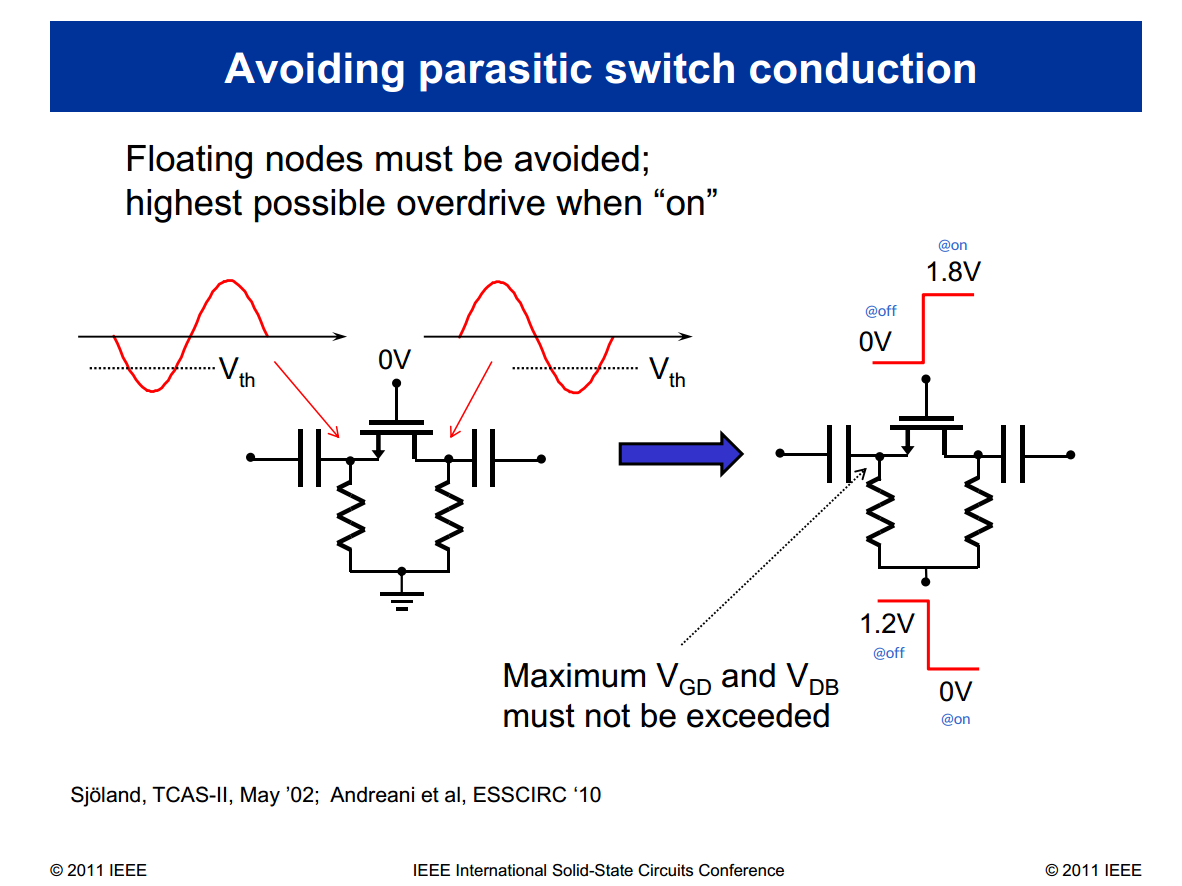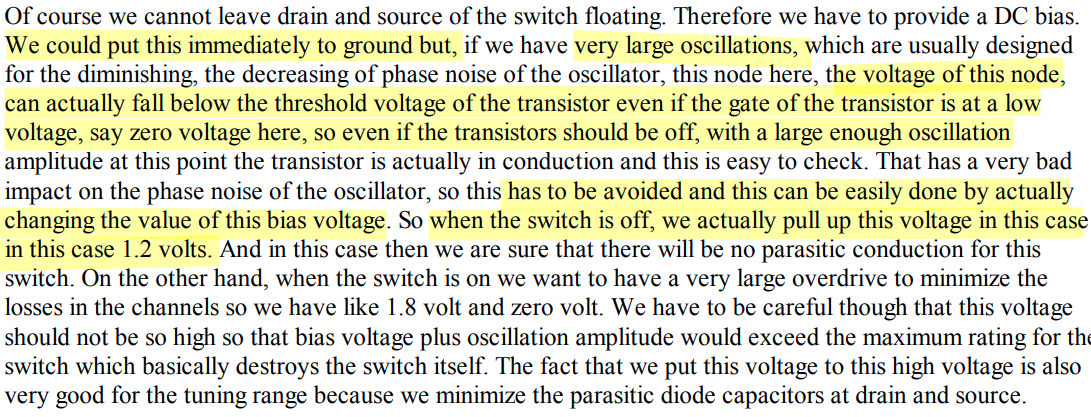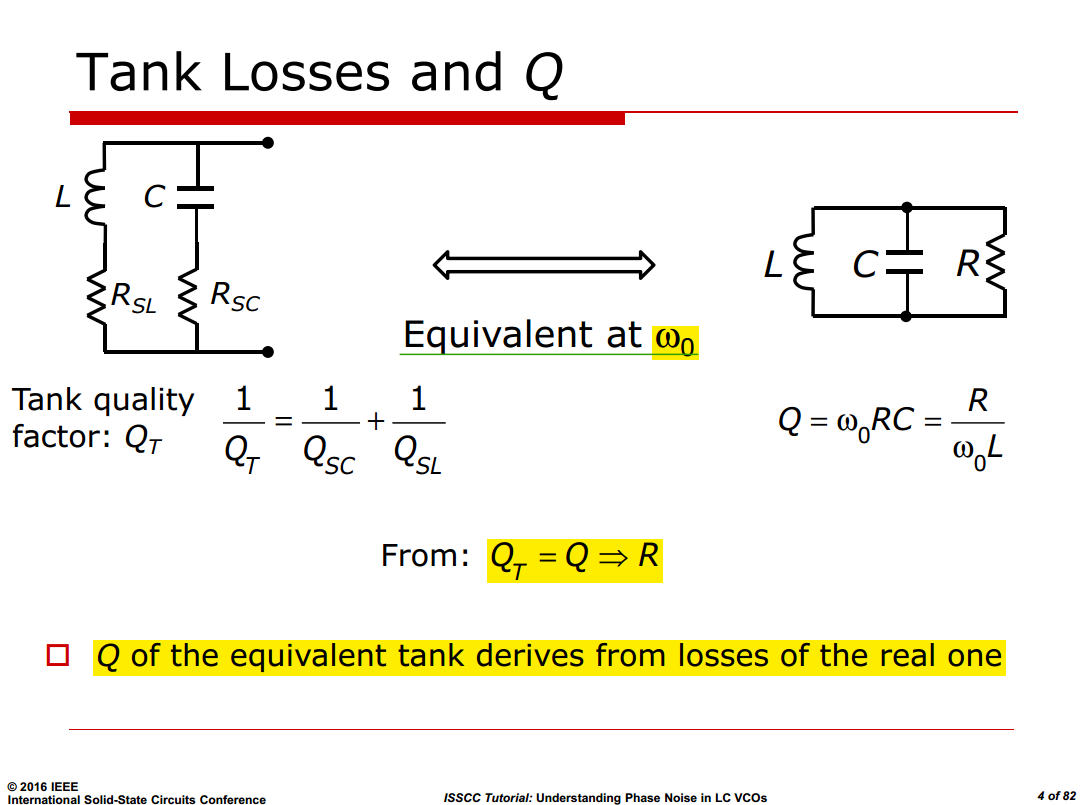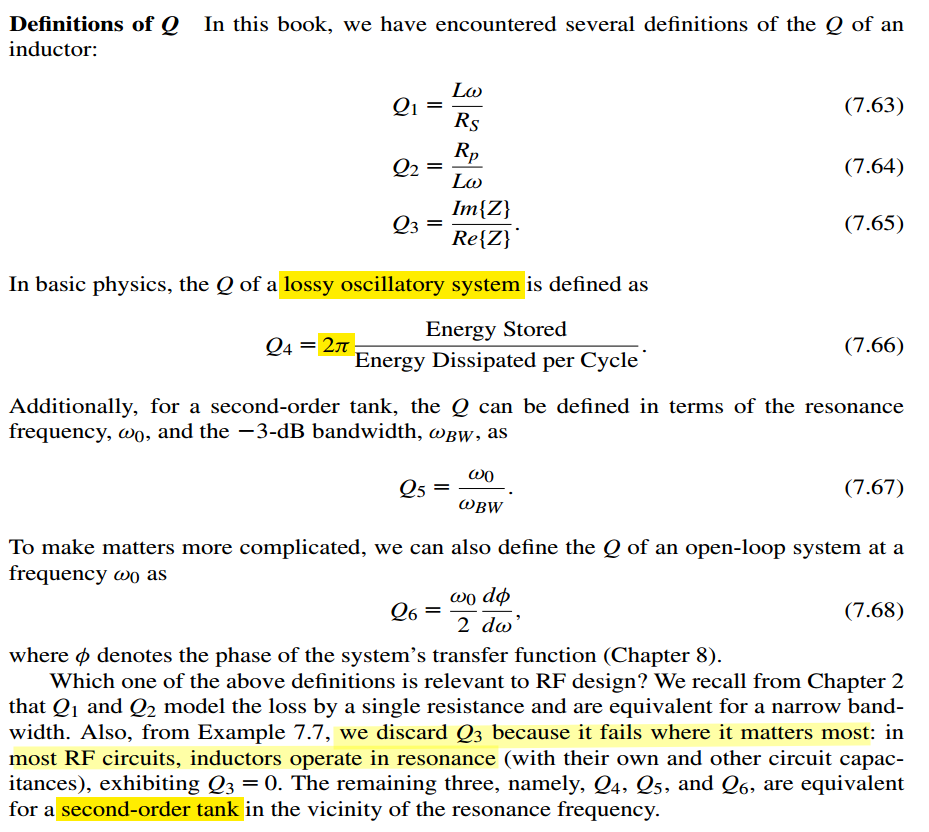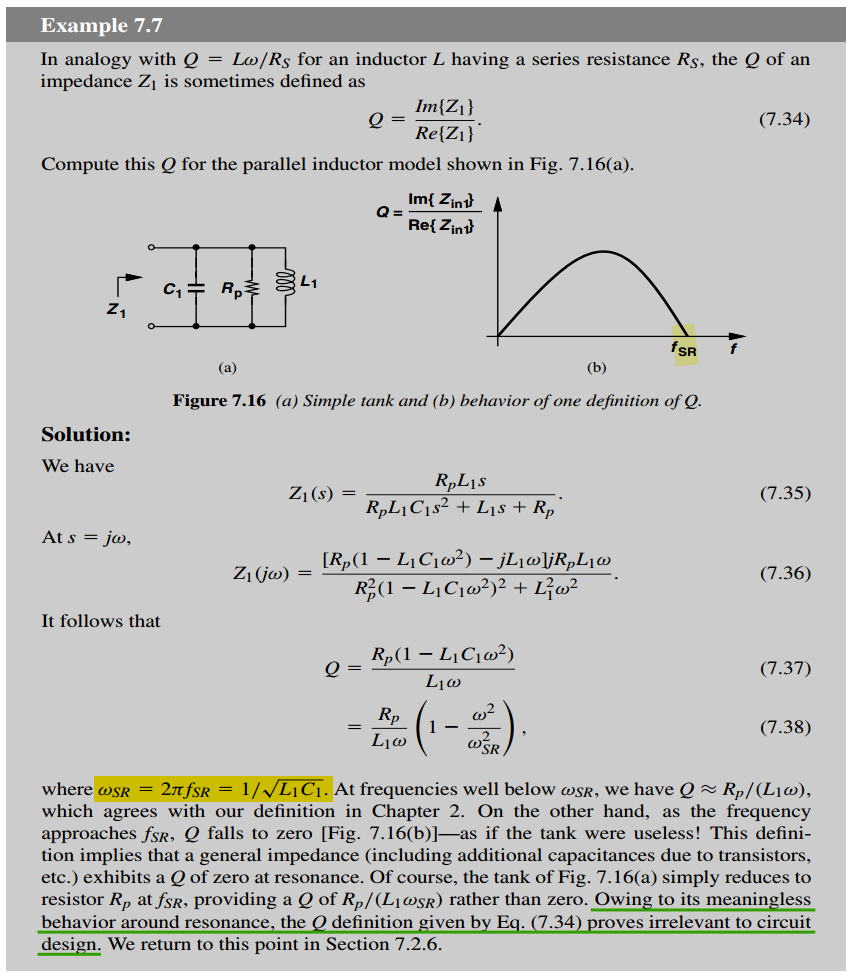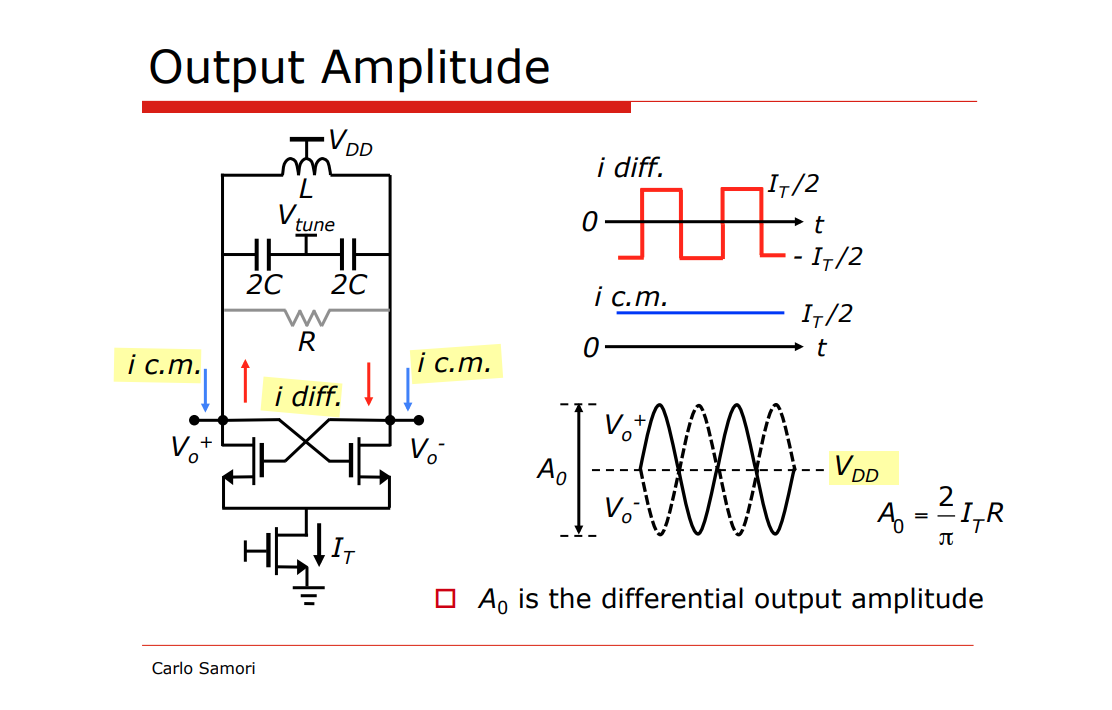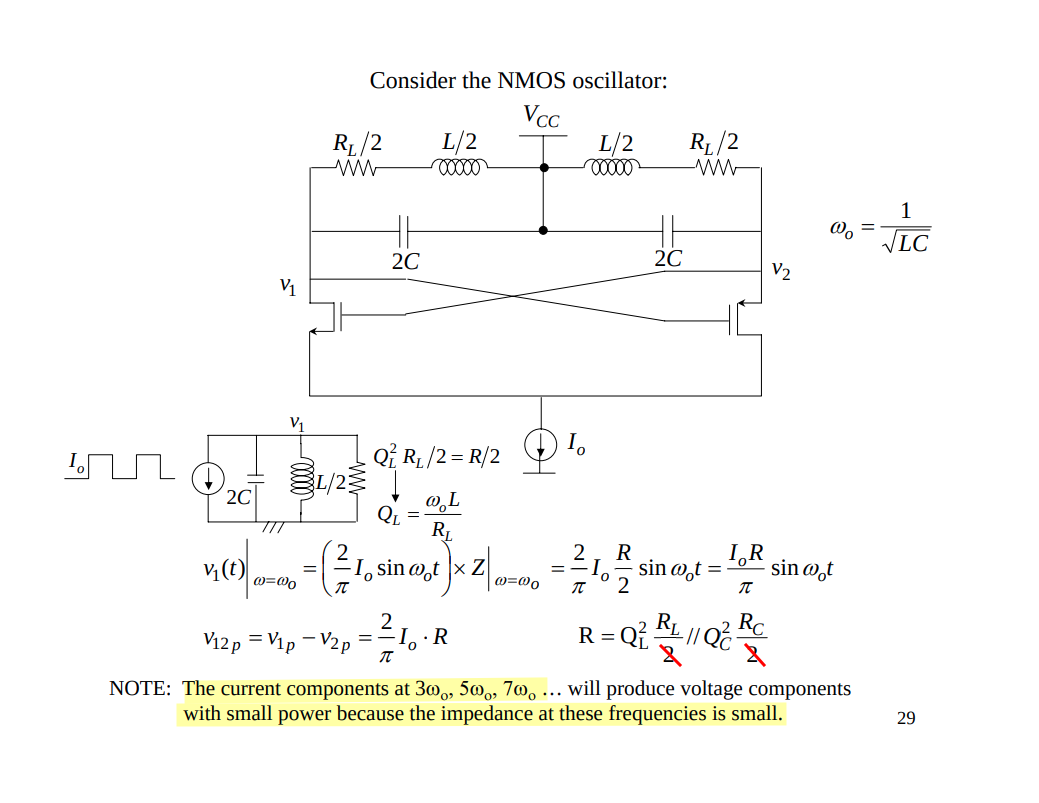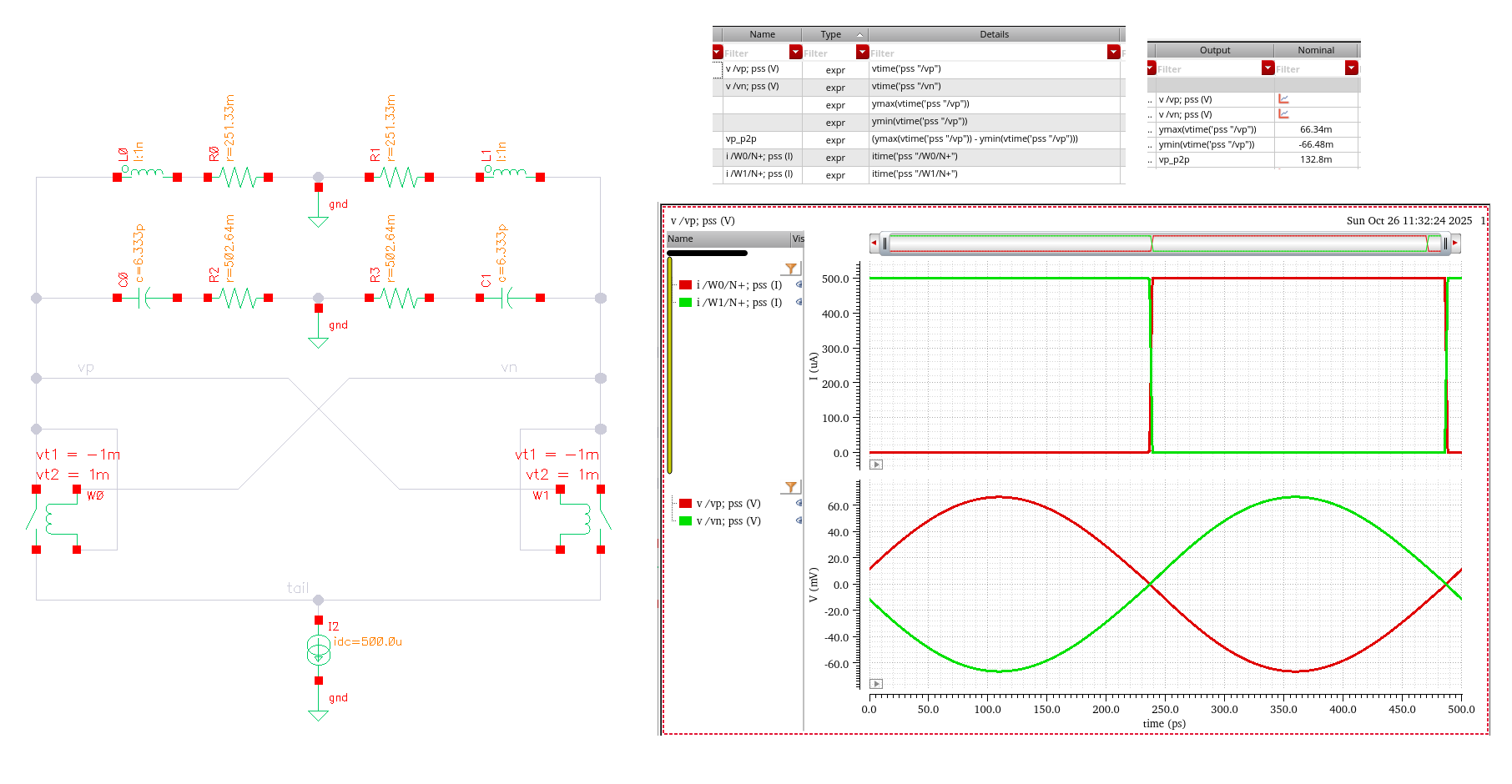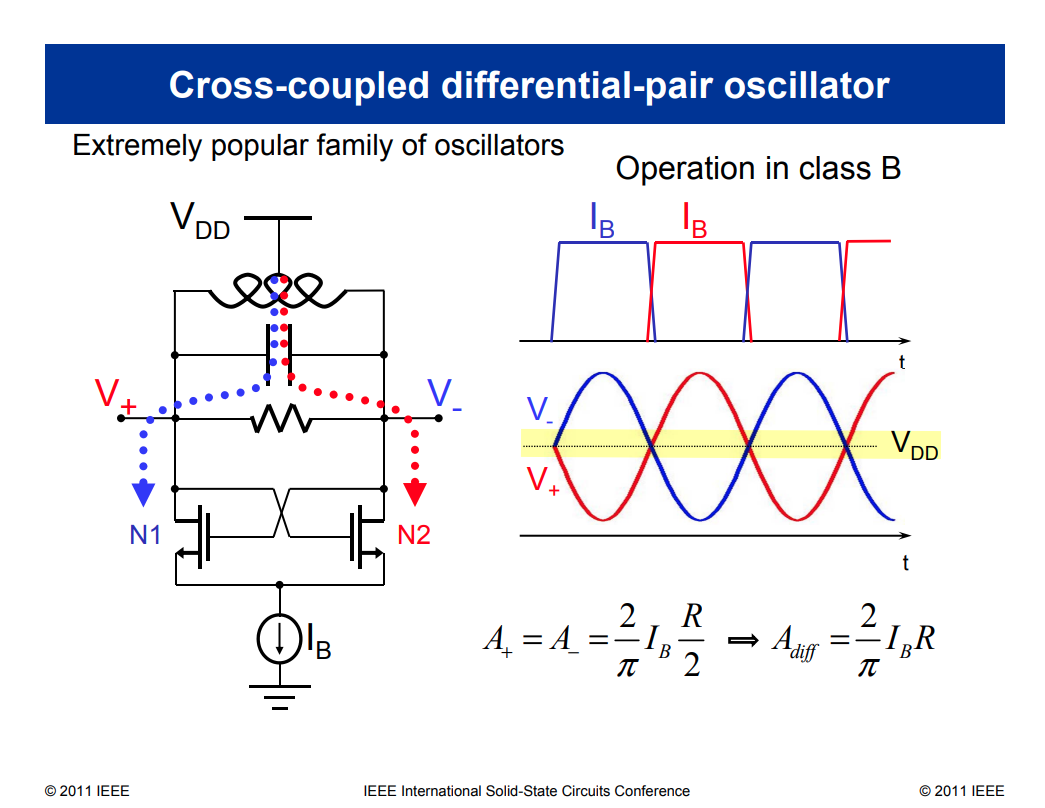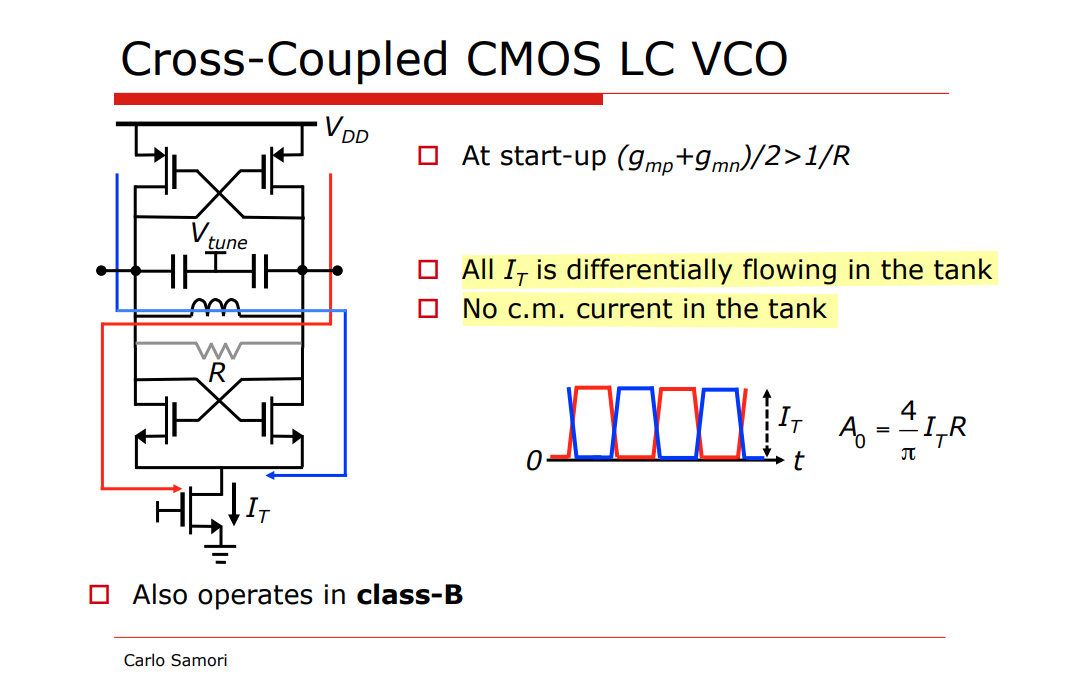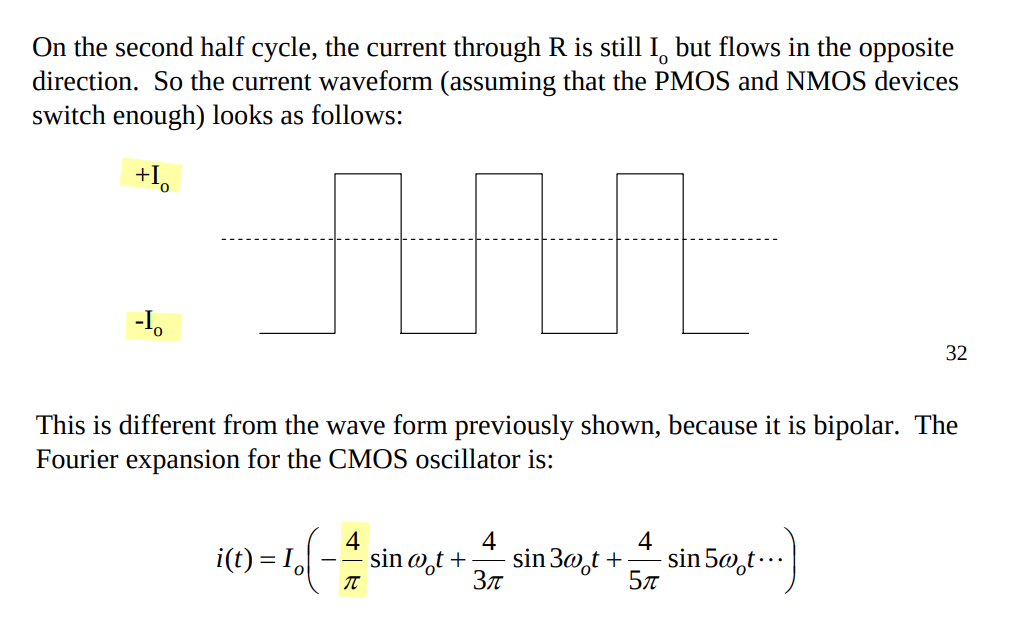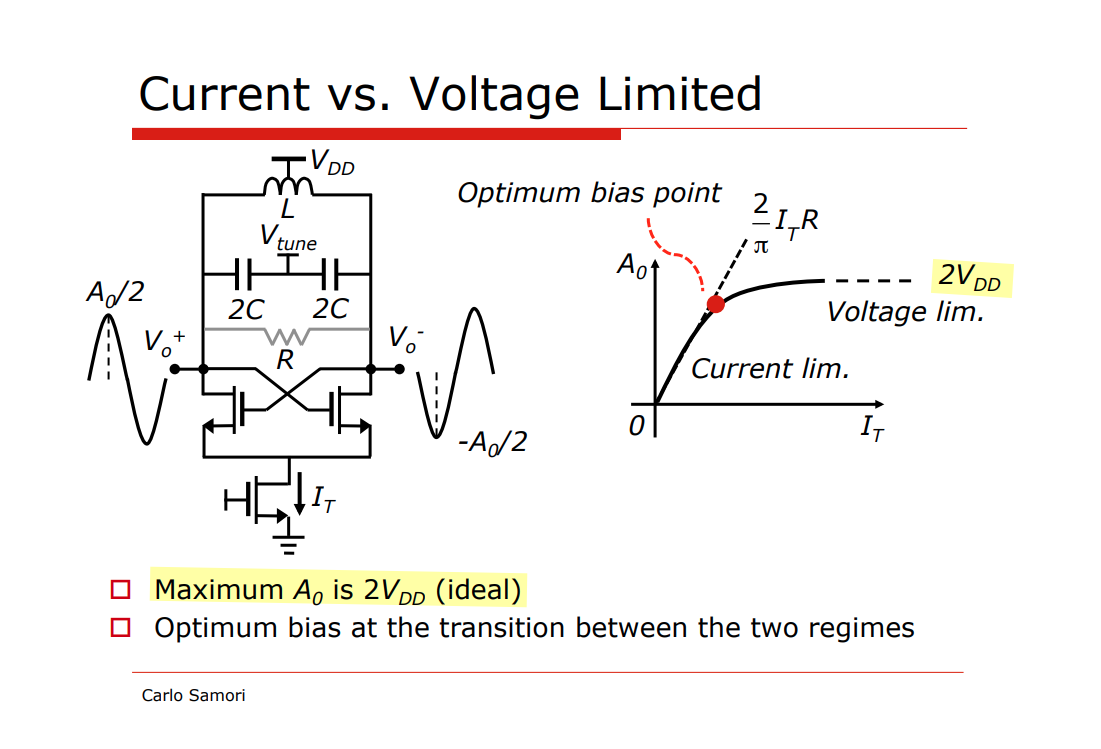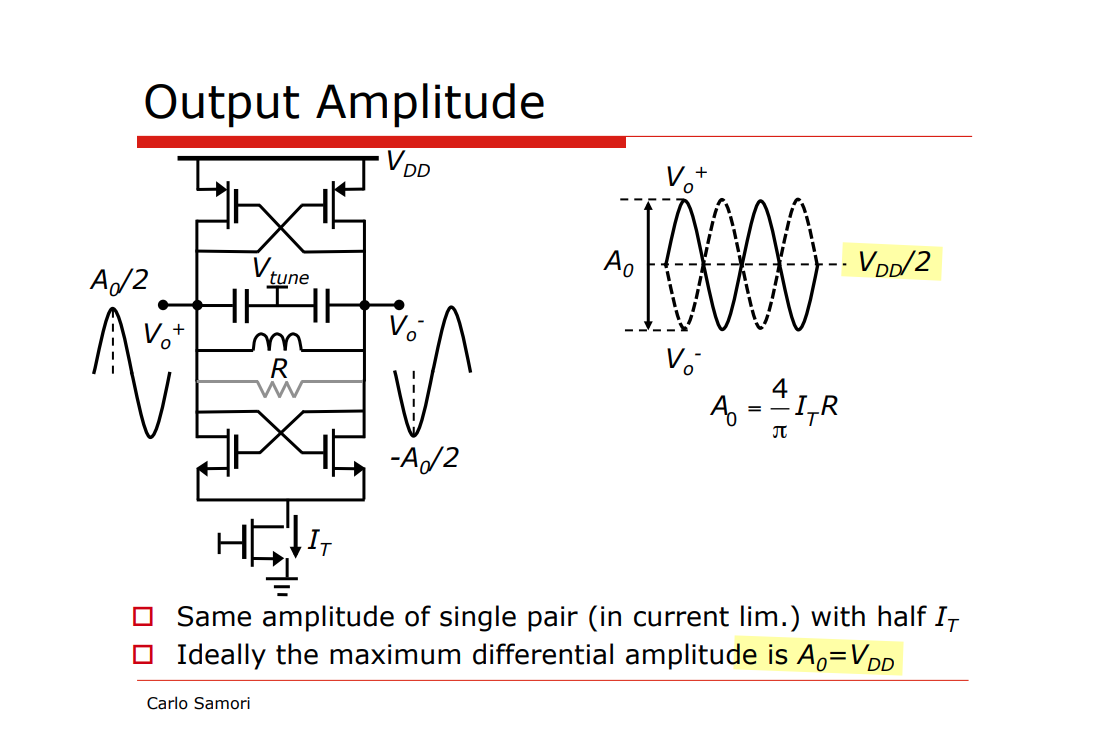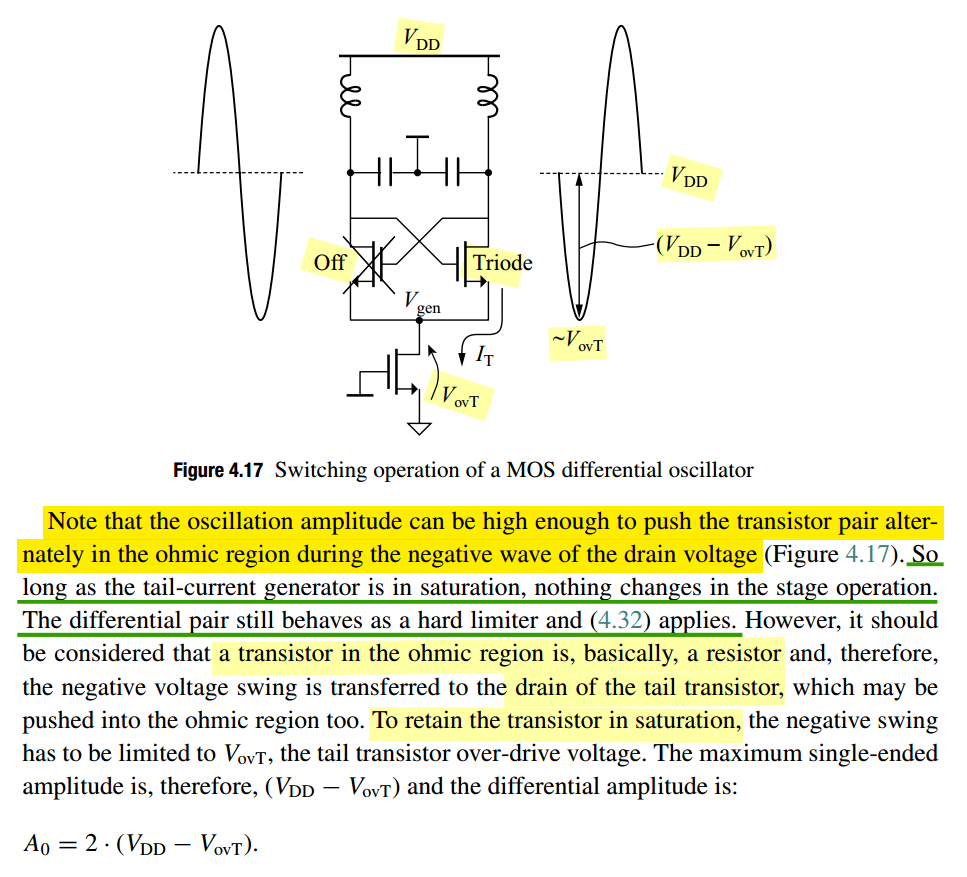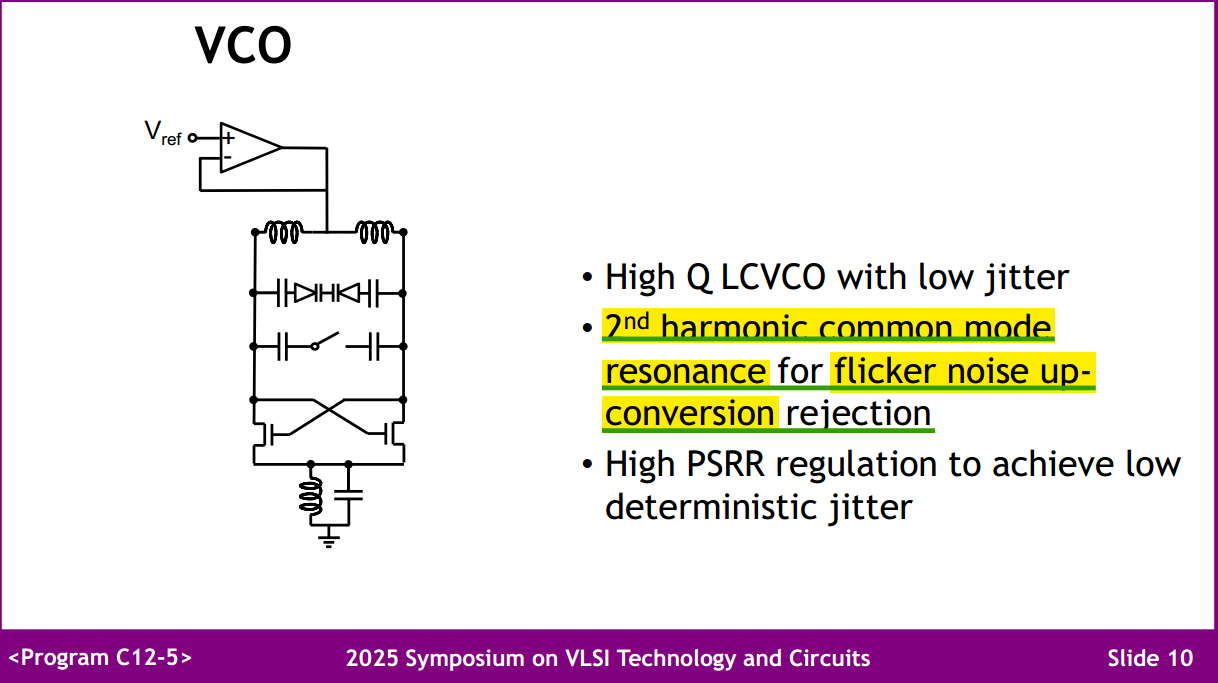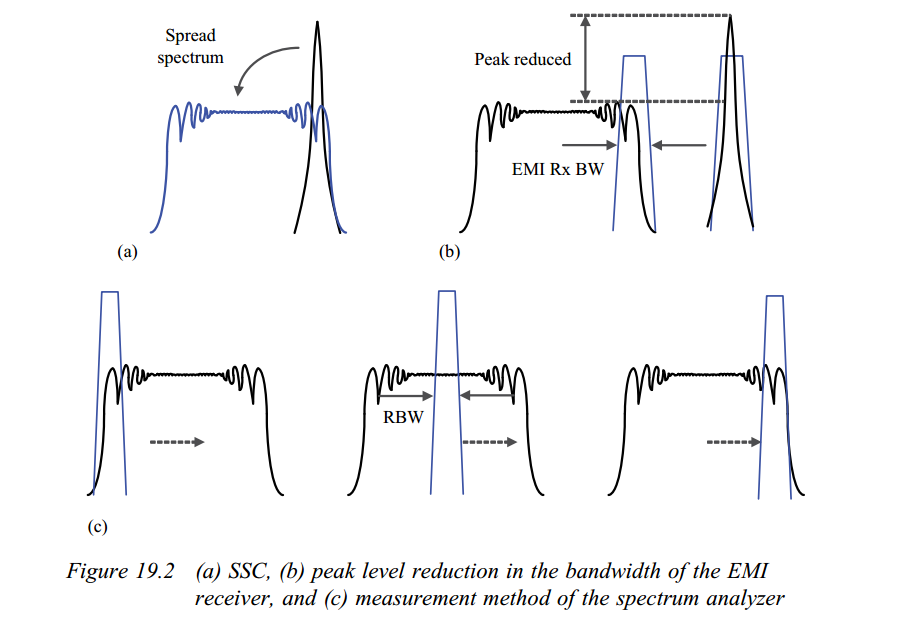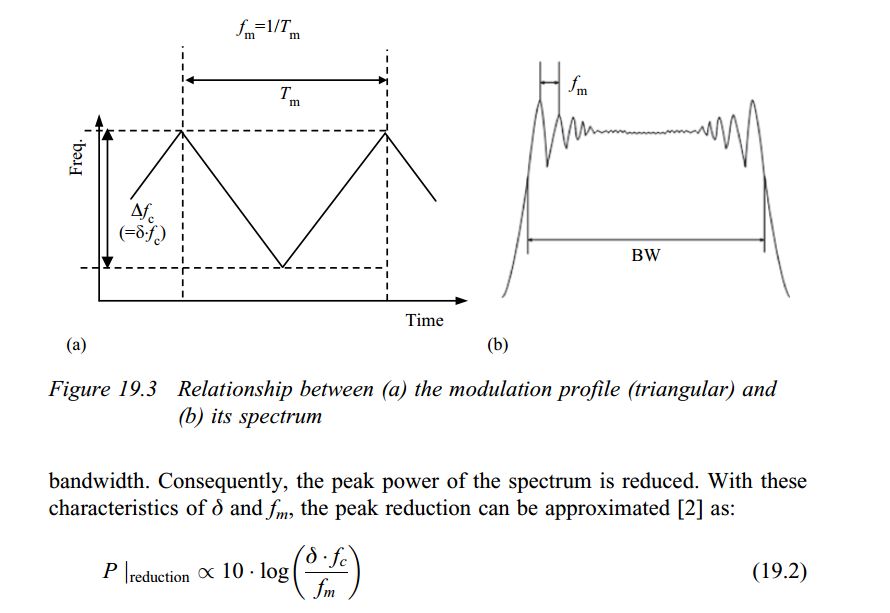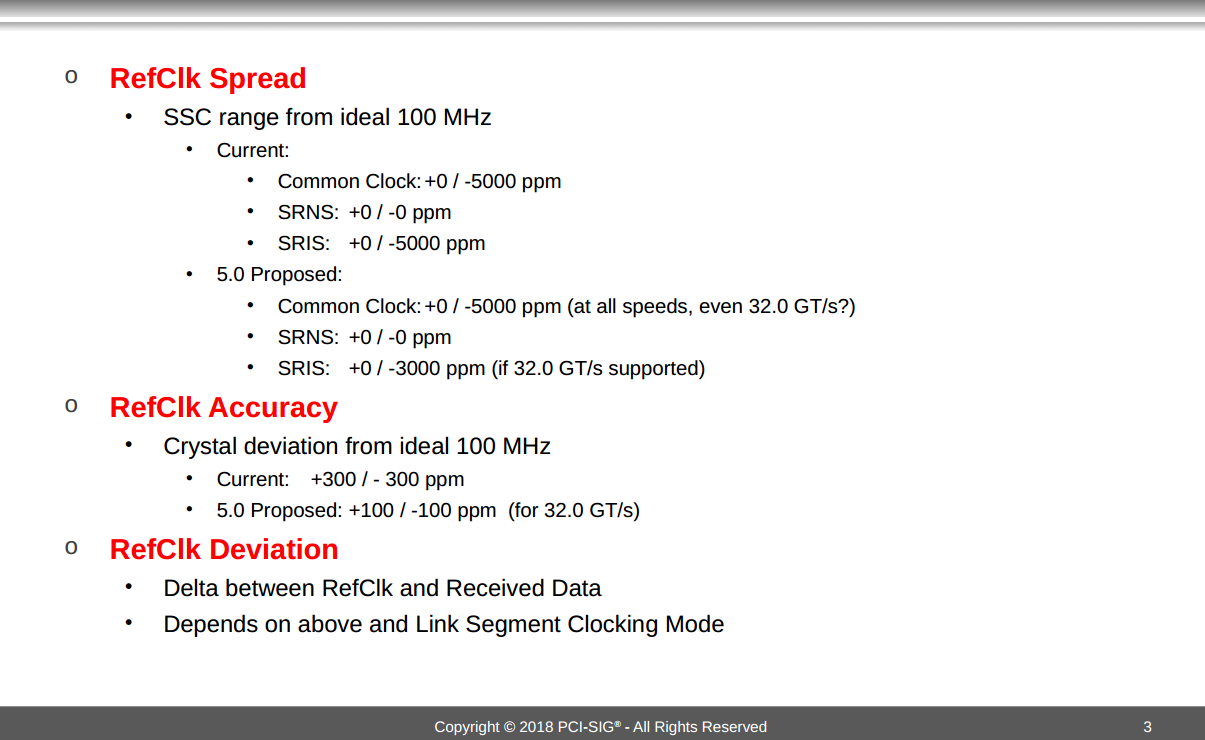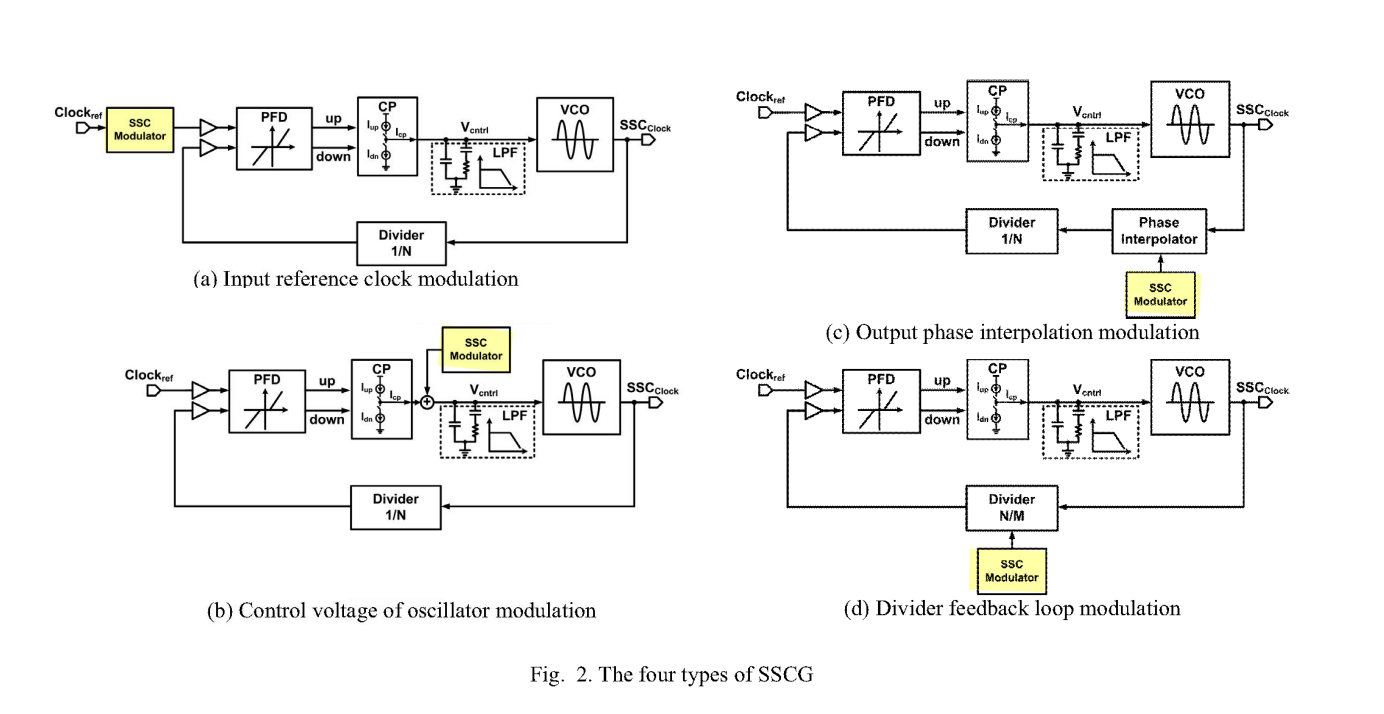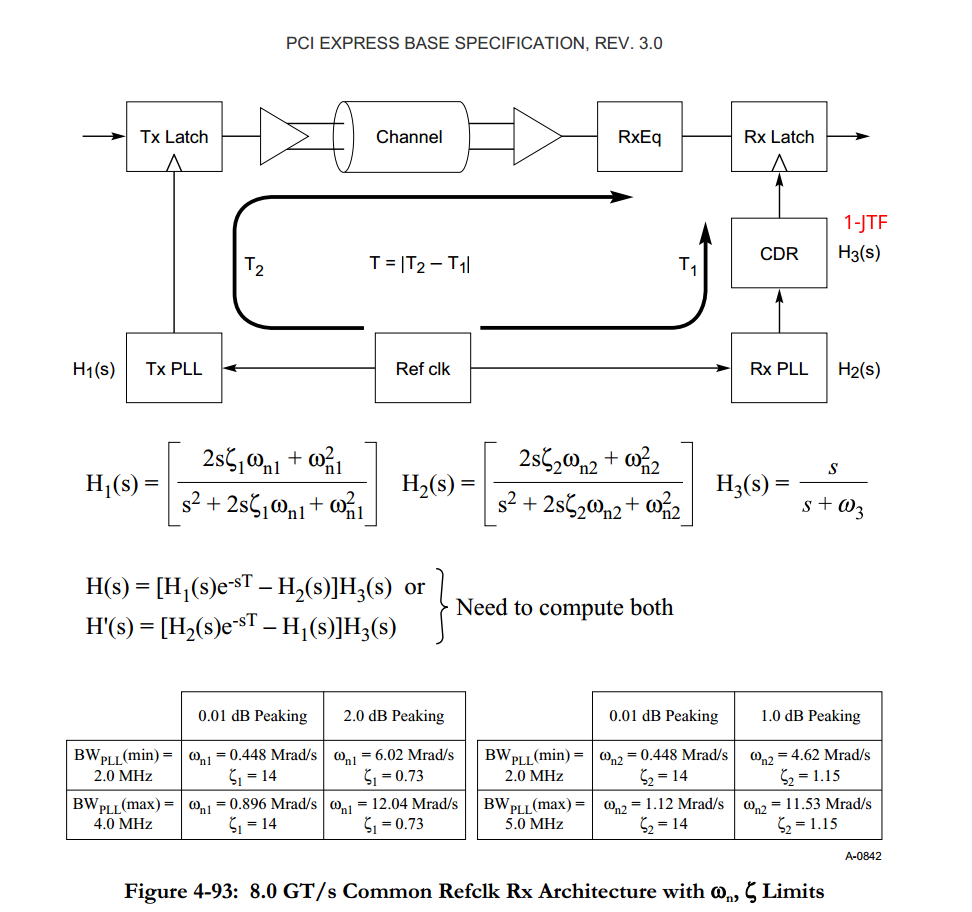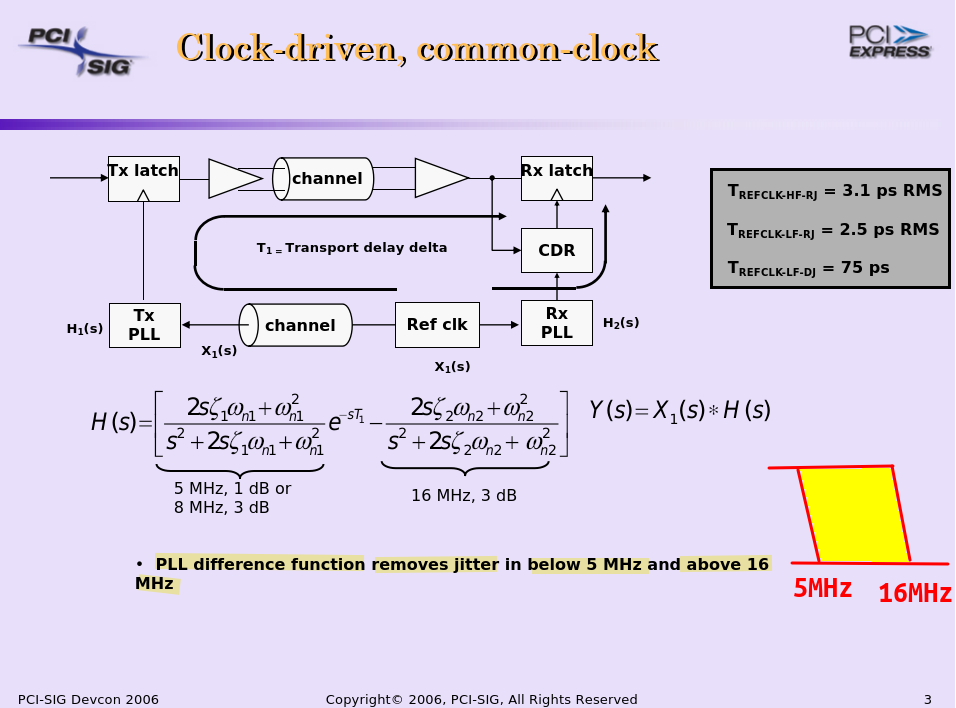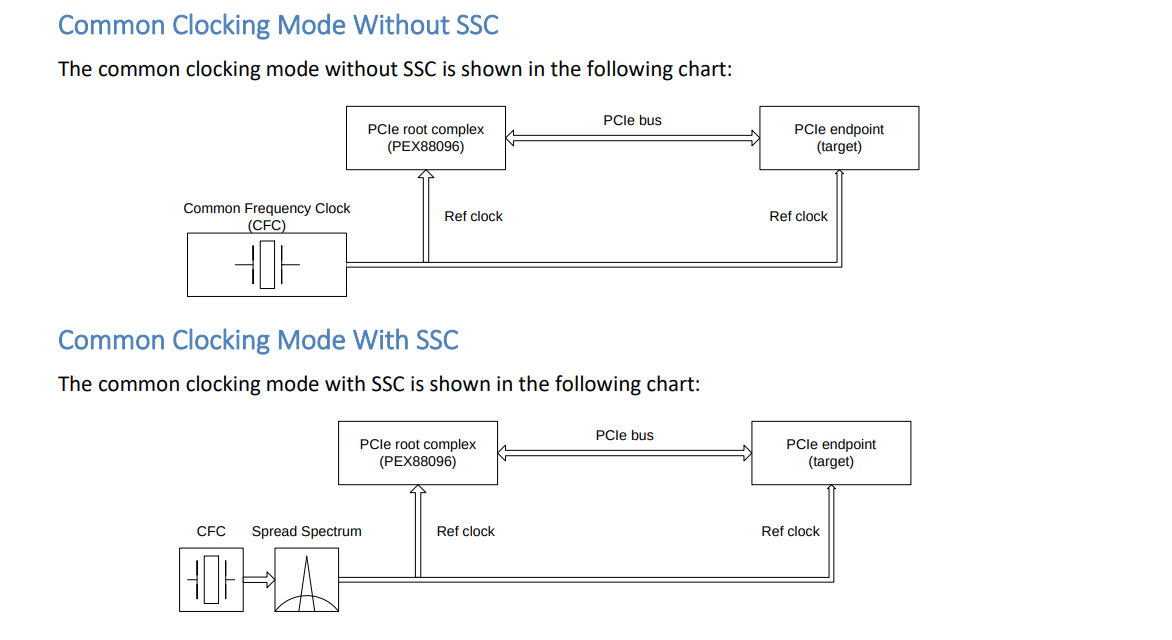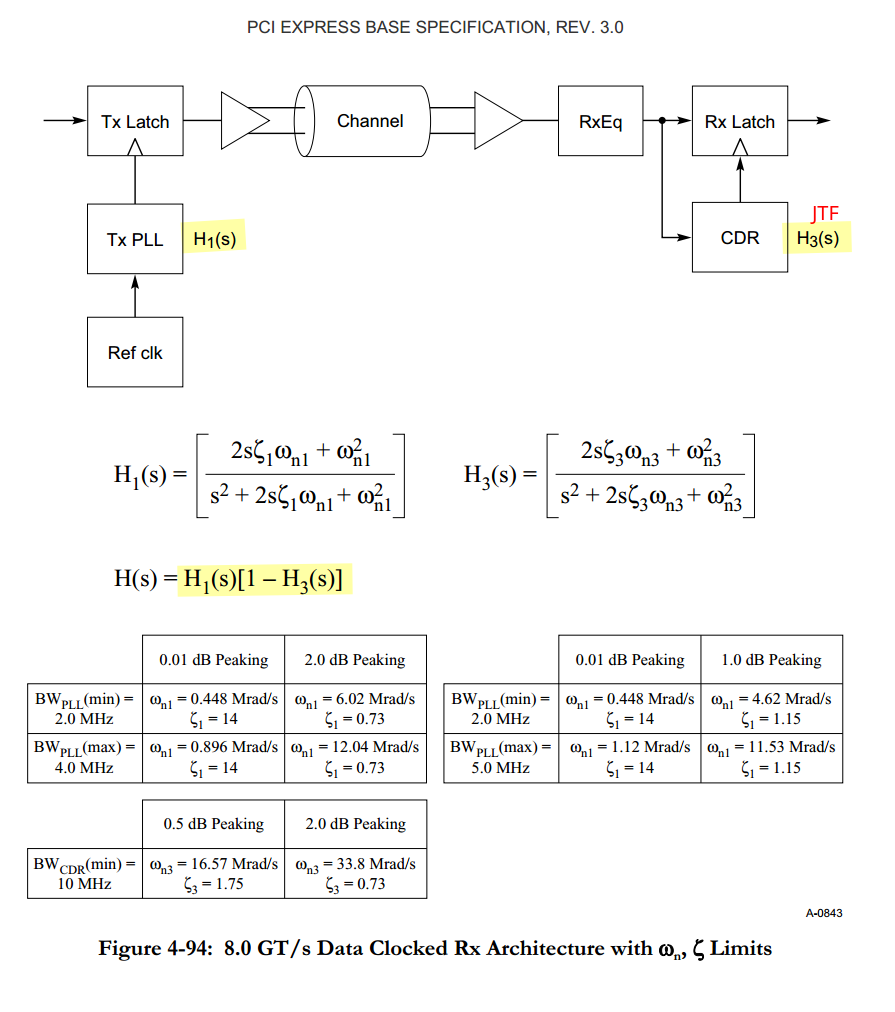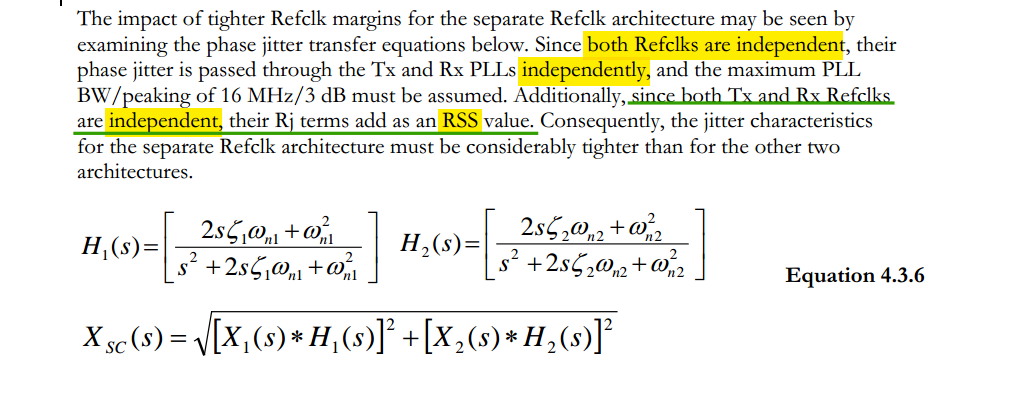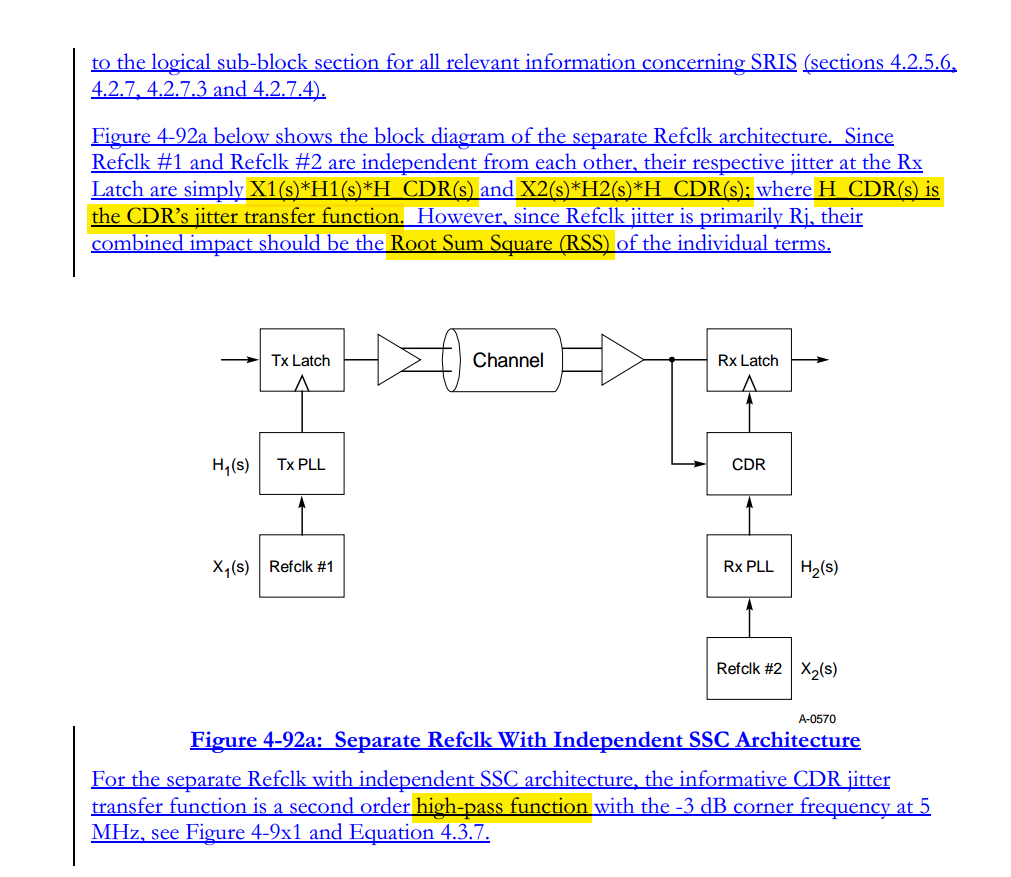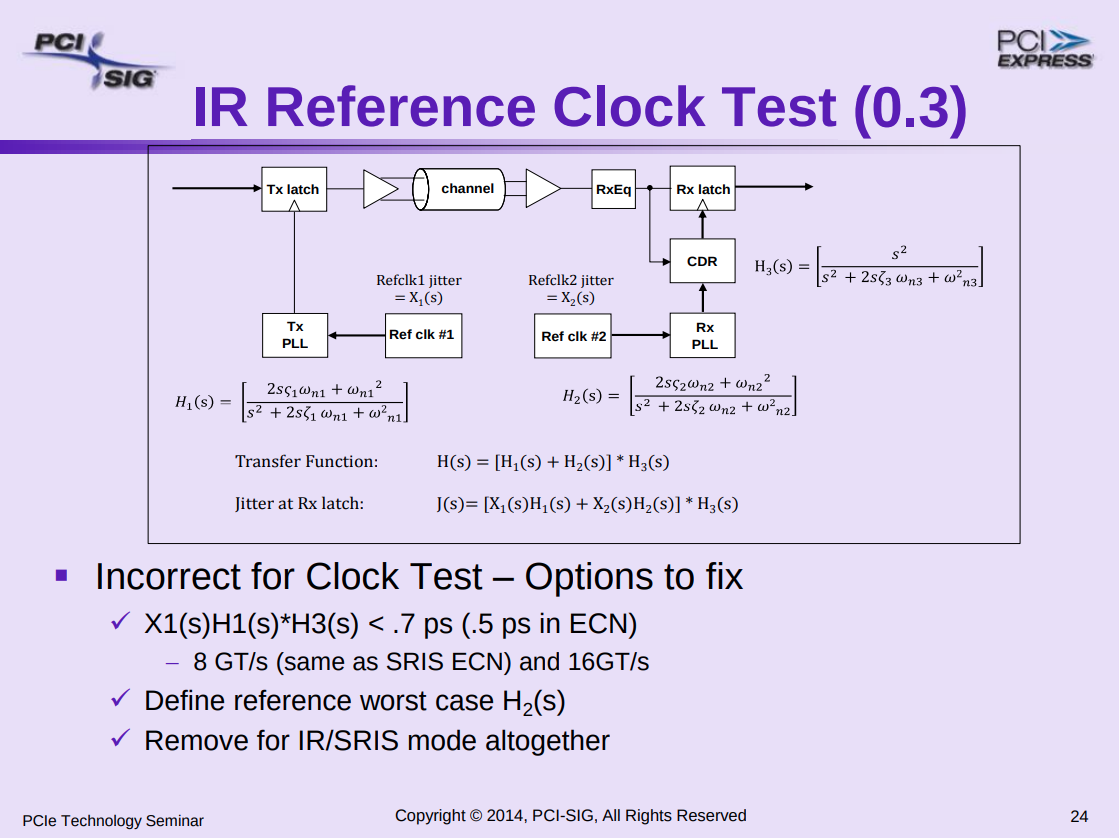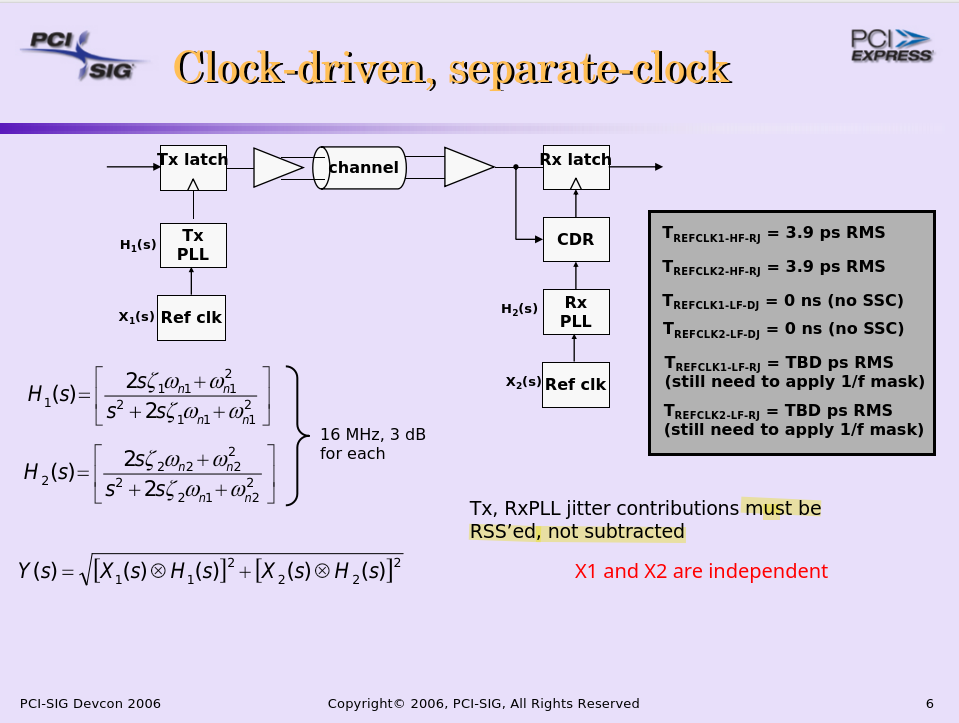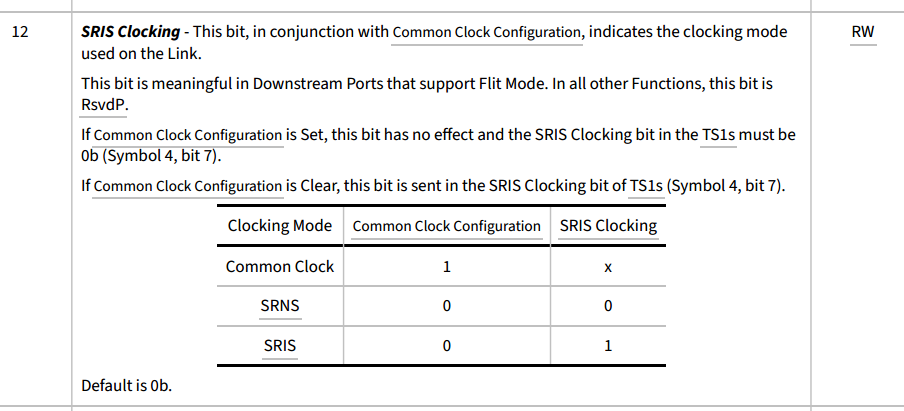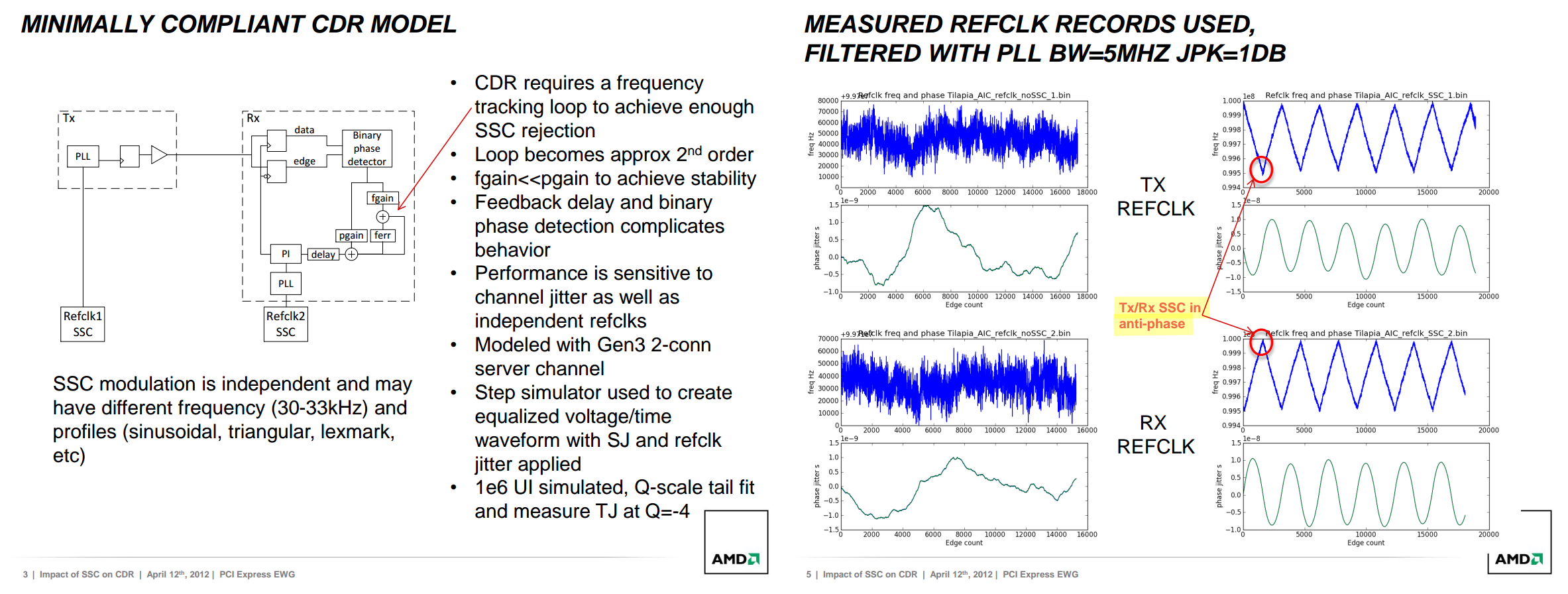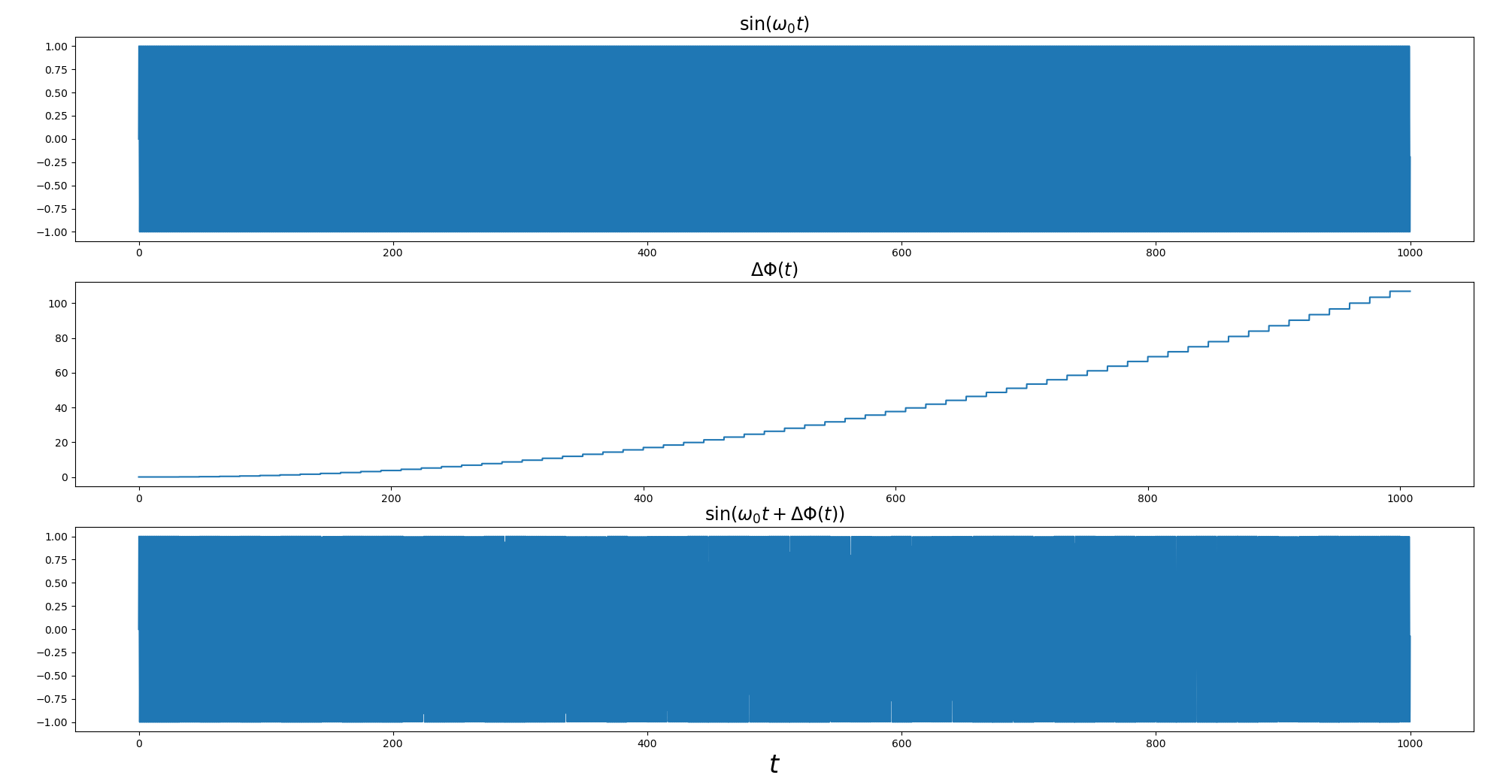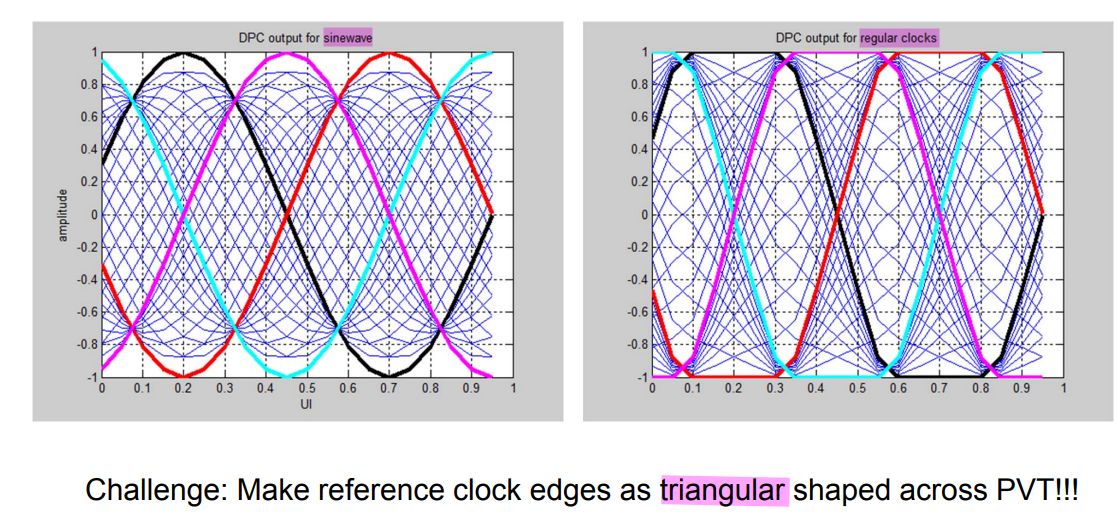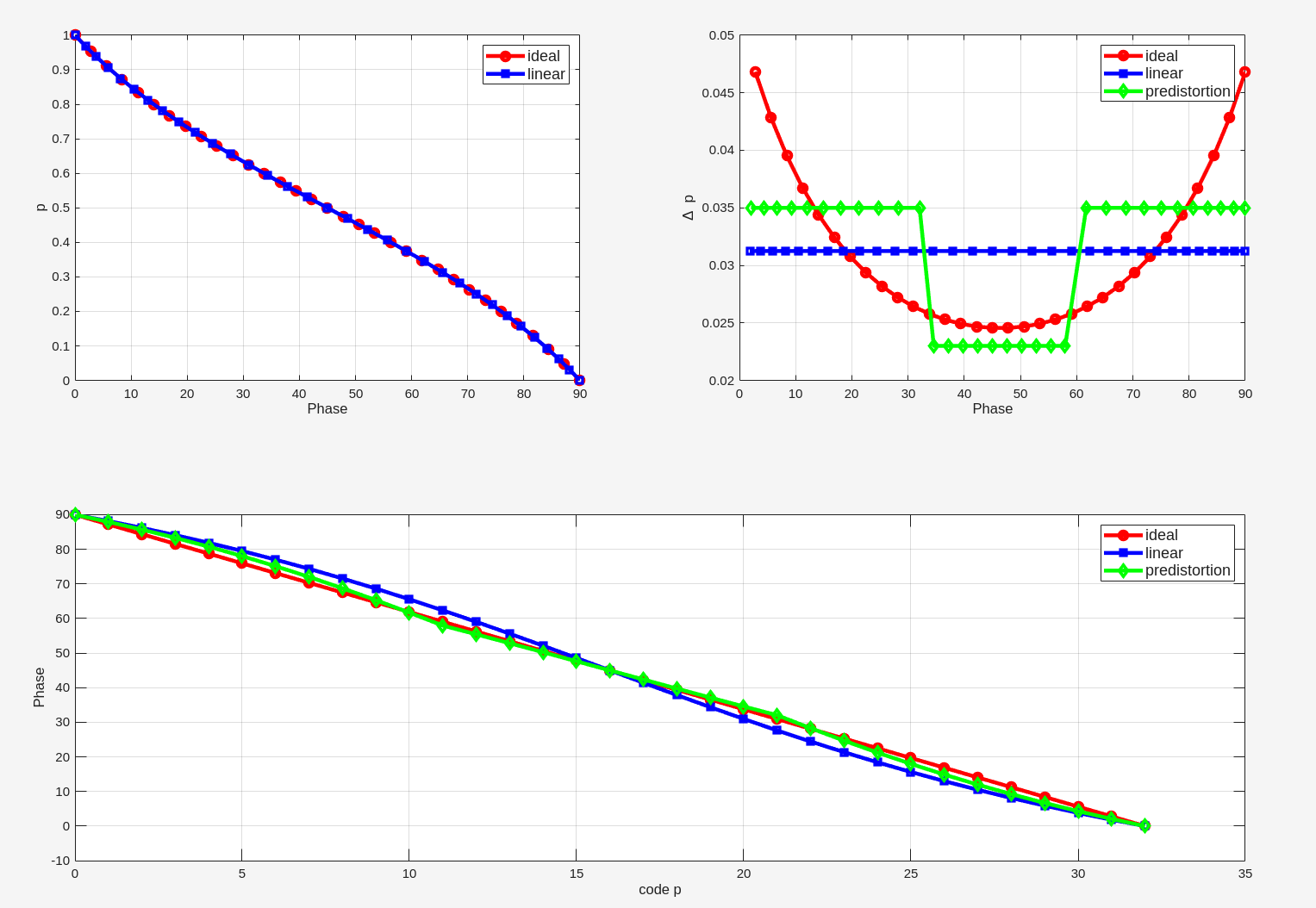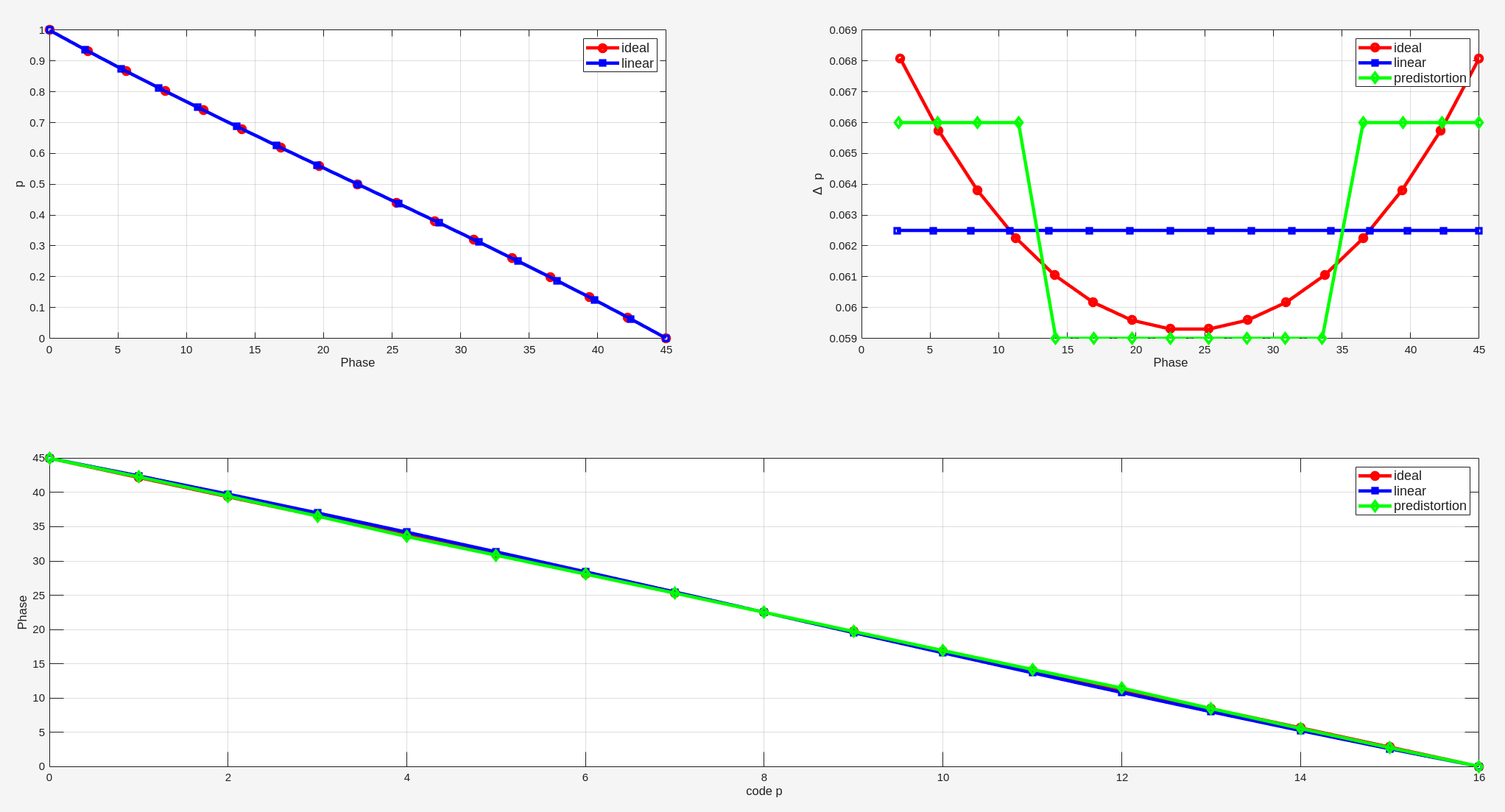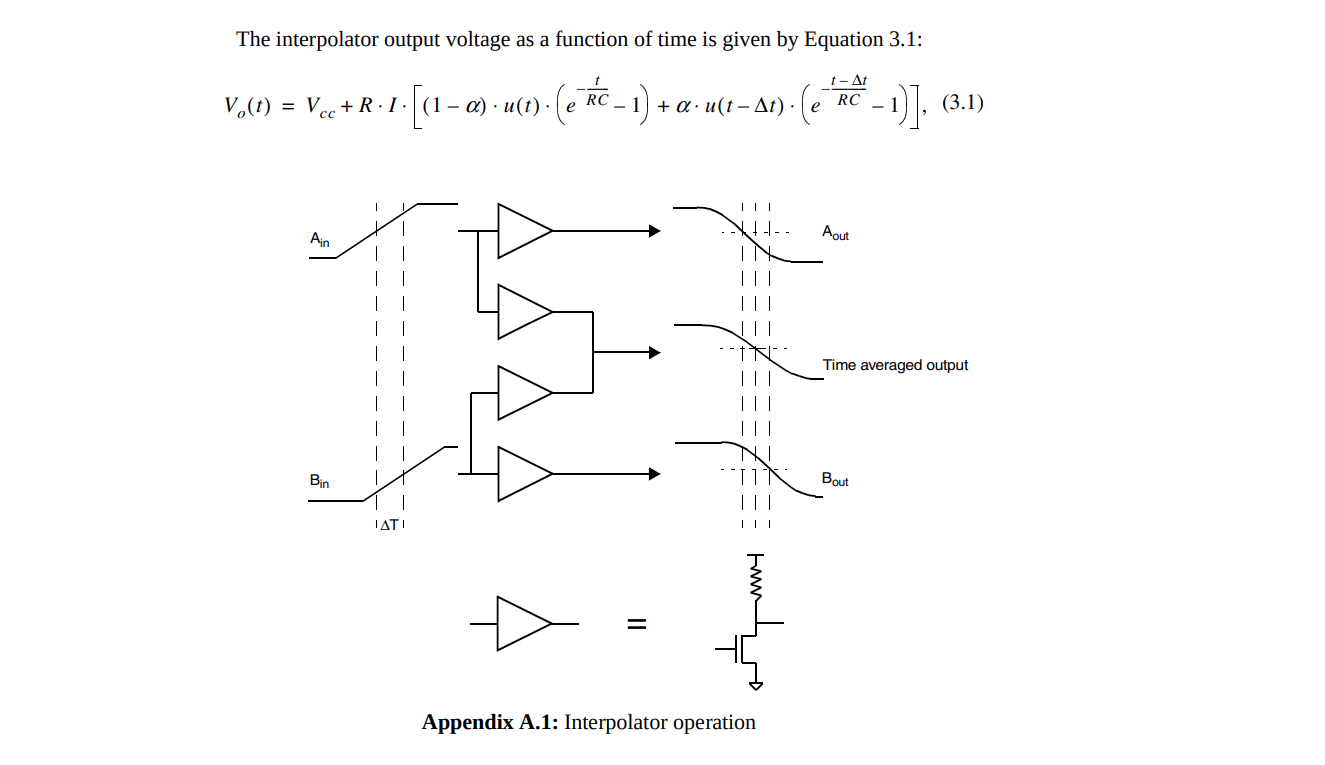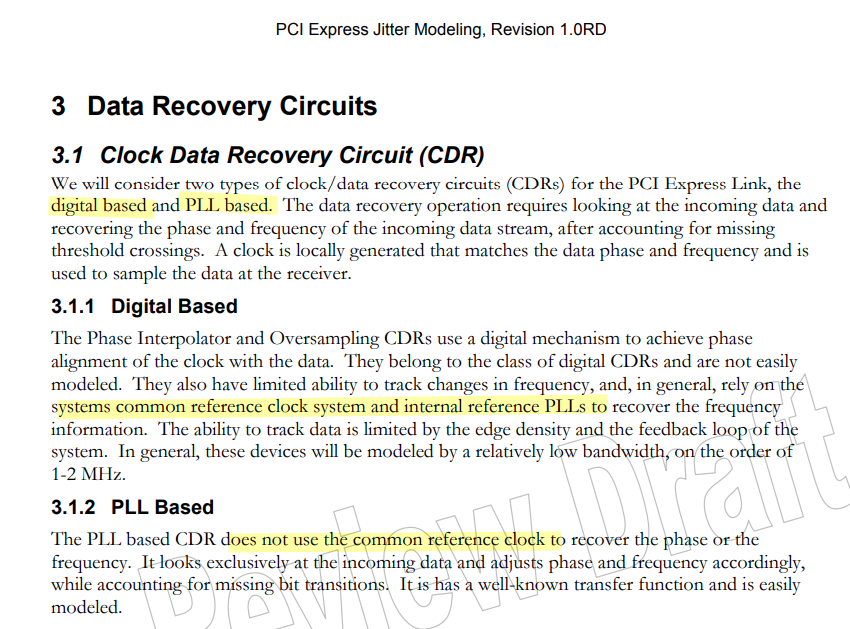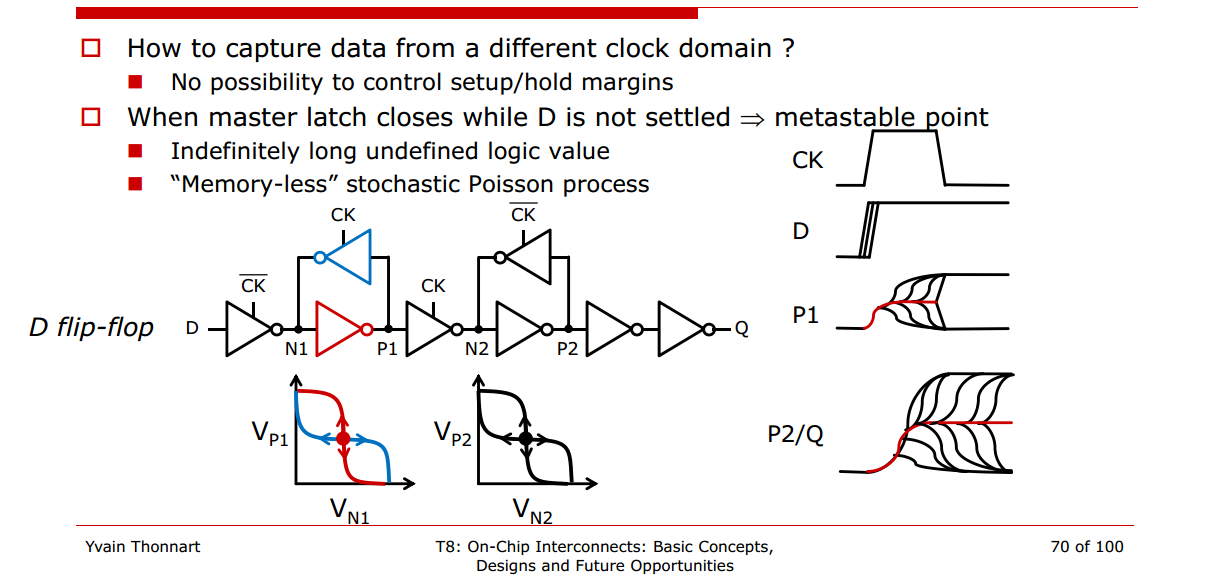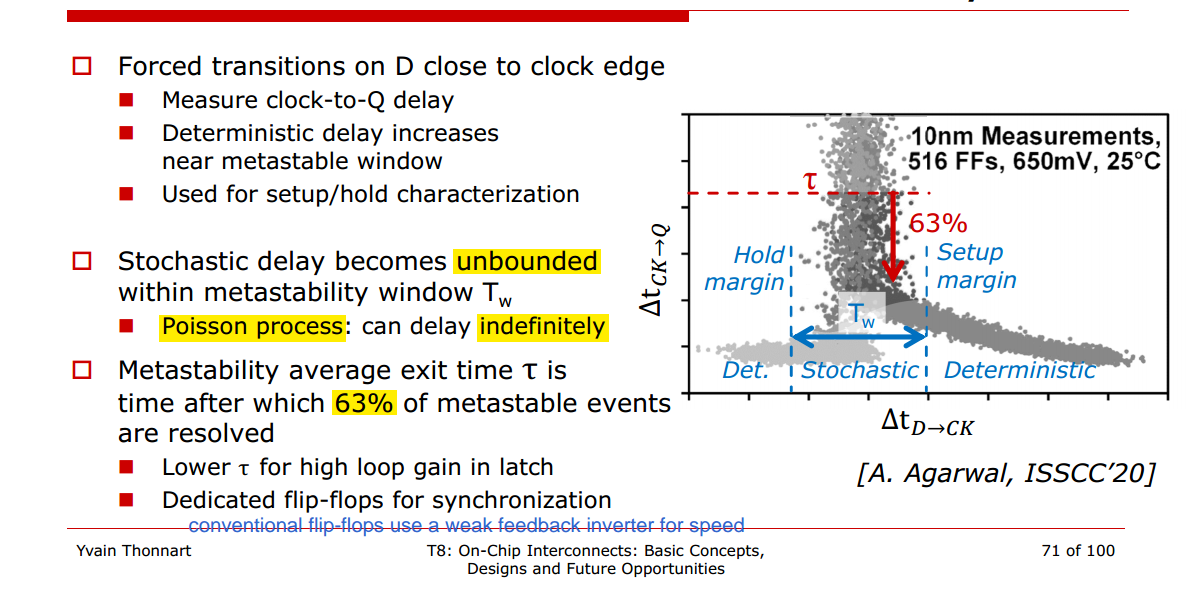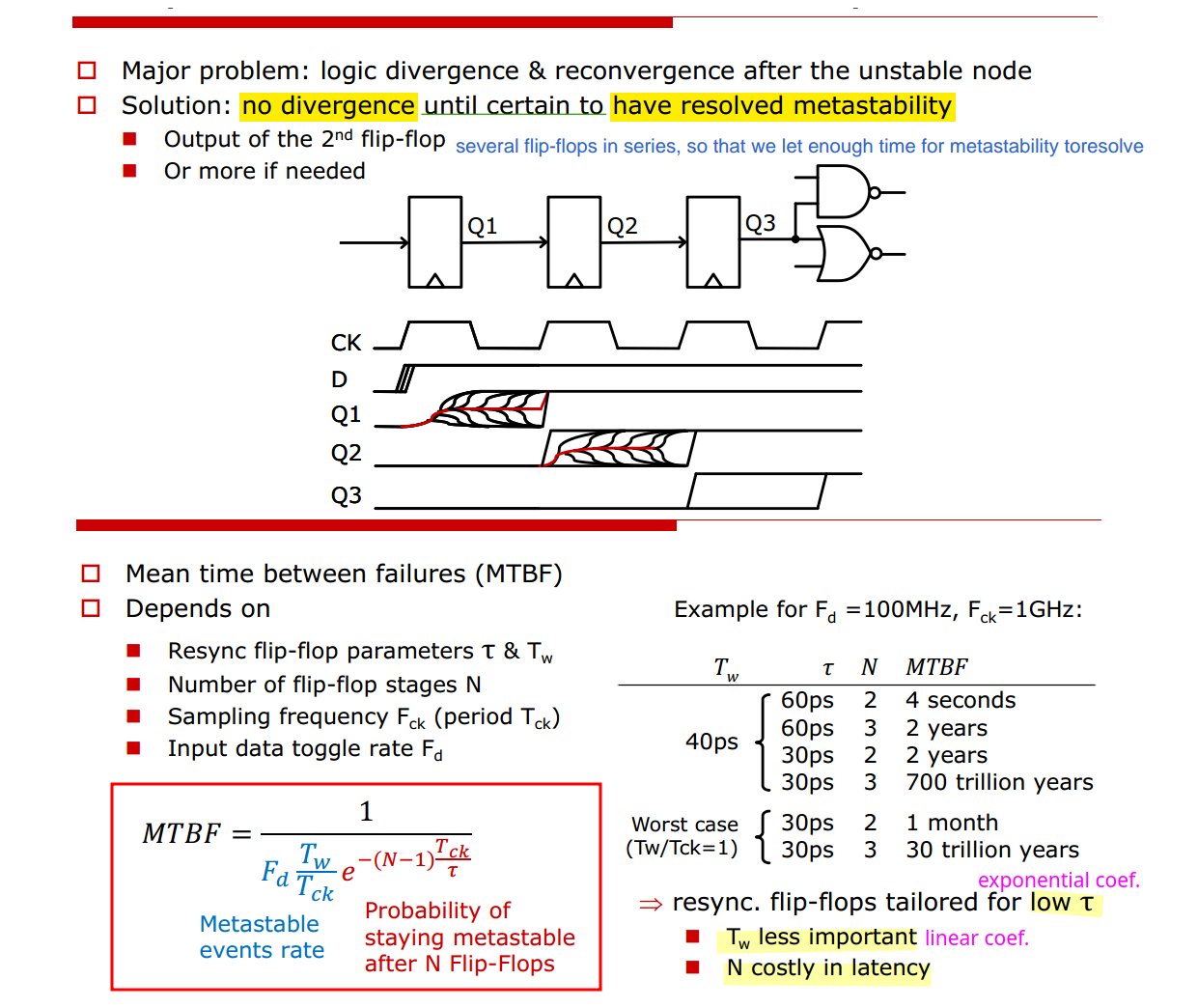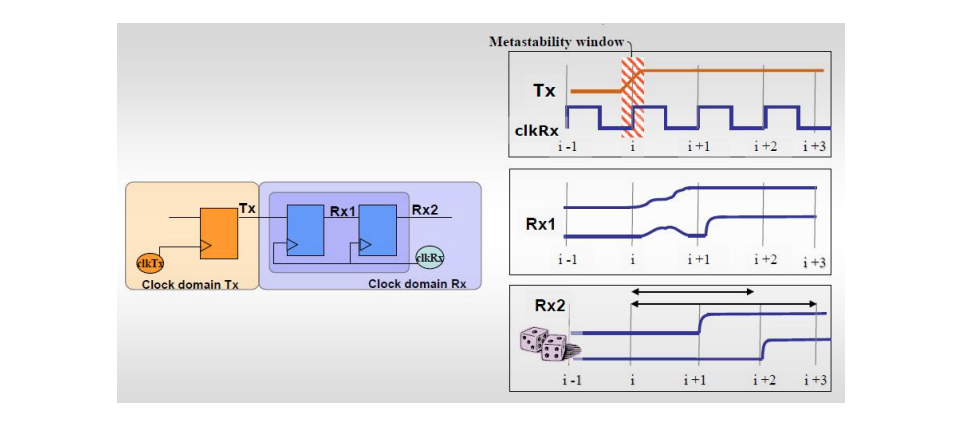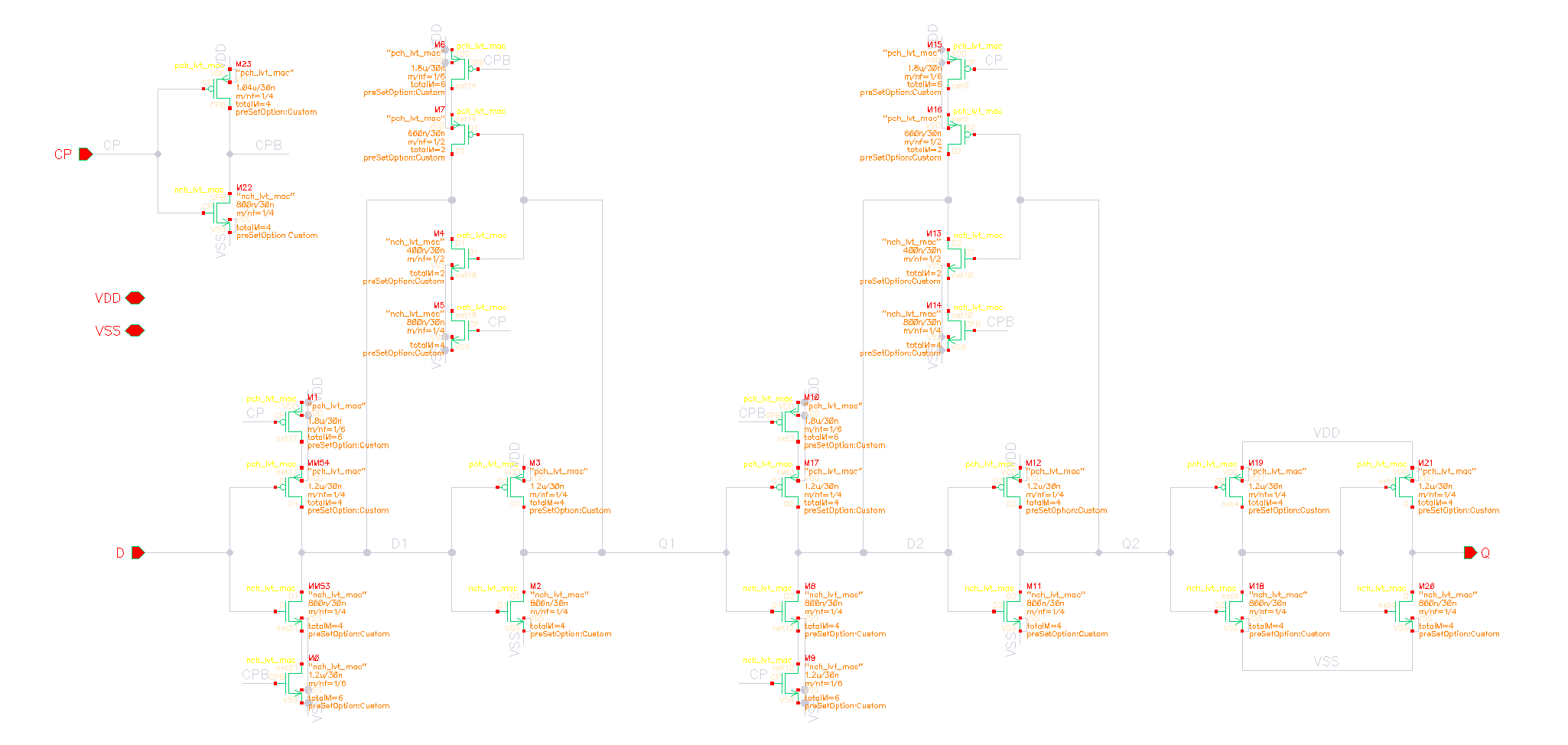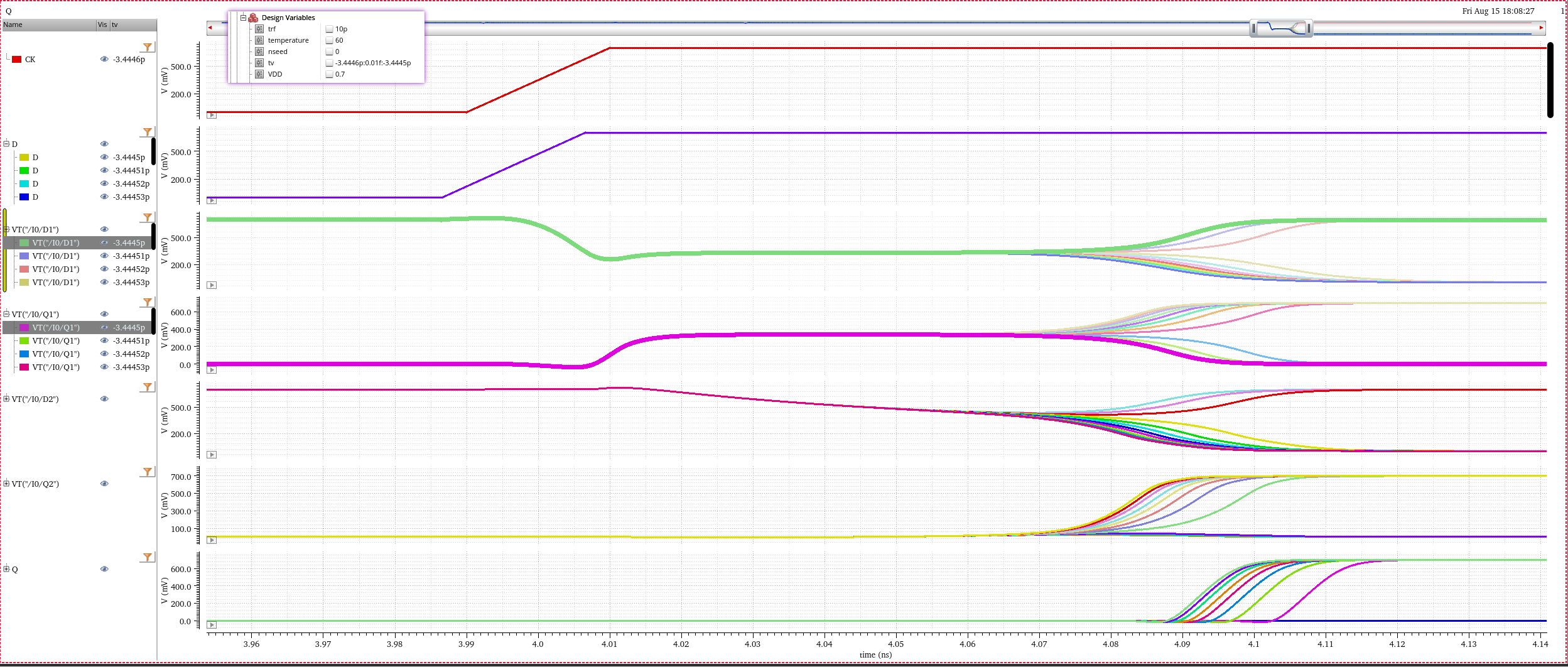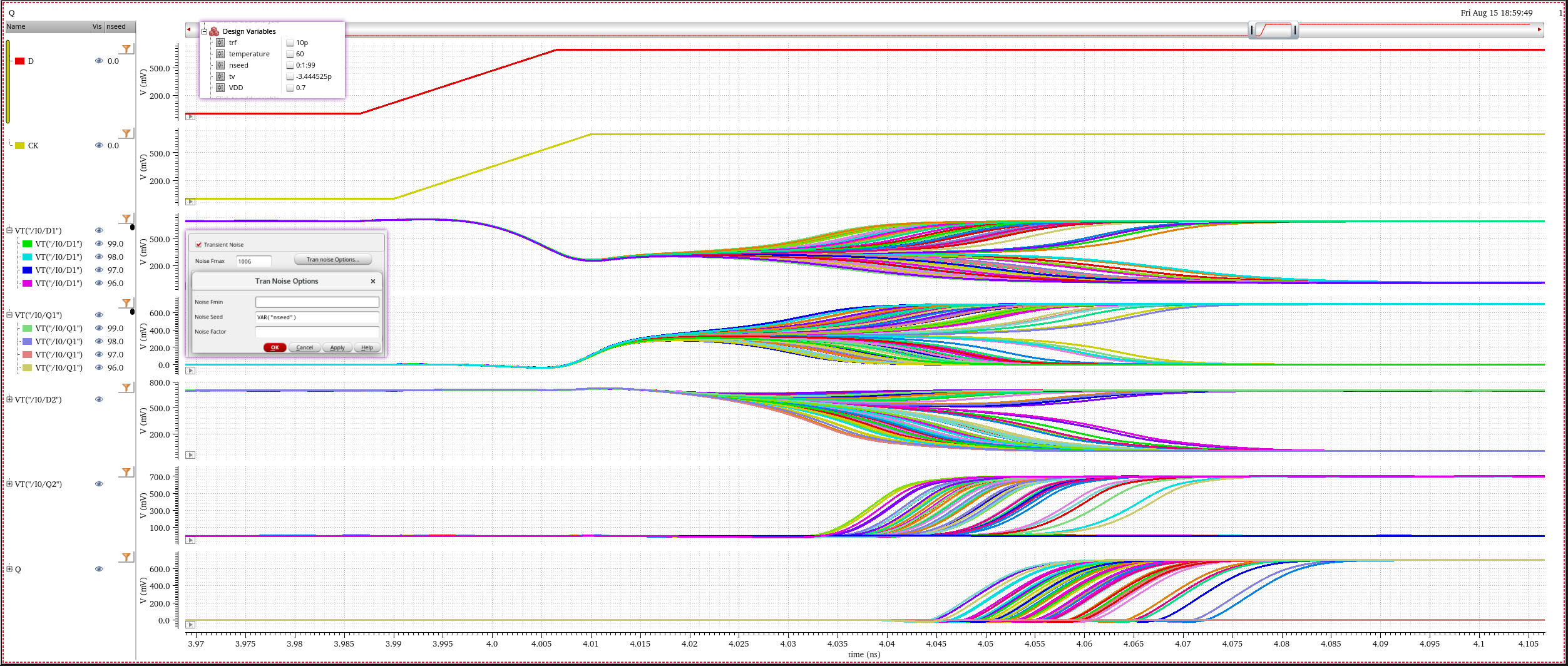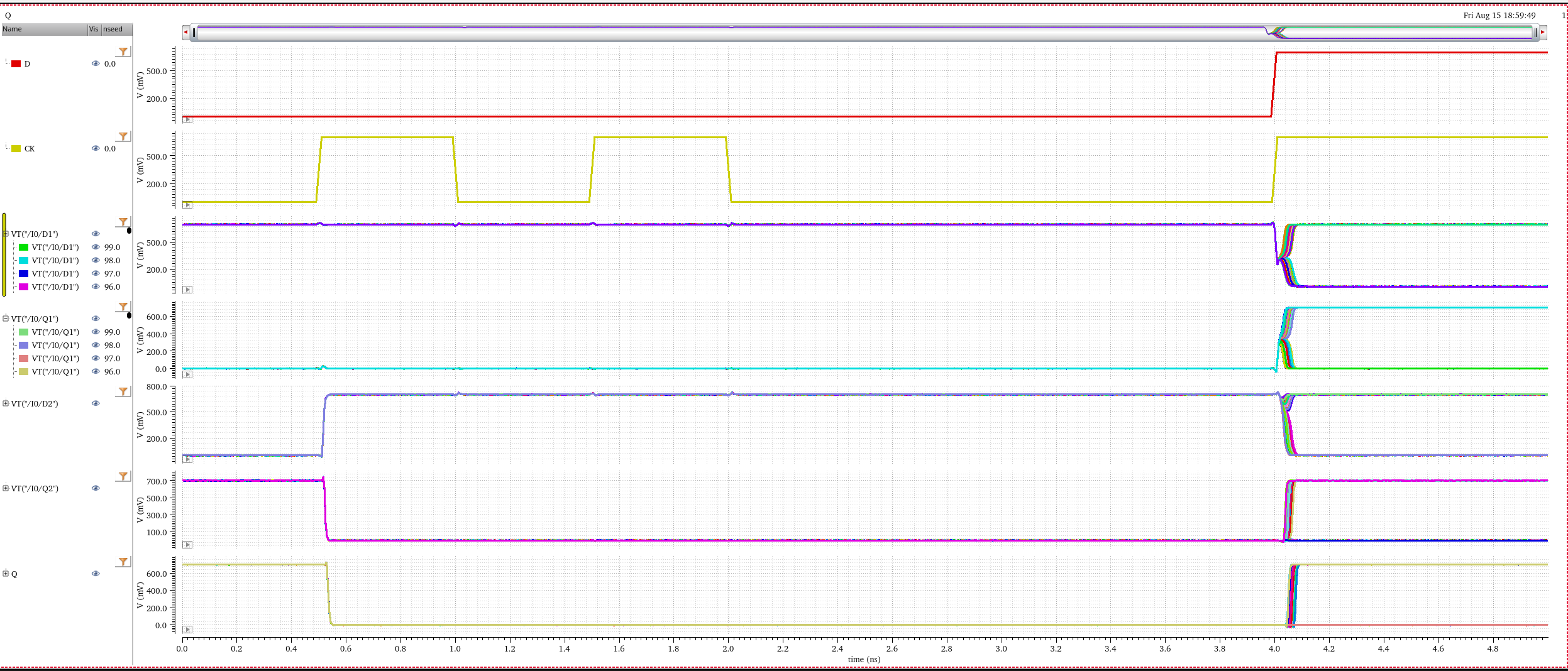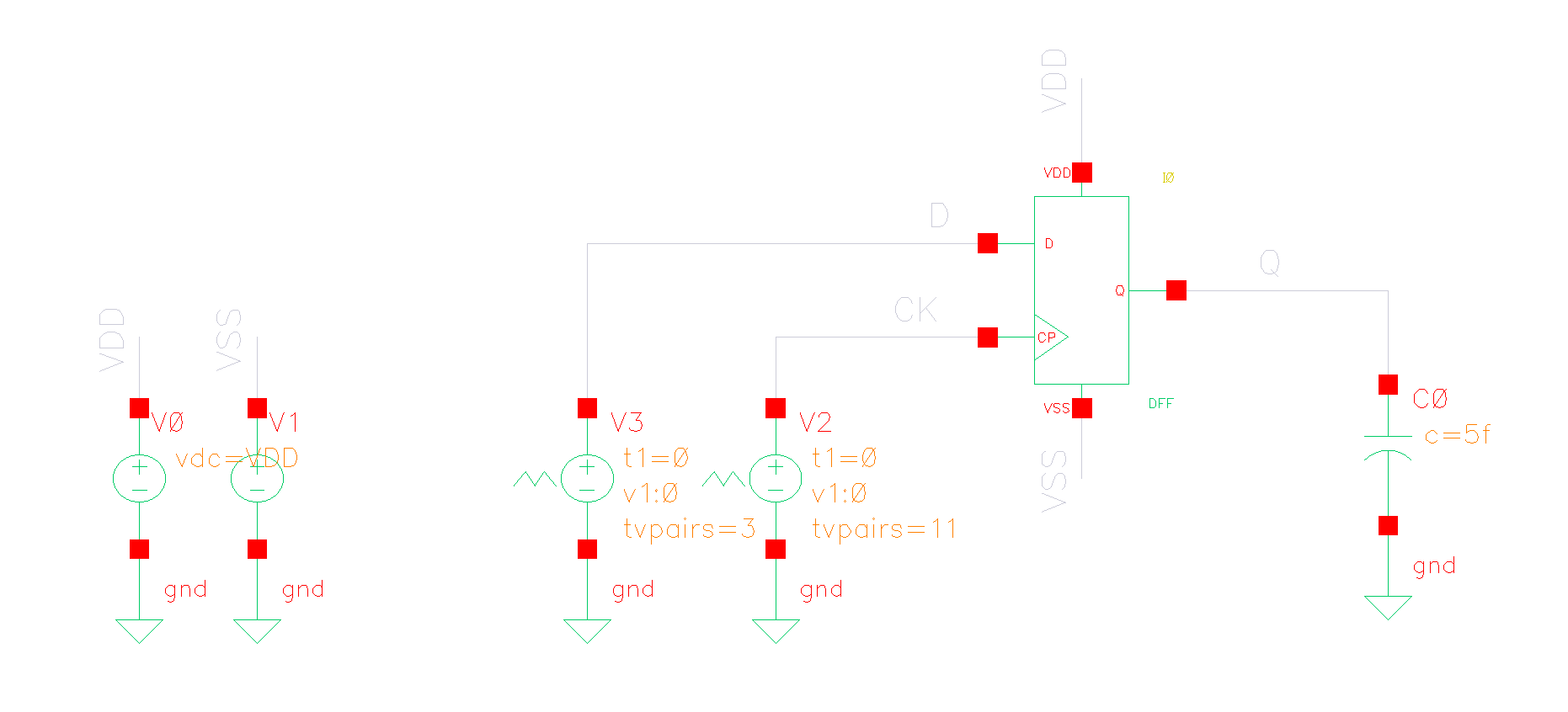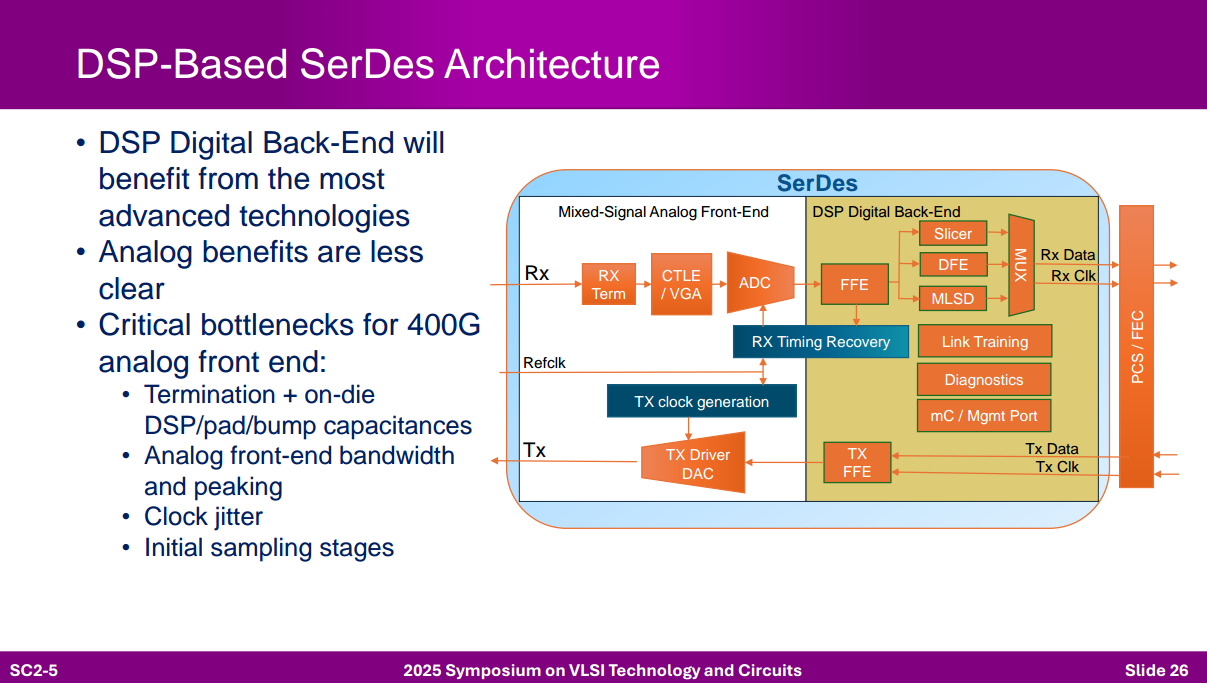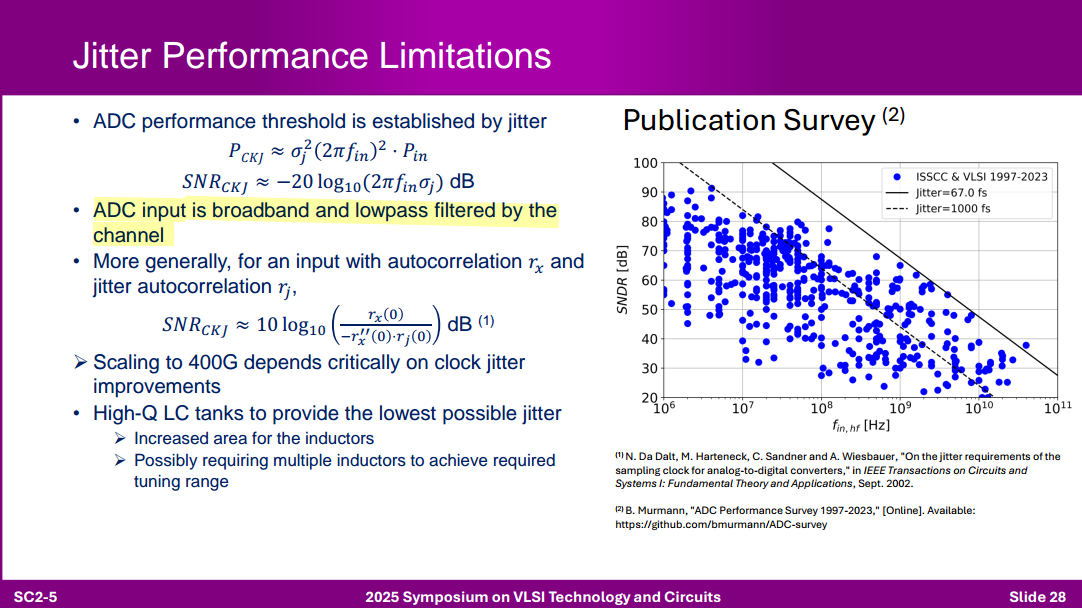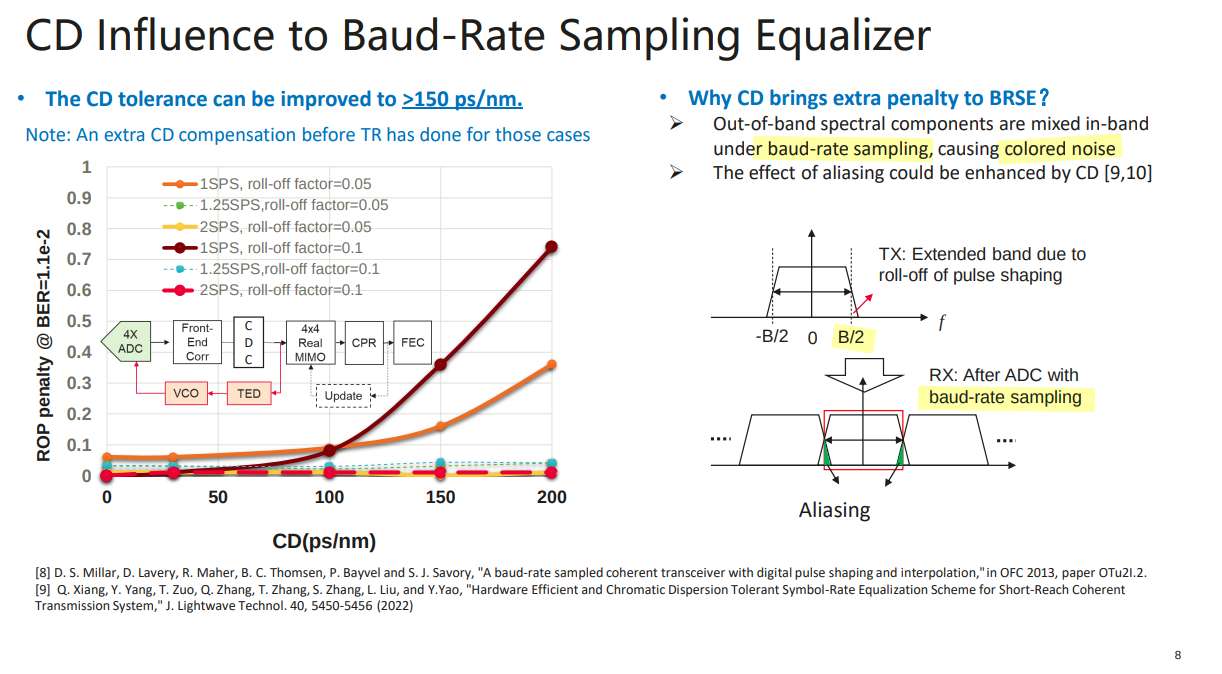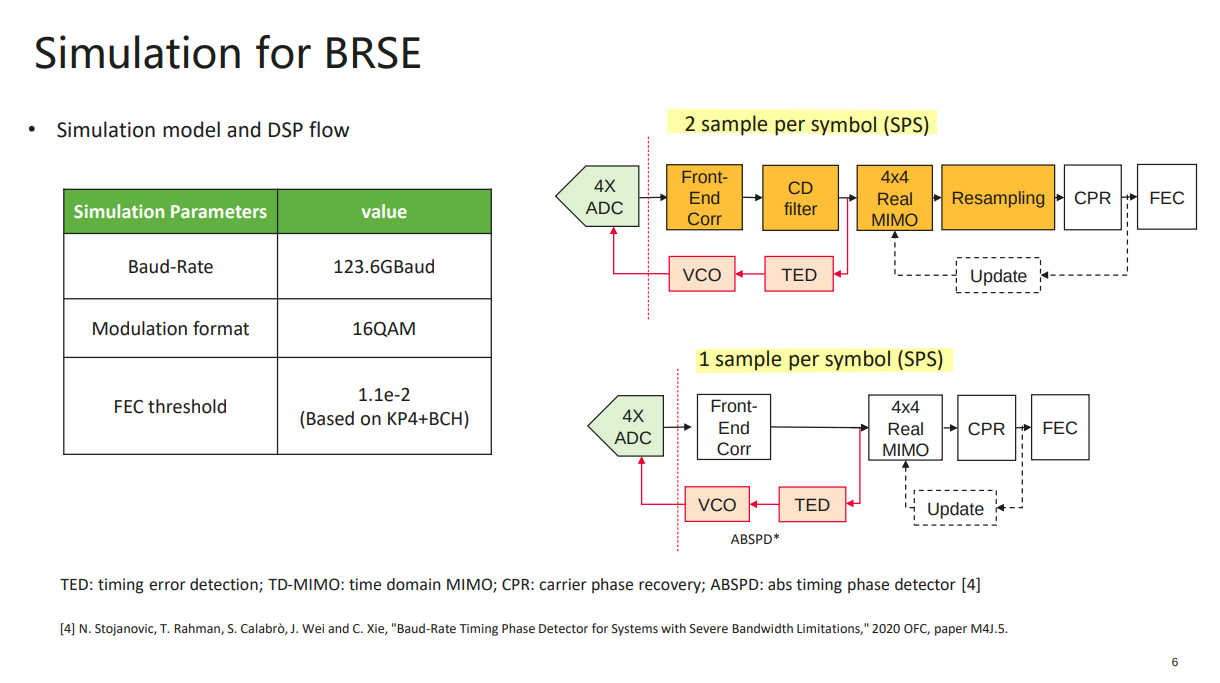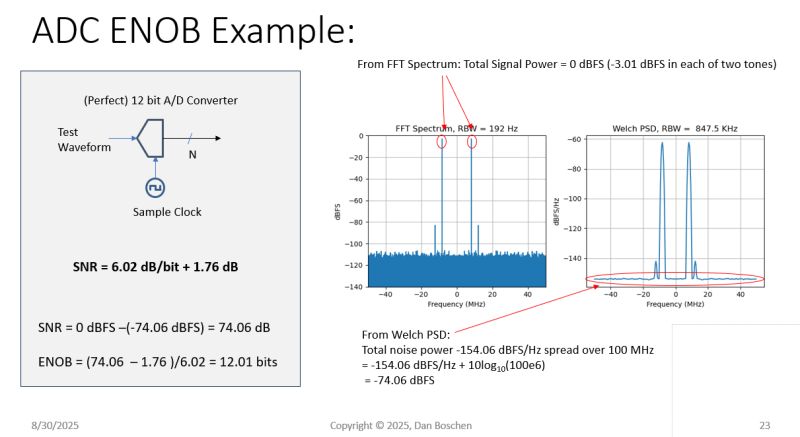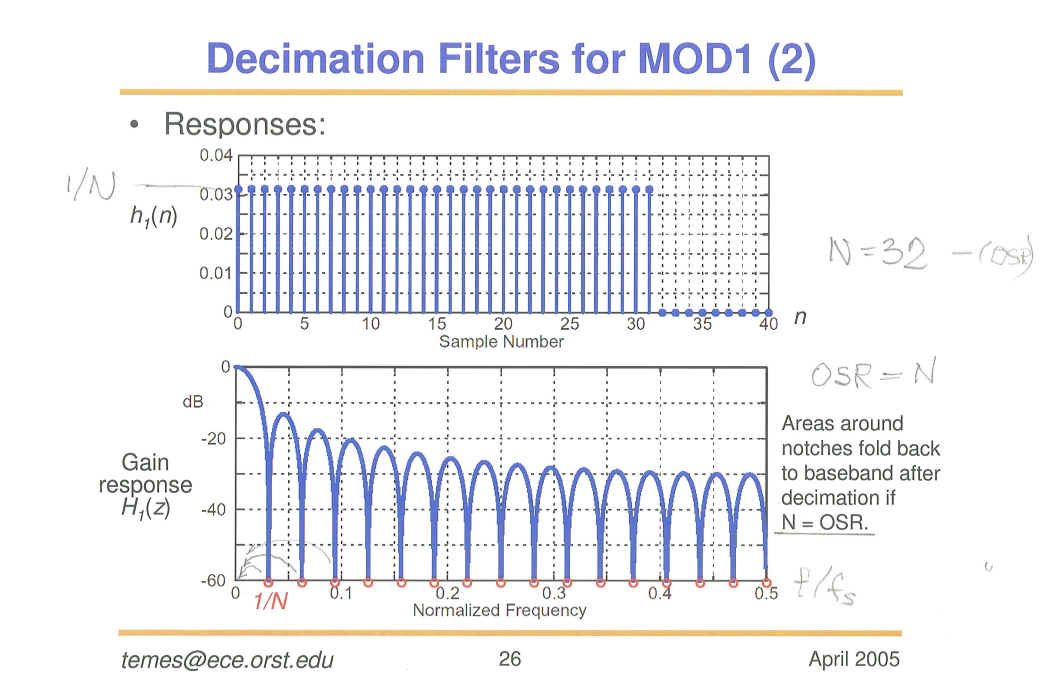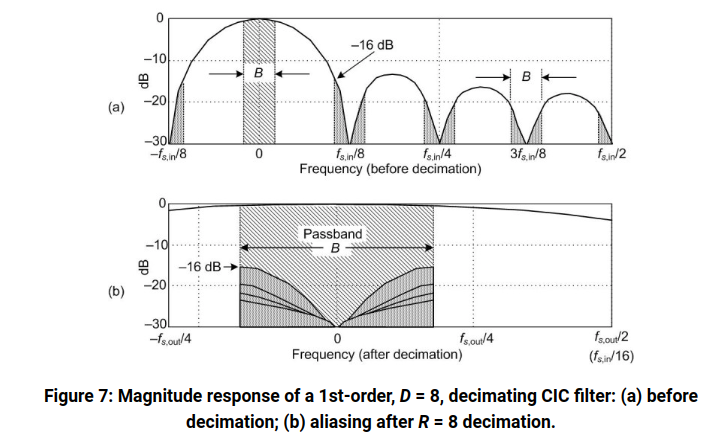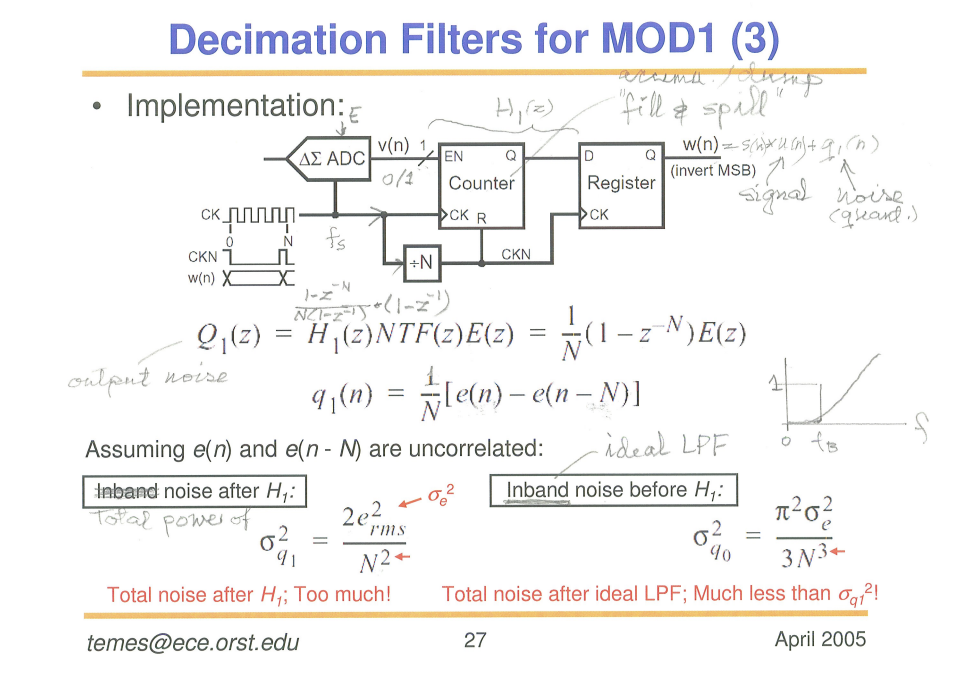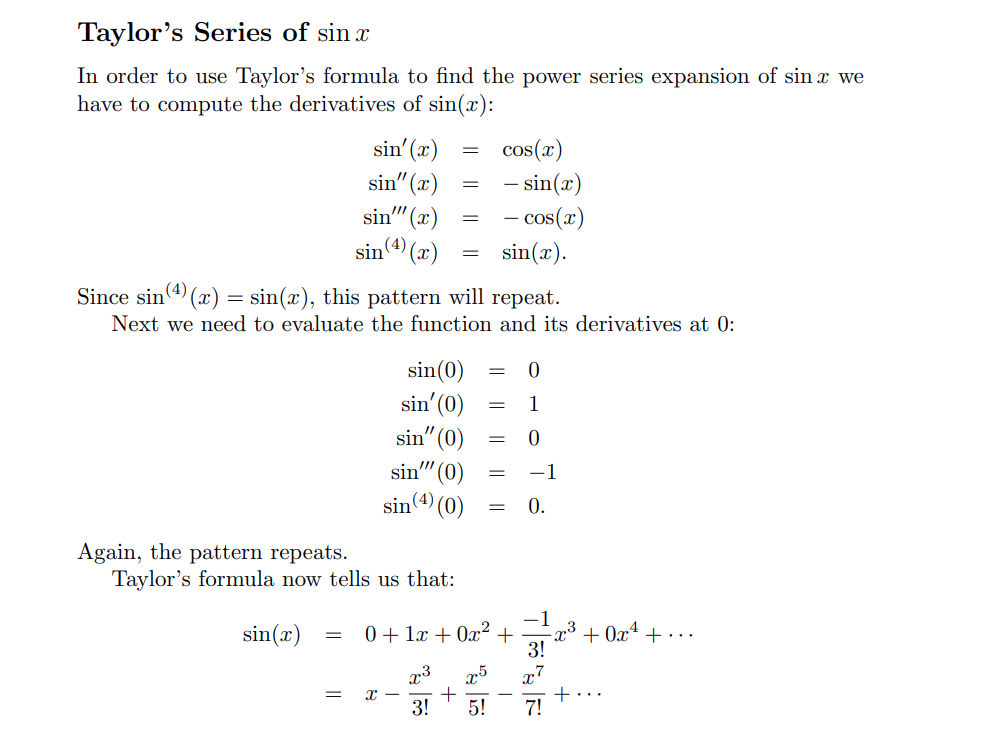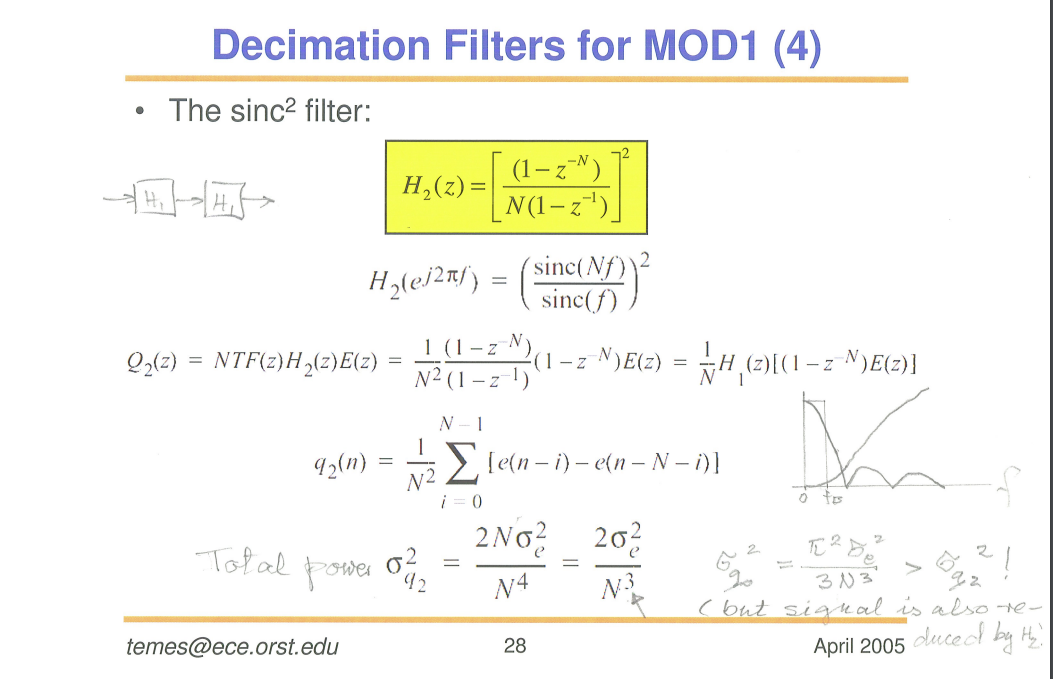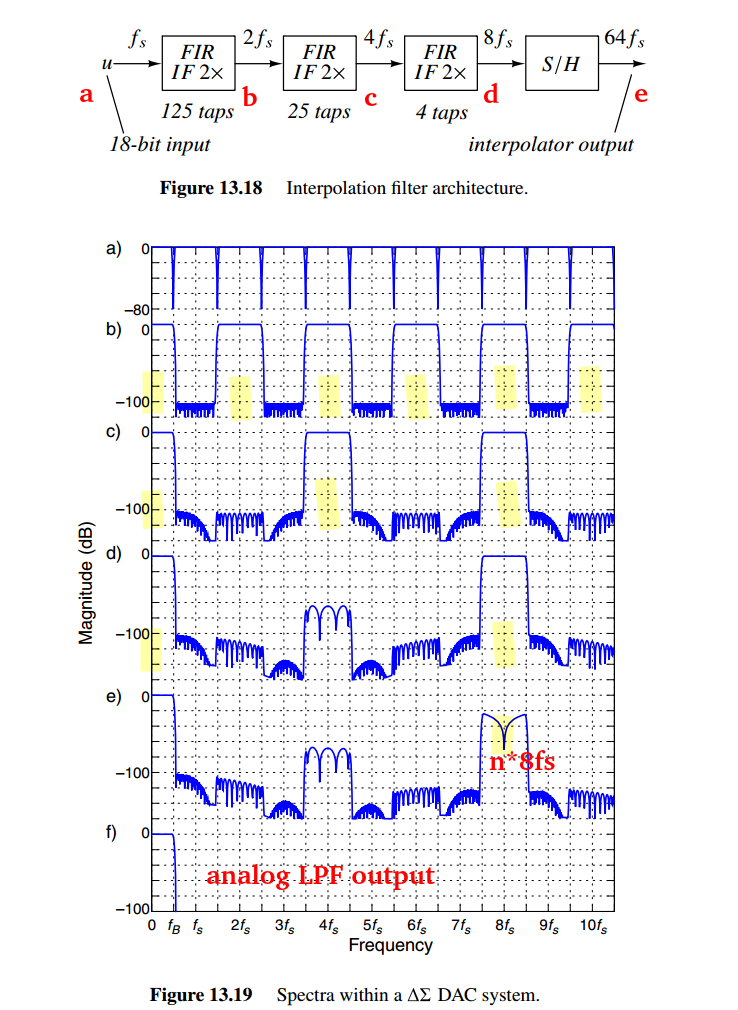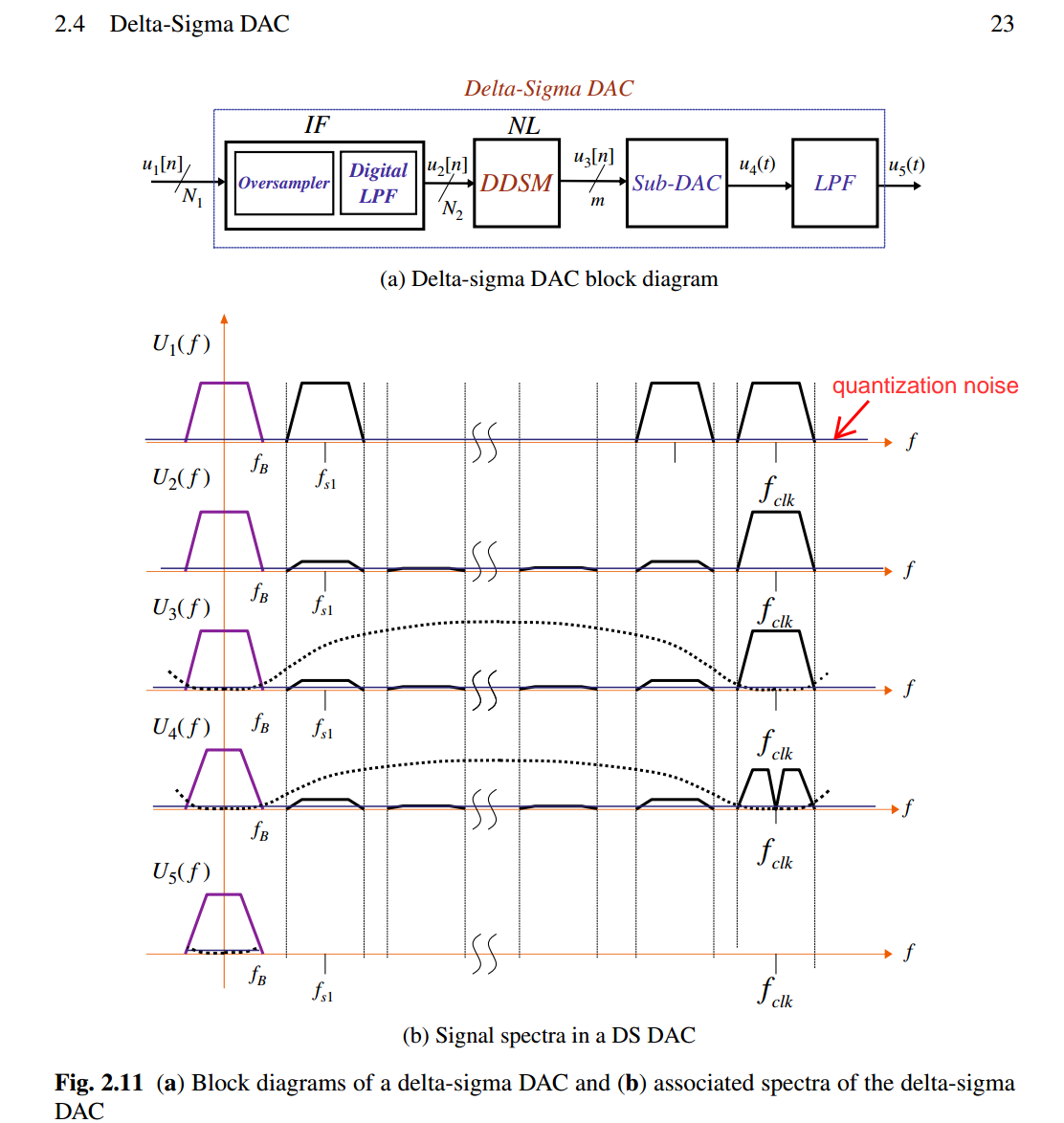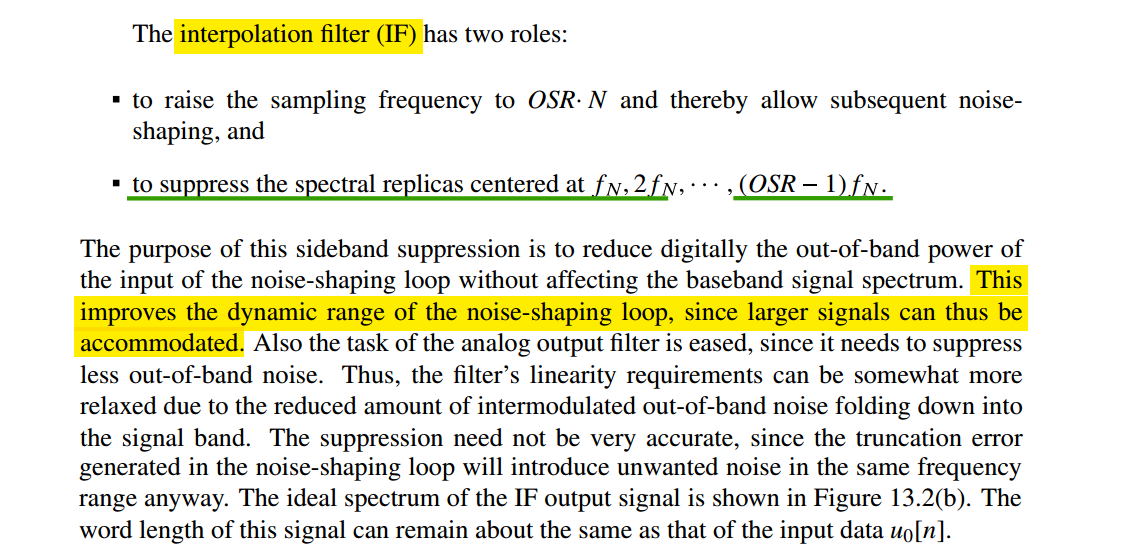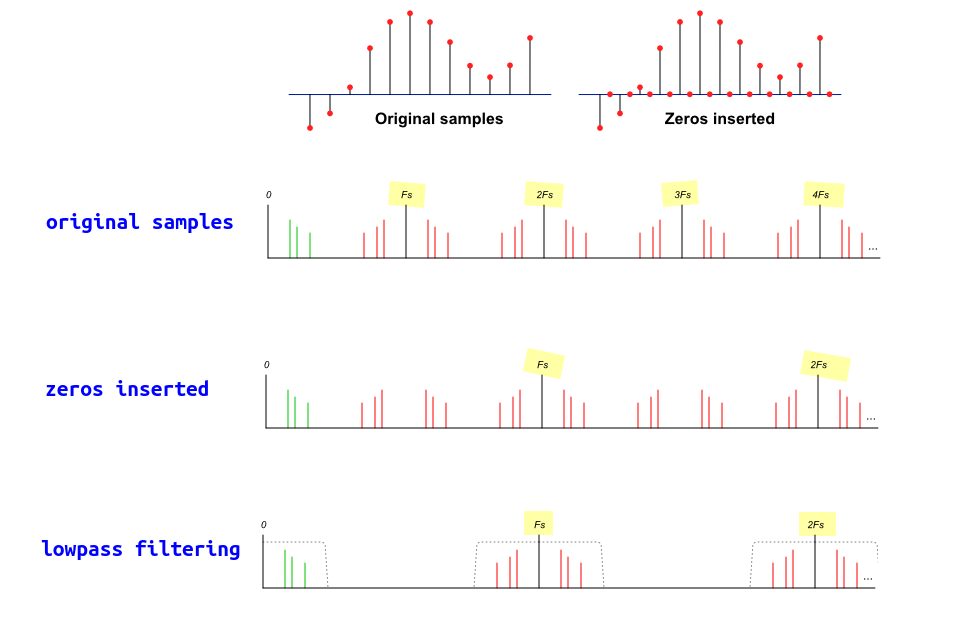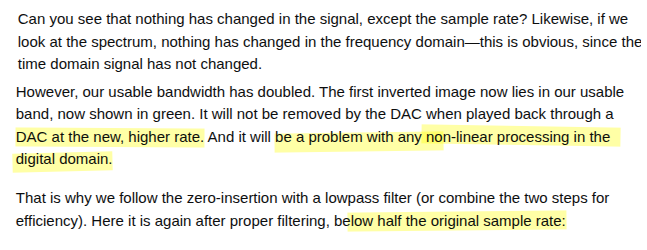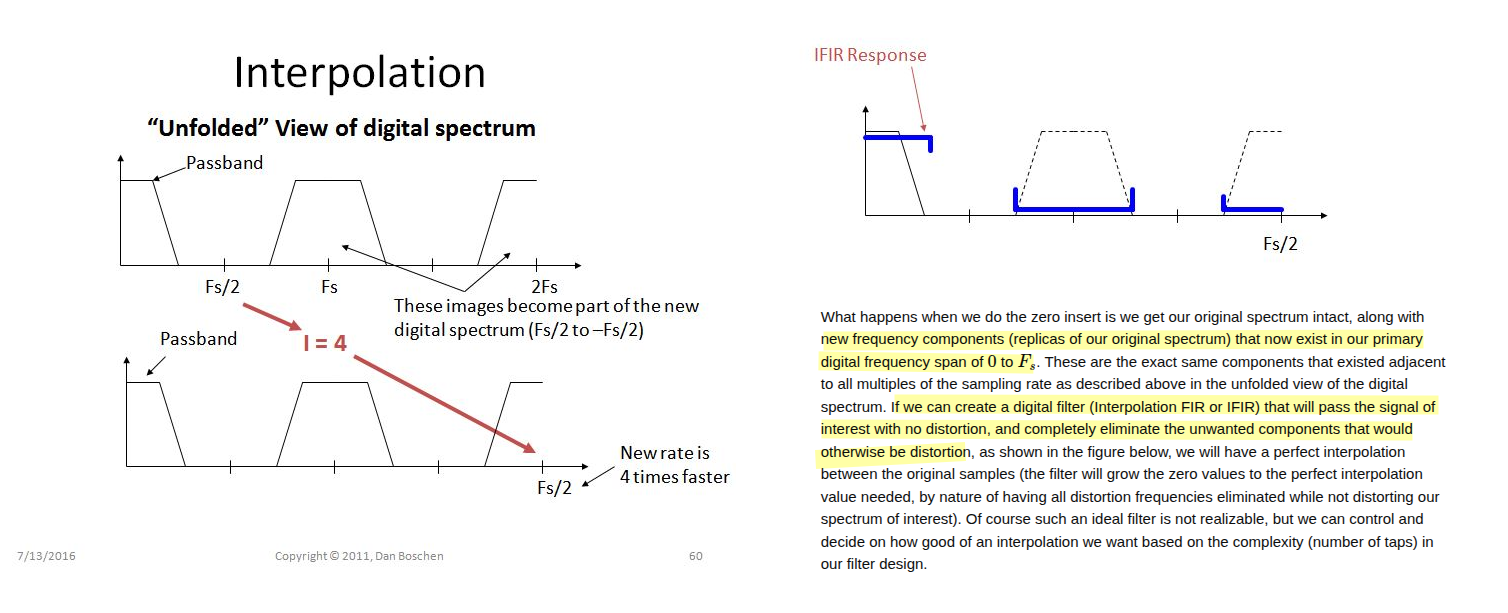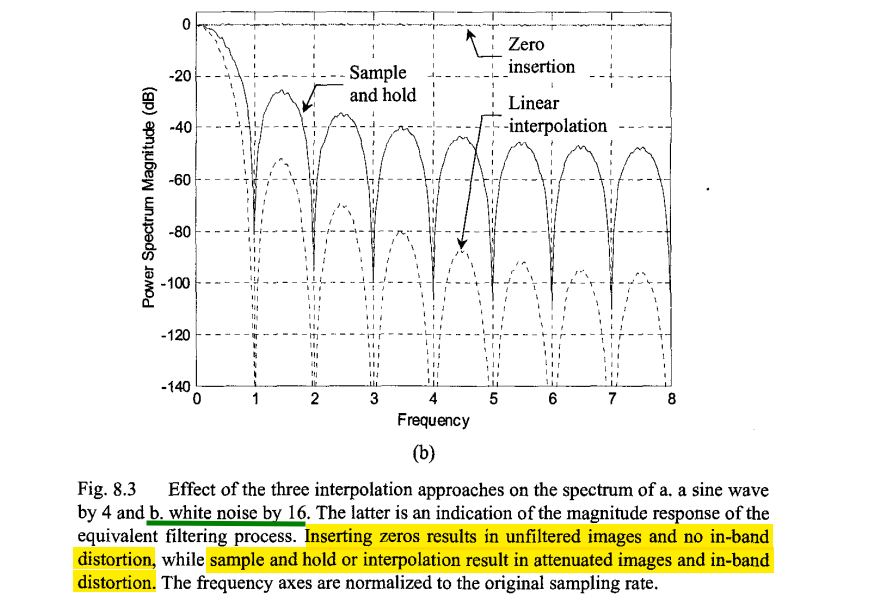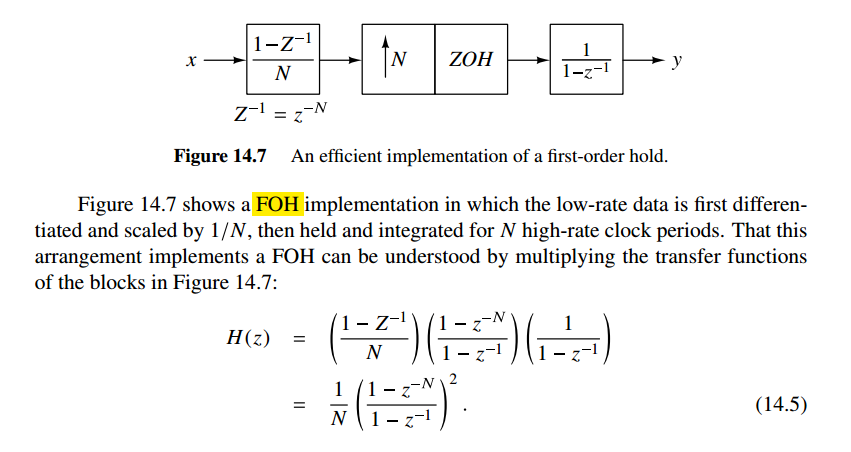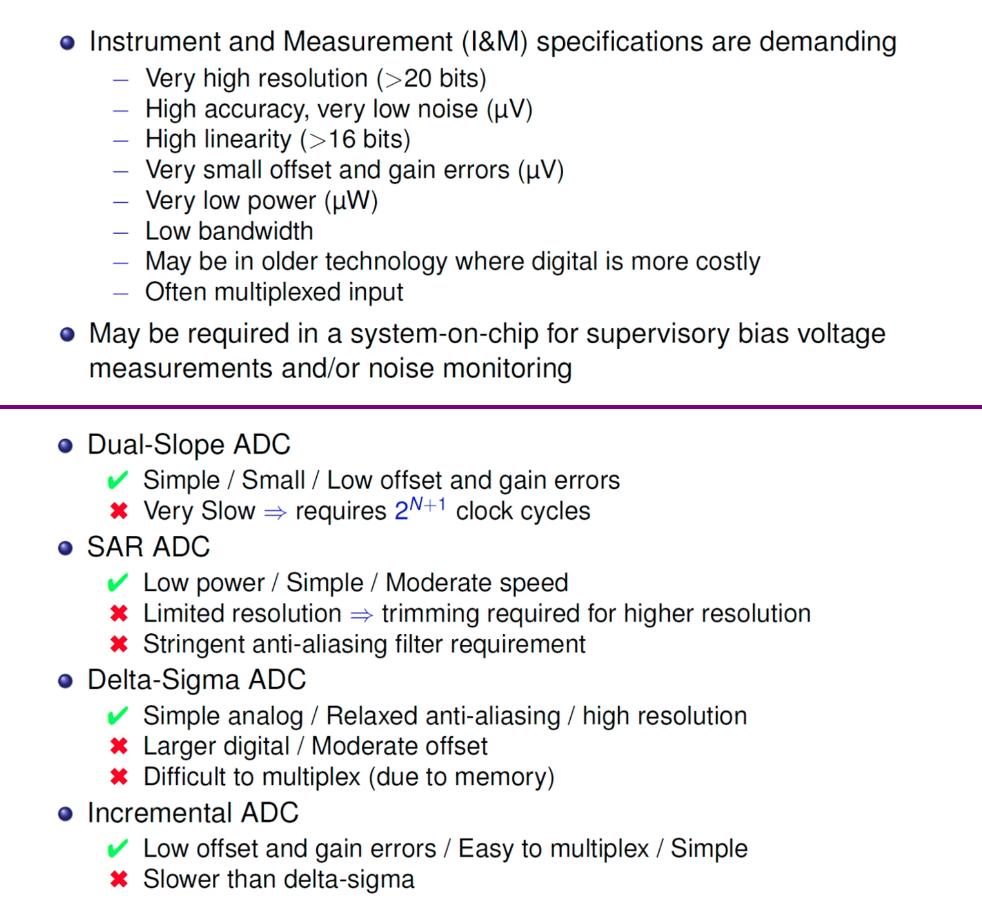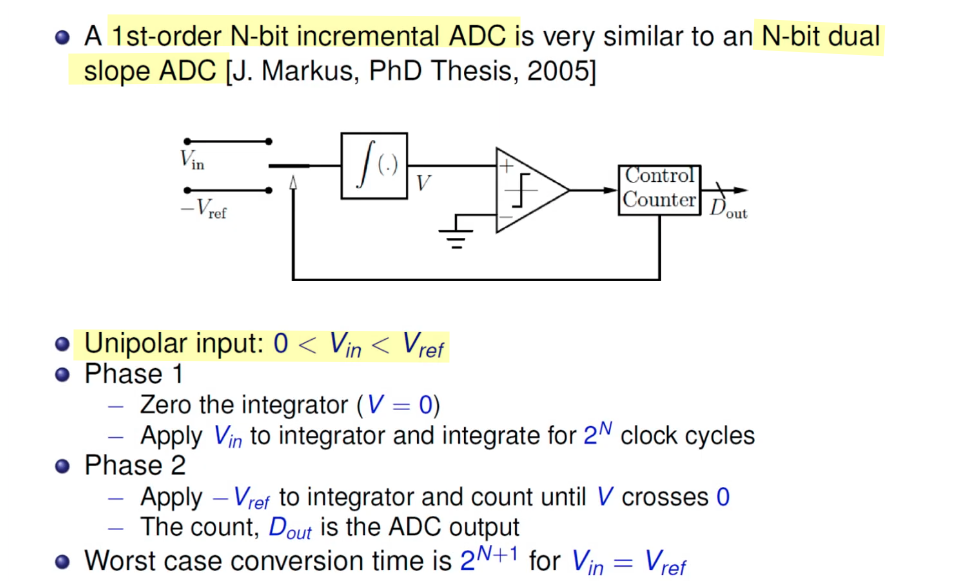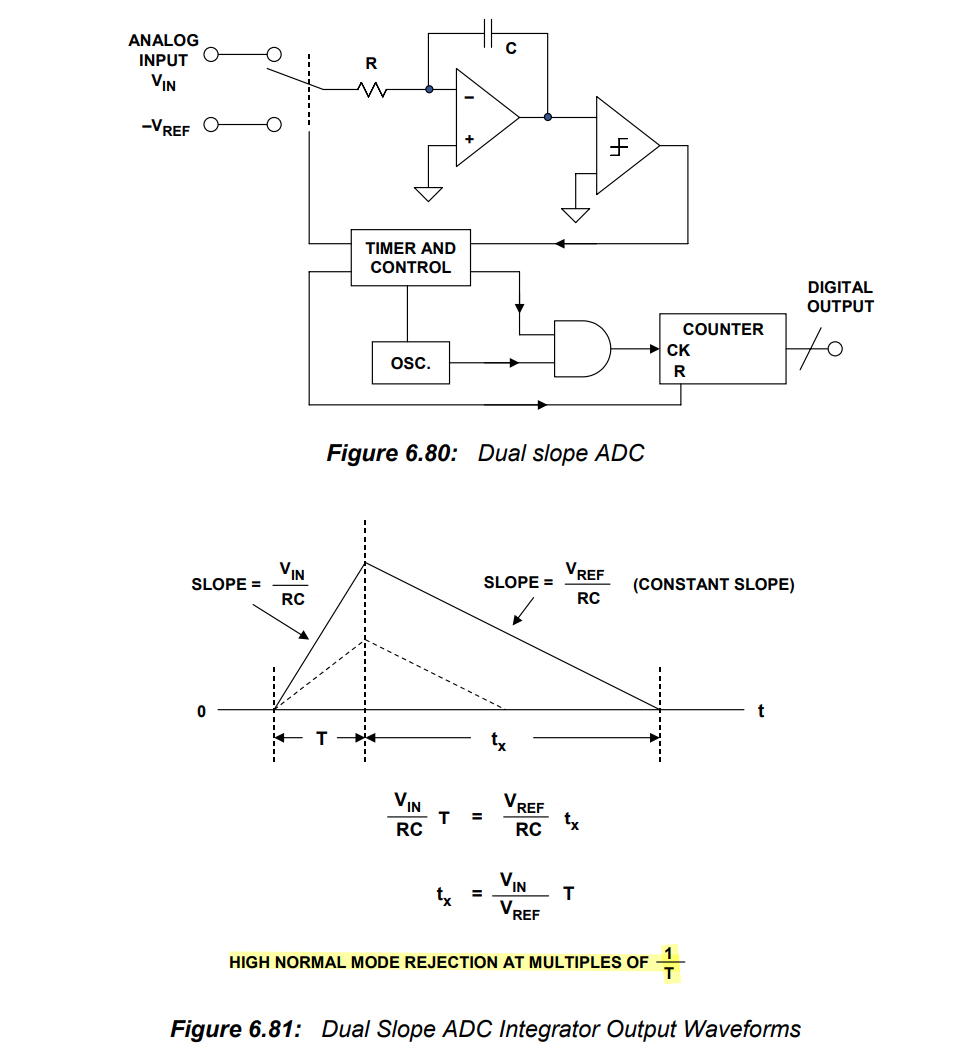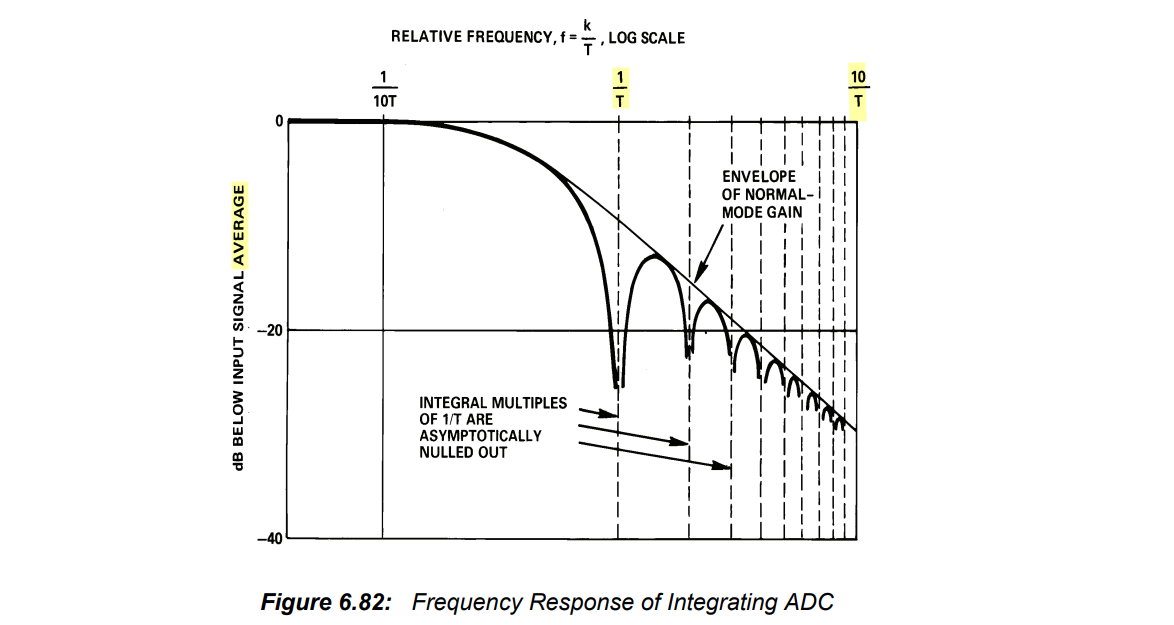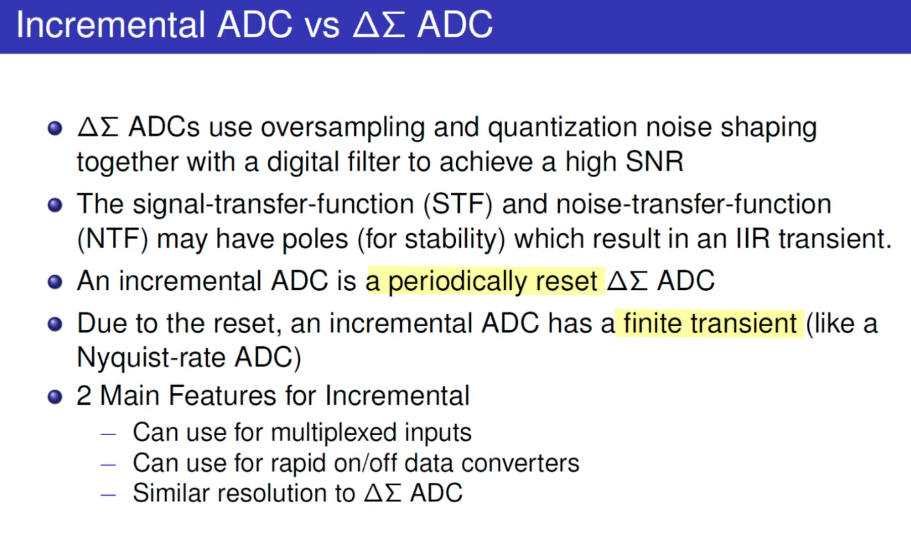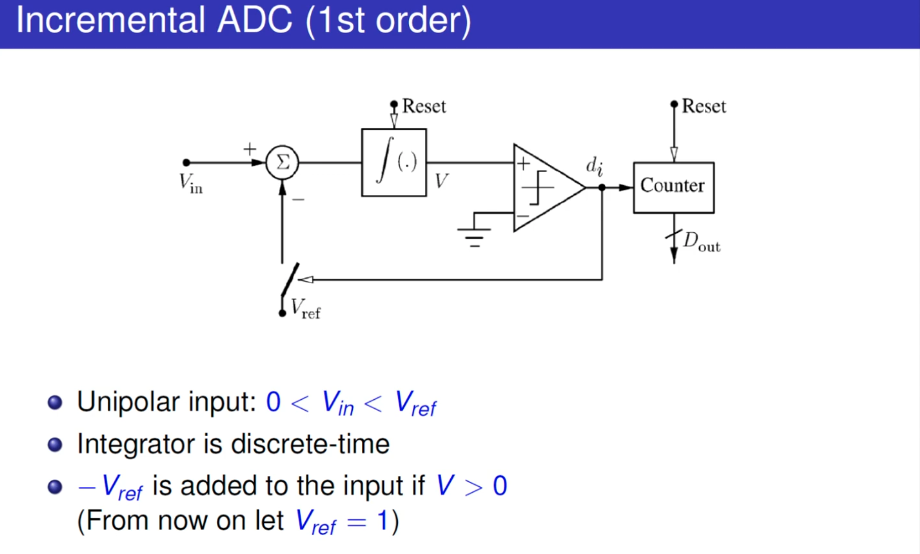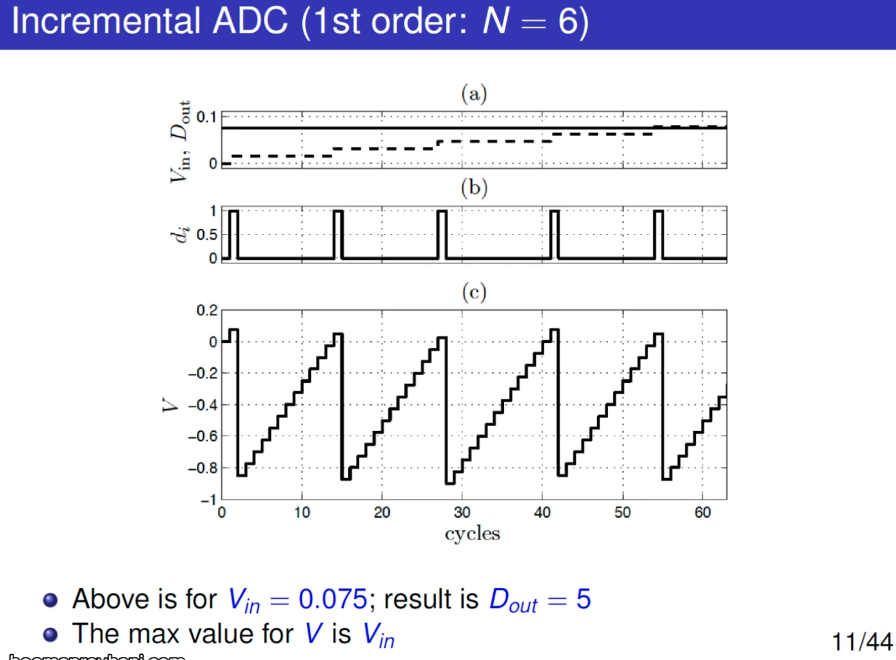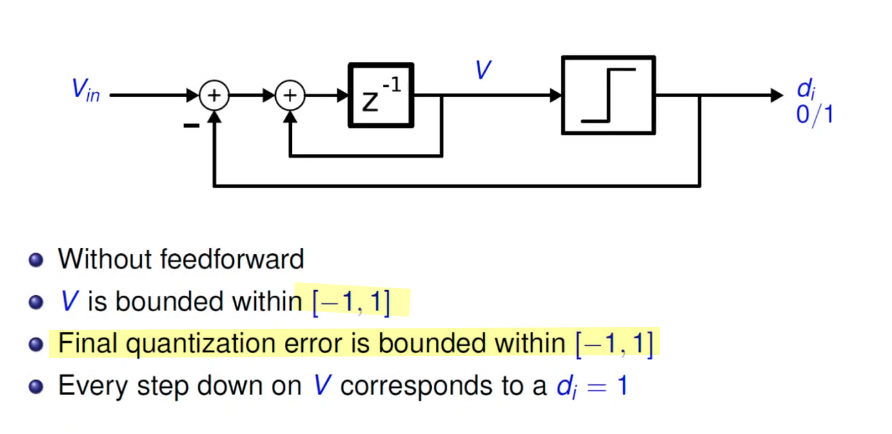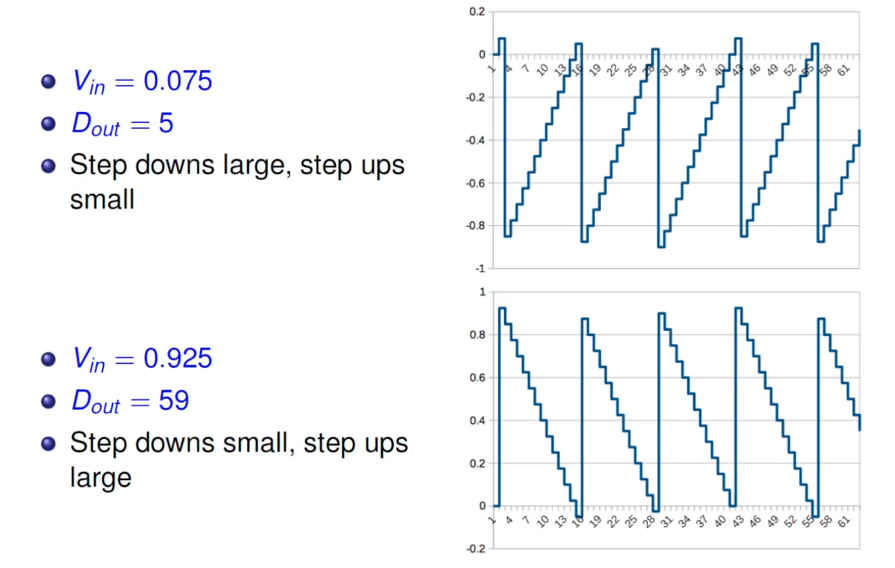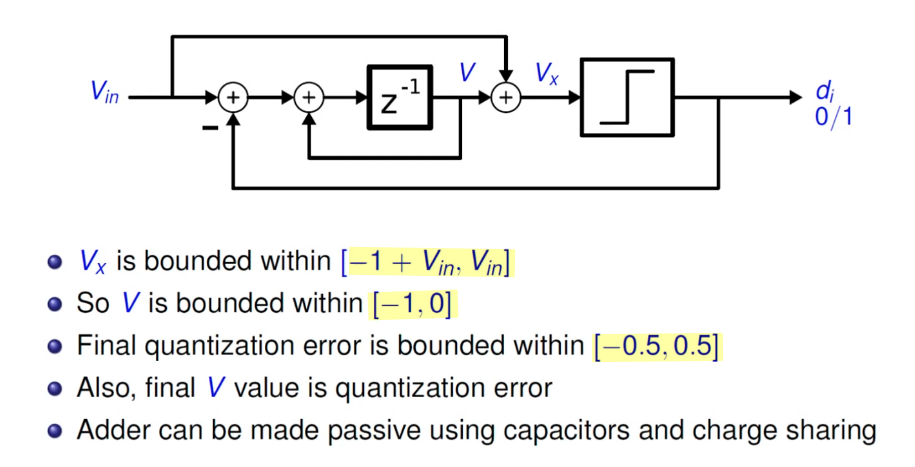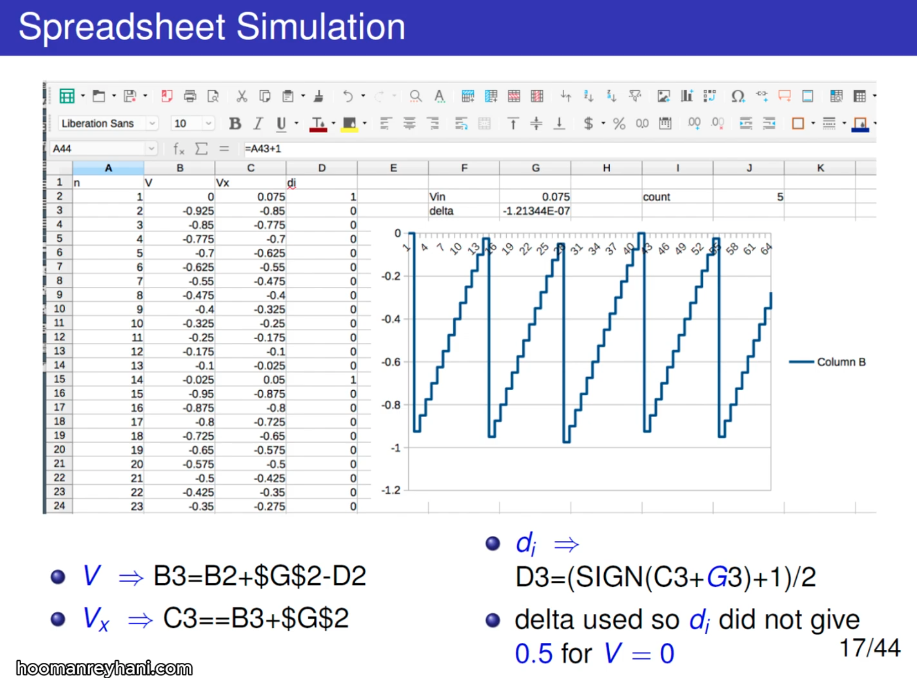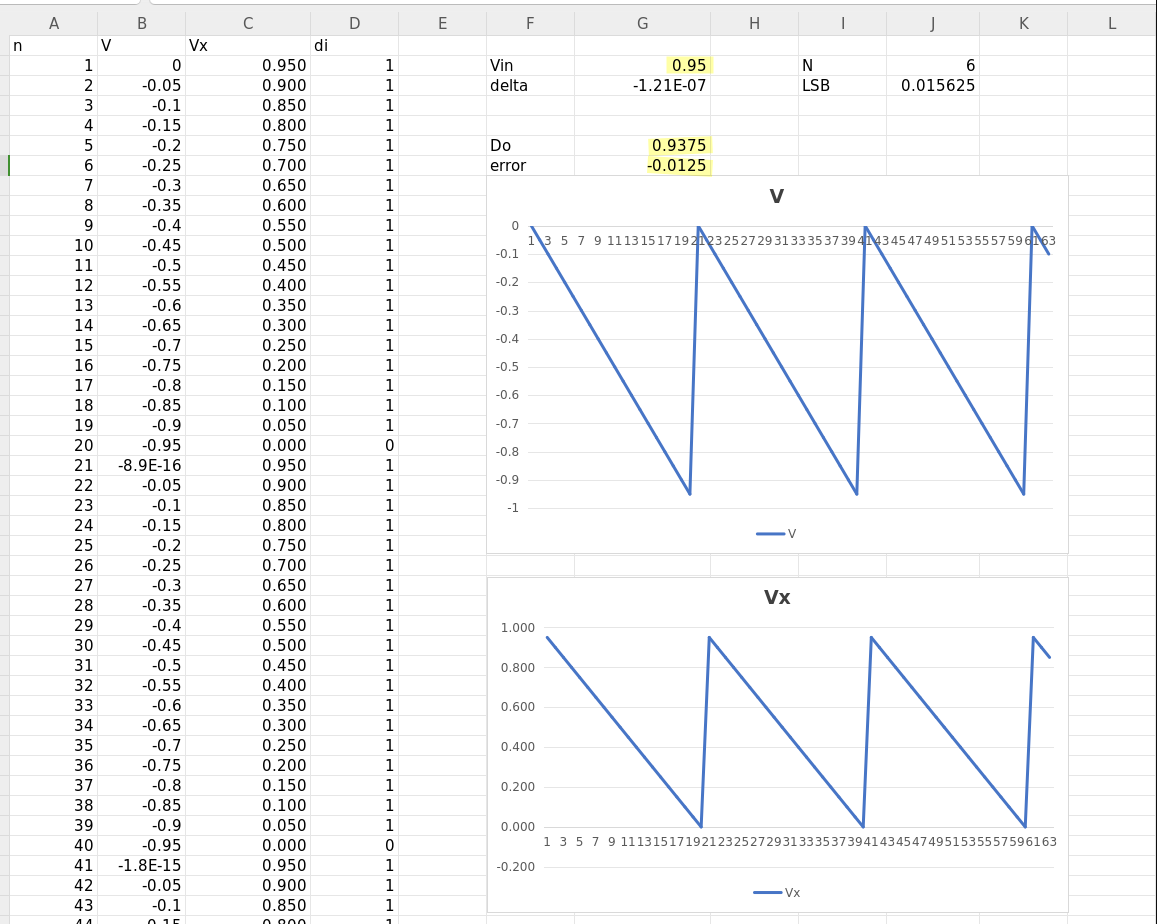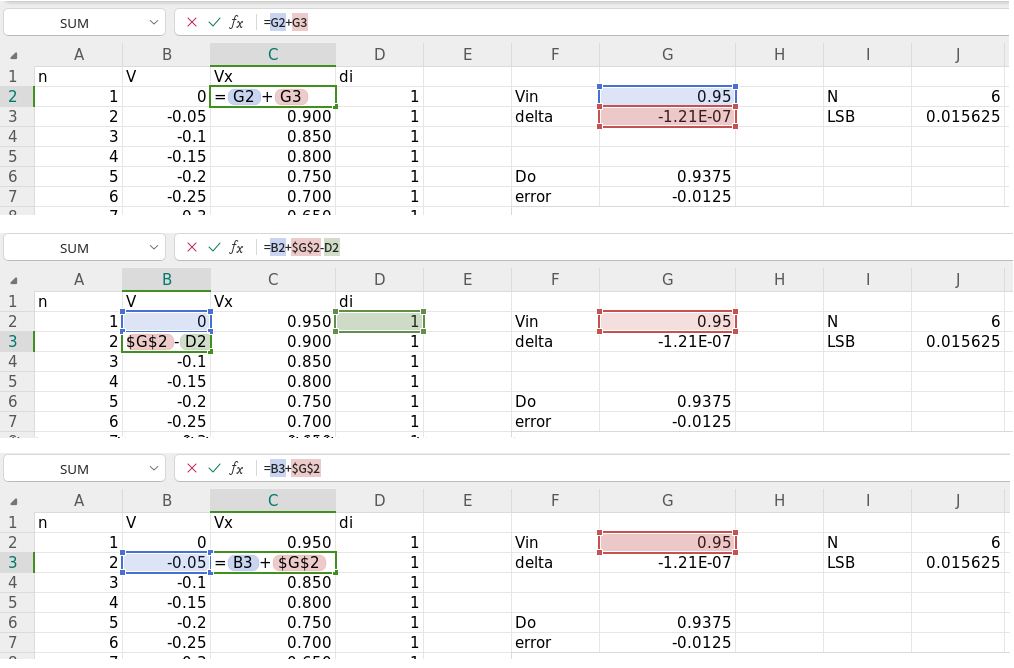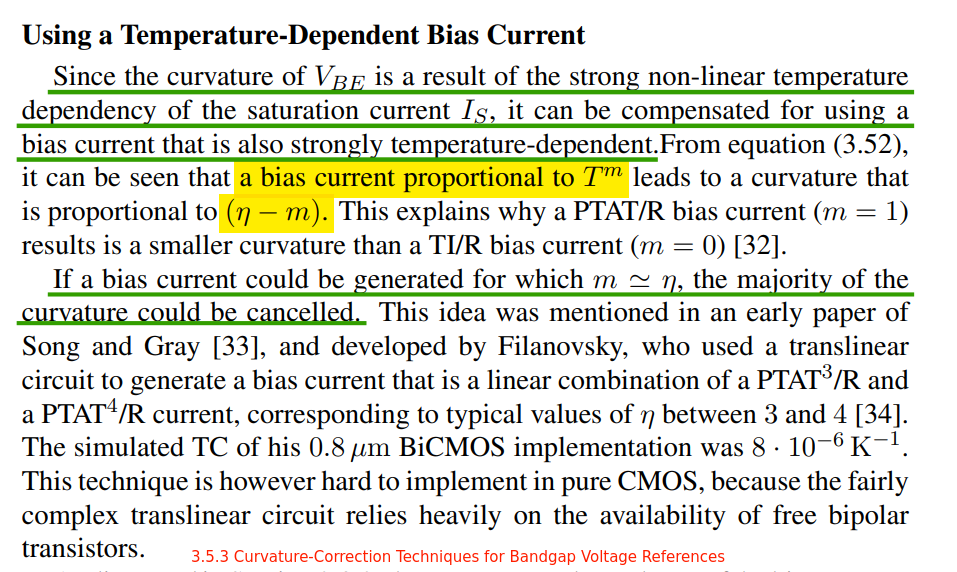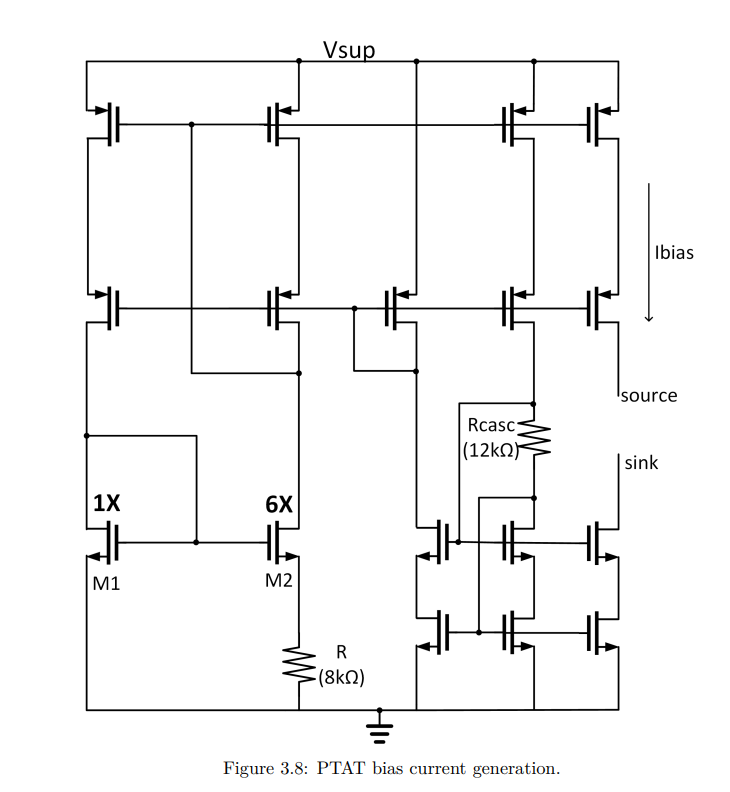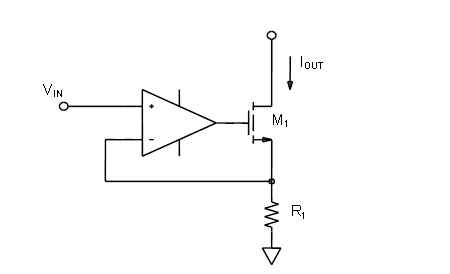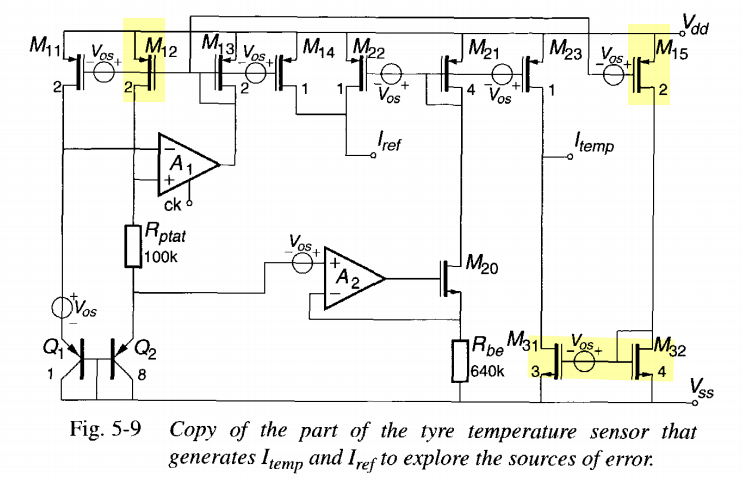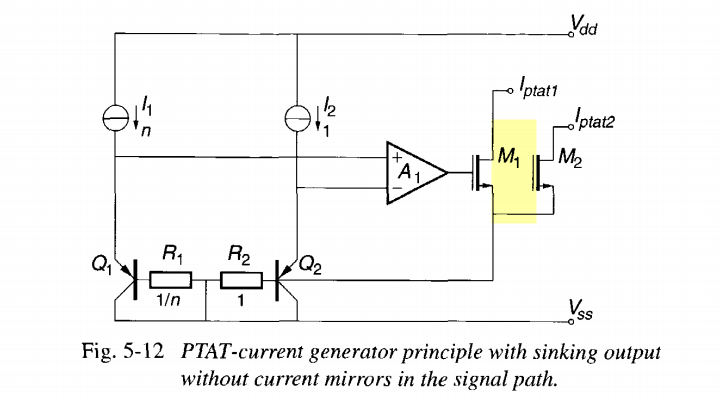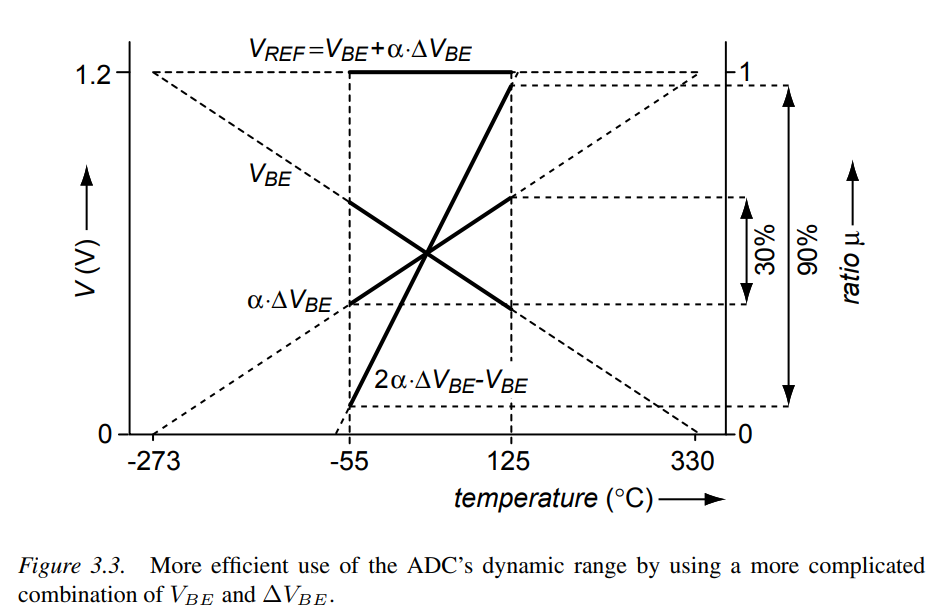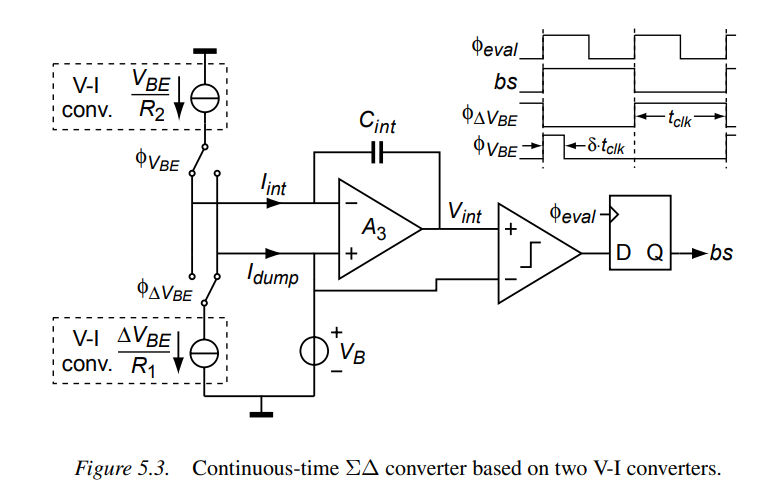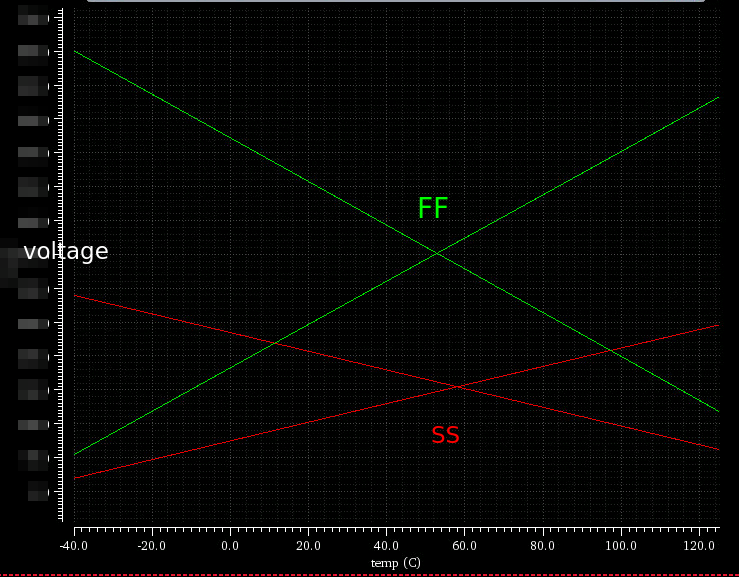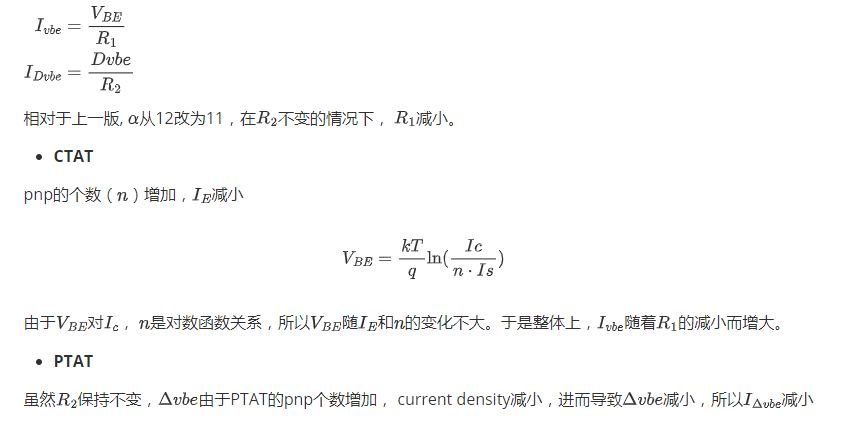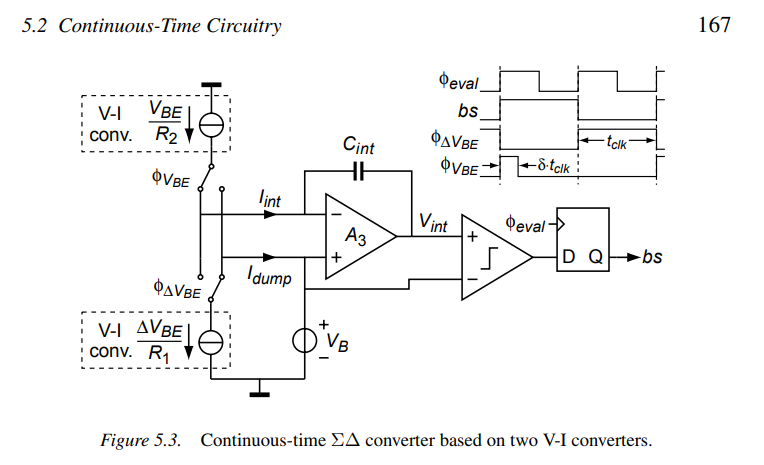Distortion in Baseband Pulses
Linear distortion includes any amplitude or delay distortion associated with a linear transmission system
Nonlinear distortion includes harmonic distortion, intermodulation distortion (IMD)
CM Noise
Luo, X., Yu, H., Maqbool, K. Q., Huang, Y., Luo, D., & Yue, P. C. (2017). Analysis on EMI Related Common-mode Noise of Serdes Transmitter. Paper presented at DesignCon 2017 [lnk]
—. EMI related common-mode noise analysis in high-speed backplane links. Thesis (Ph.D.)-HKUST 2018 [link]
—. Study on the effects of distortions and common‐mode noise in high‐speed PAM‐4 systems - Luo - 2018 - Electronics Letters - Wiley Online Library [link]
Patrick Yue. MIIT Courses 2024, Shanghai. Advanced Wireline and Optical Communication IC Design [pdf]
Lee, Jri & Chiang, Ping-Chuan & Peng, Pen-Jui & Chen, Li-Yang & Weng, Chih-Chi. (2015). Design of 56 Gb/s NRZ and PAM4 SerDes transceivers in CMOS technologies. IEEE Journal of Solid-State Circuits. [pdf]
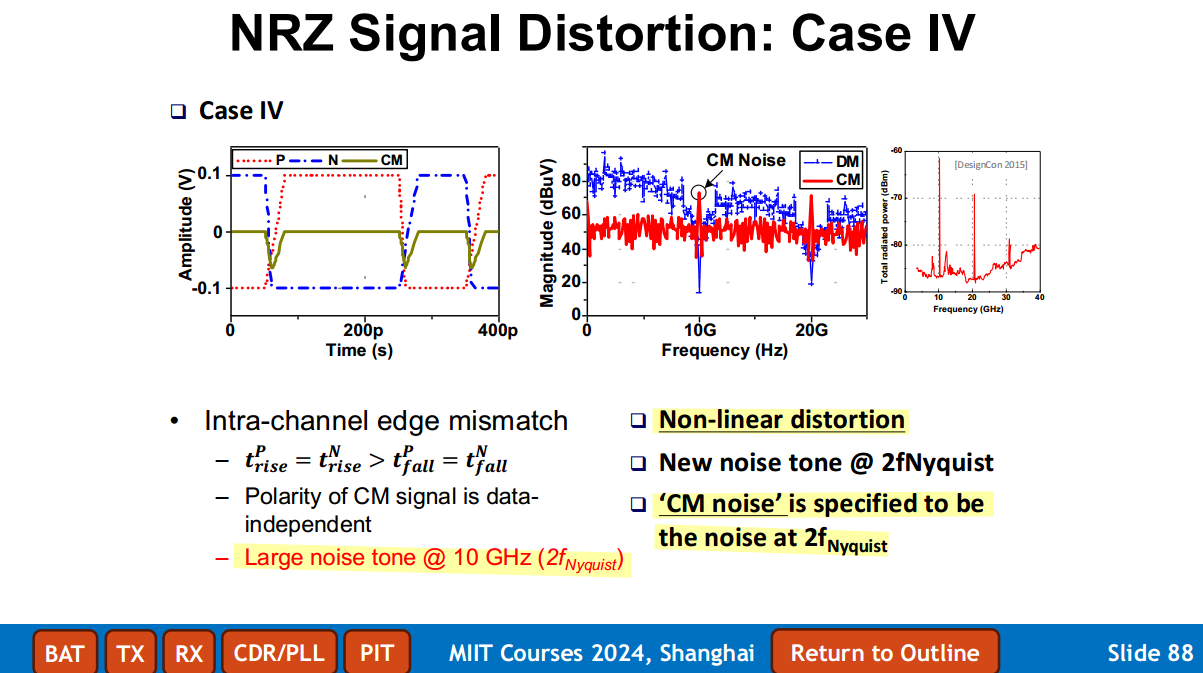
amplitude distortion
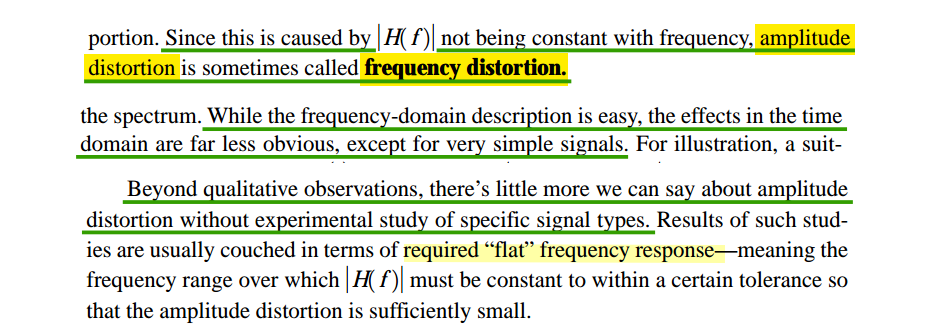
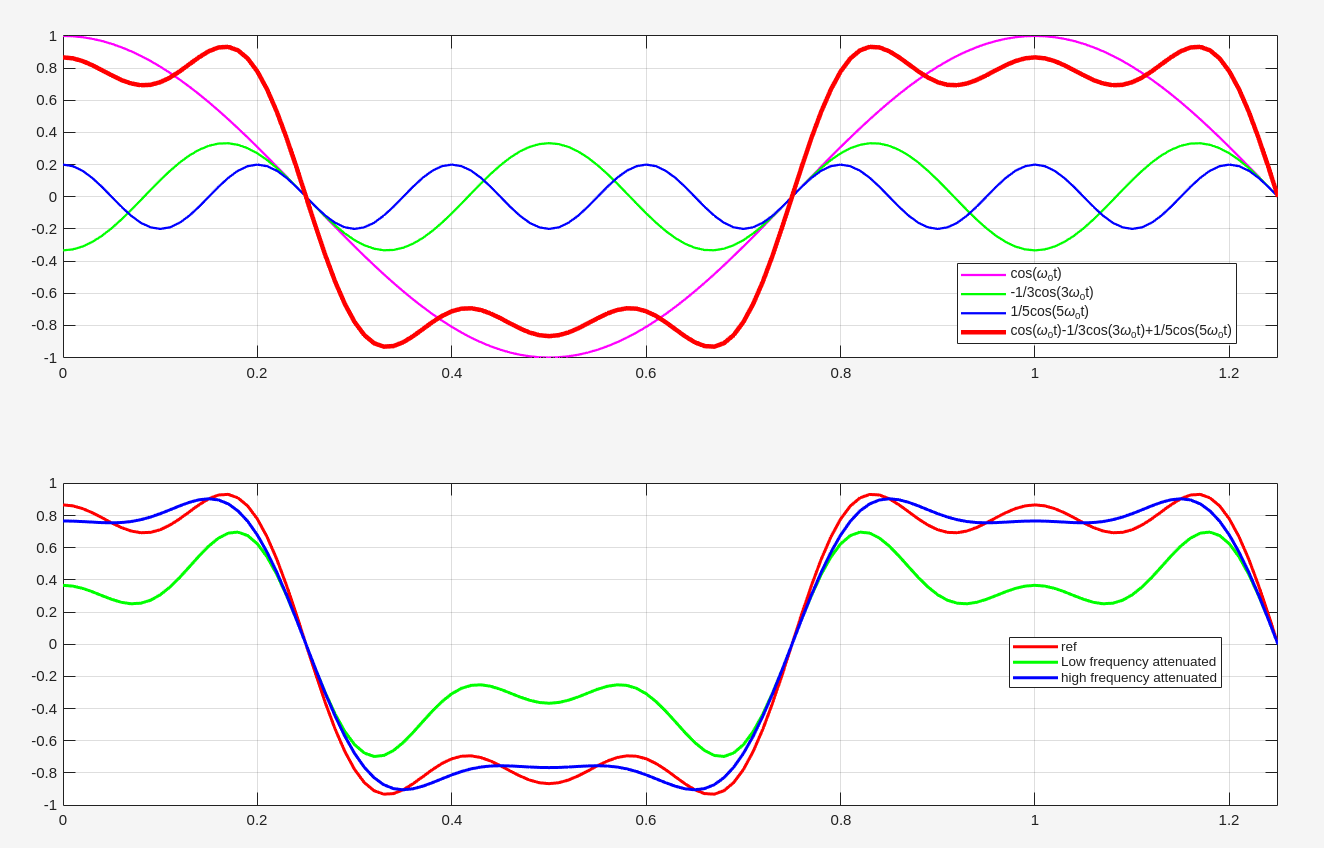
1 | w0 = 2*pi*1; % T=1 |
phase delay
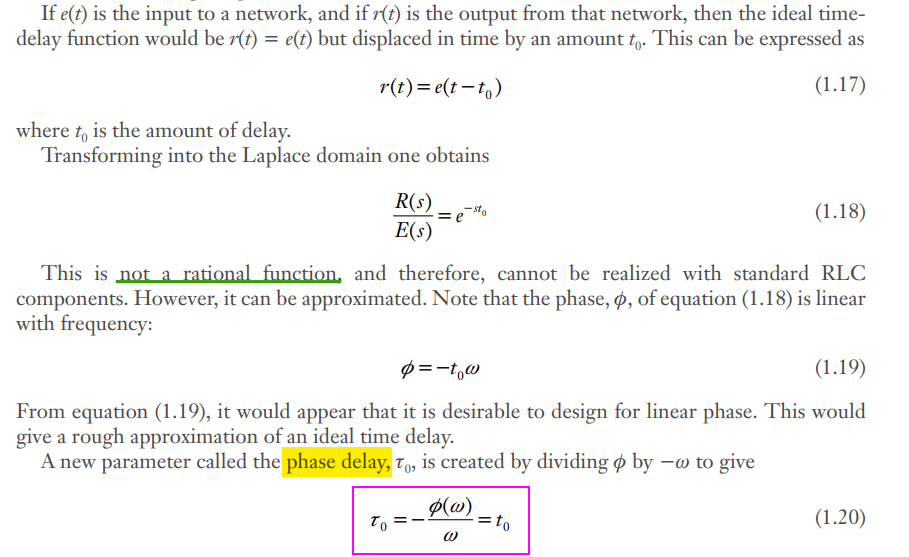
Phase delay directly measures the device or system time delay of individual sinusoidal frequency components in the steady-state conditions
group delay
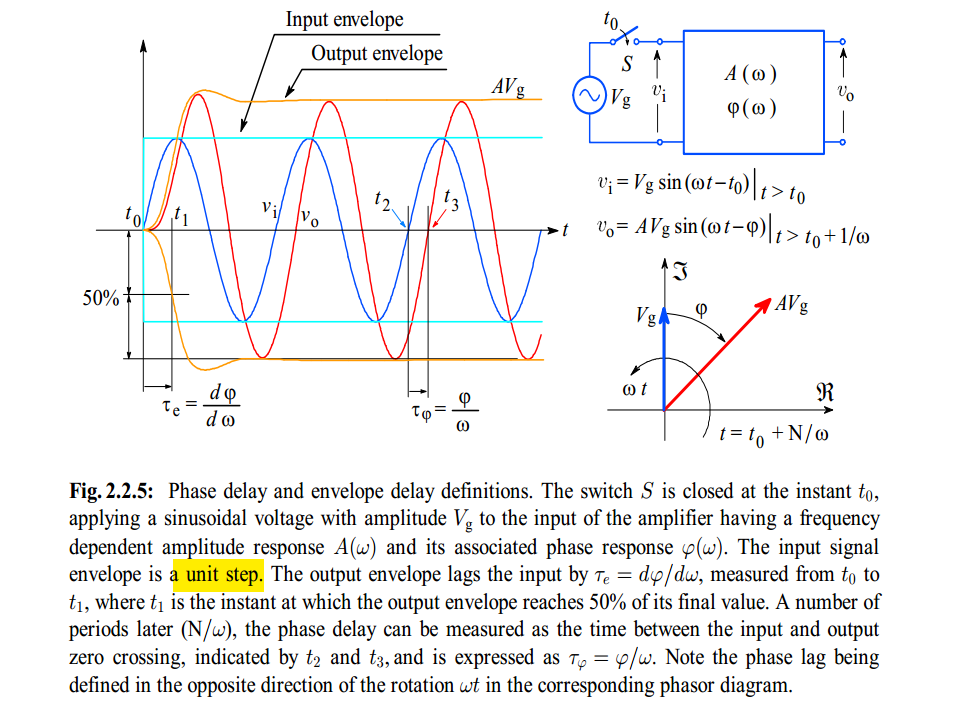
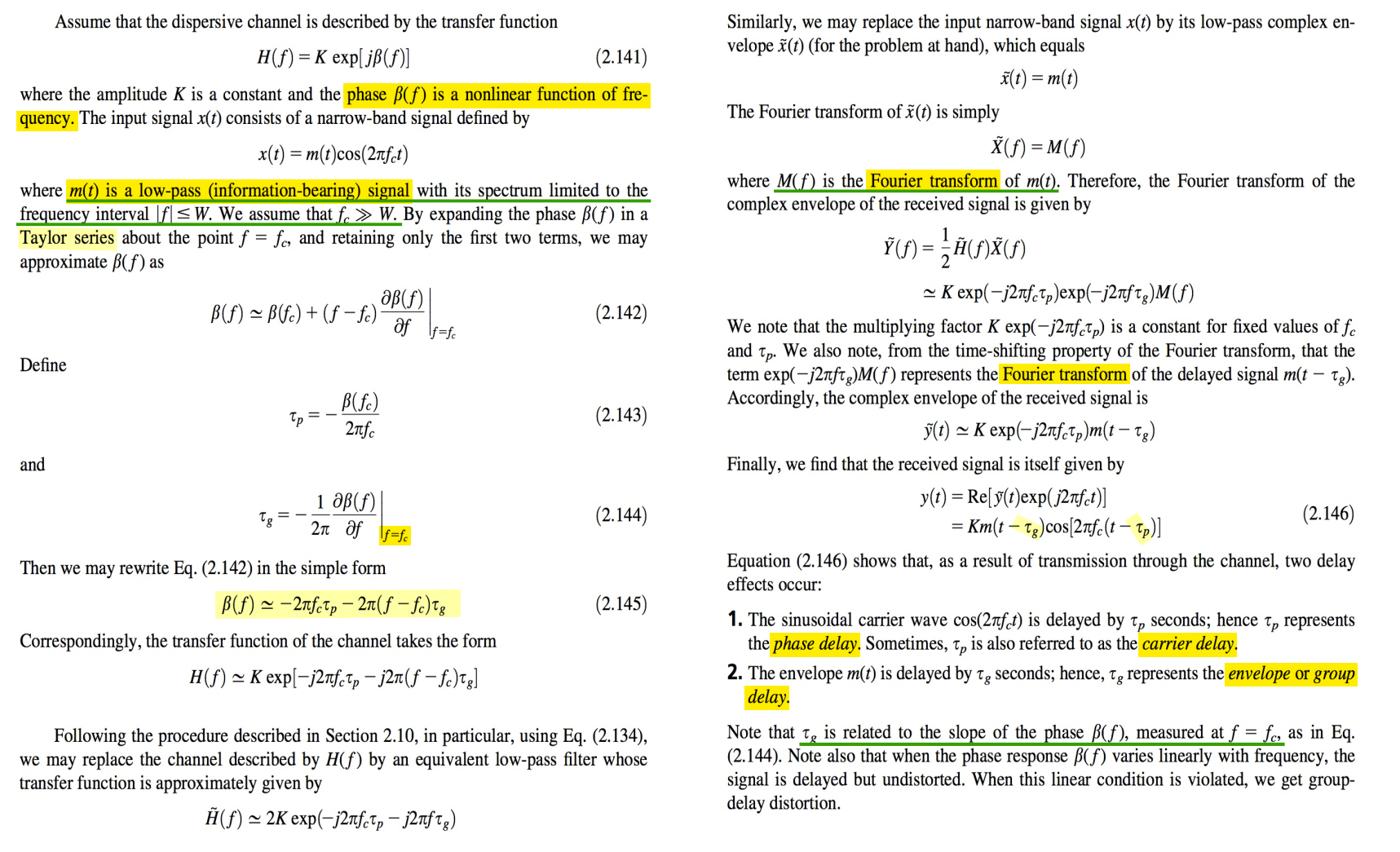
Pupalaikis, Peter. (2006). Group Delay and its Impact on Serial Data Transmission and Testing. [https://cdn.teledynelecroy.com/files/whitepapers/group_delay-designcon2006.pdf]

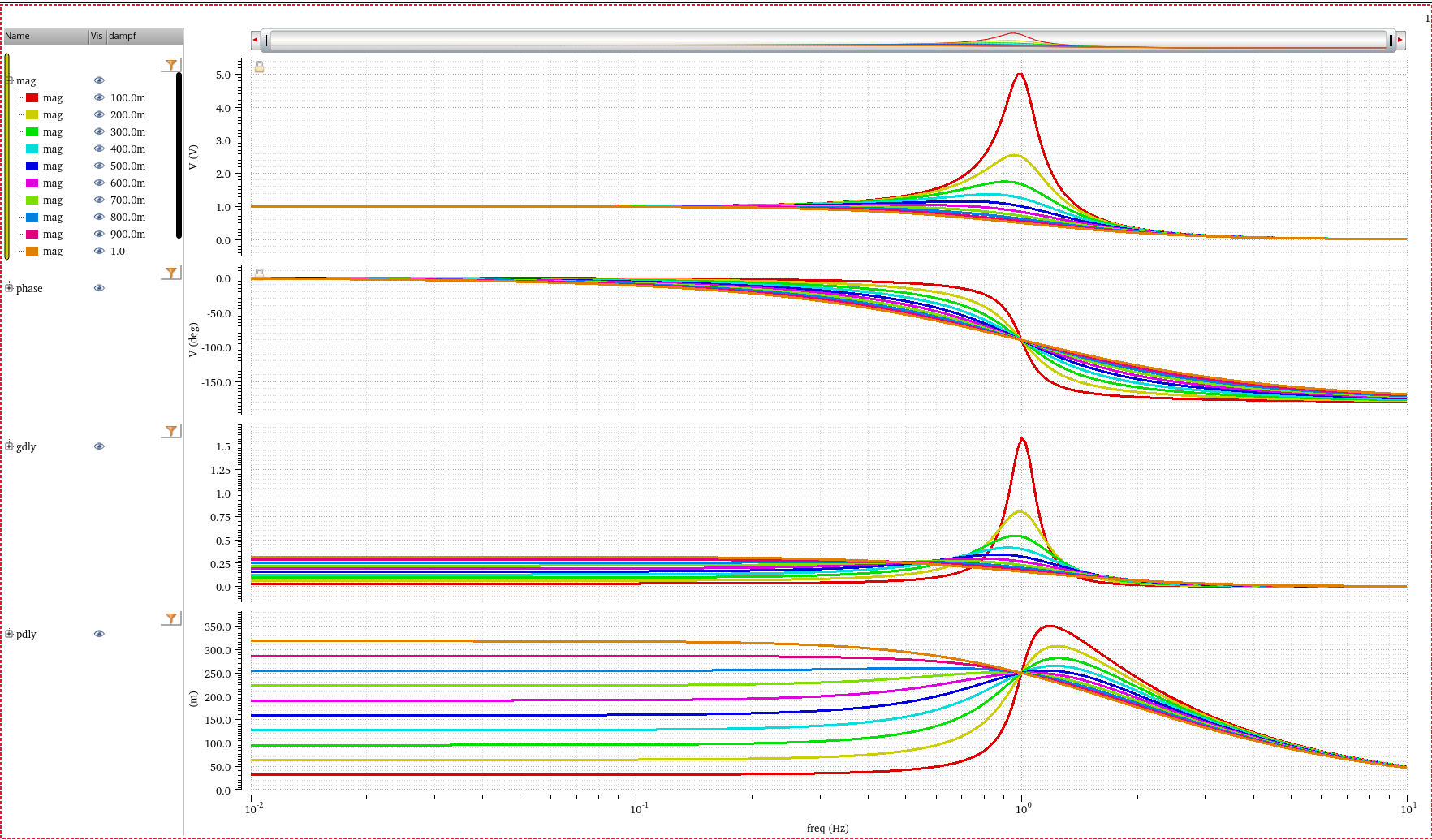
Phase Delay & Group Delay
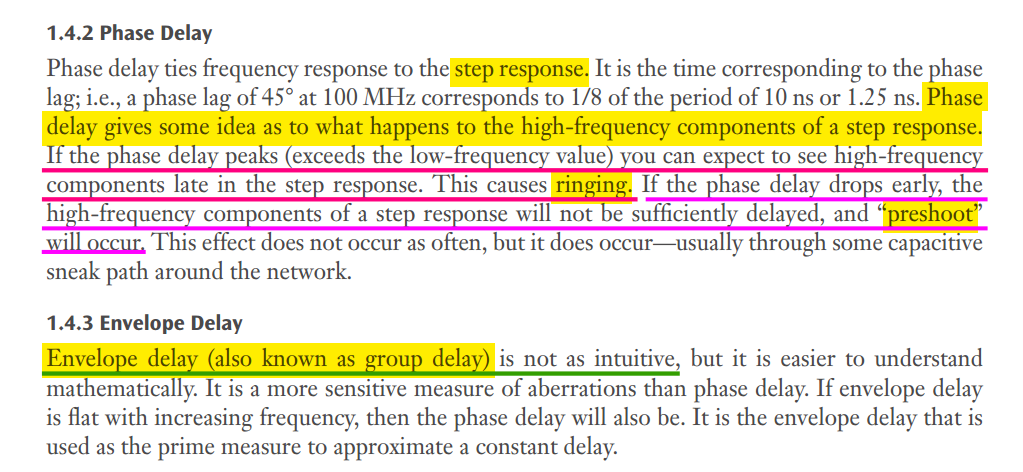
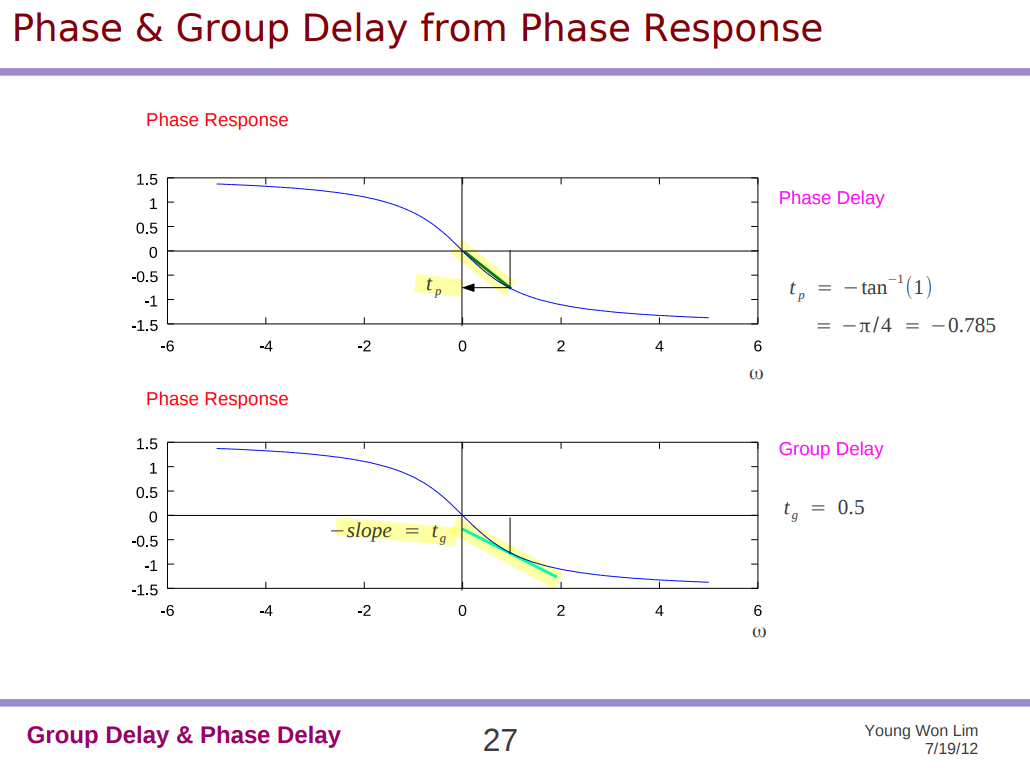
W. Bae, B. Nikolić and D. -K. Jeong, "Use of Phase Delay Analysis for Evaluating Wideband Circuits: An Alternative to Group Delay Analysis," in IEEE Transactions on Very Large Scale Integration (VLSI) Systems, vol. 25, no. 12, pp. 3543-3547, Dec. 2017, [https://people.eecs.berkeley.edu/~bora/Journals/2017/TVLSI17.pdf]
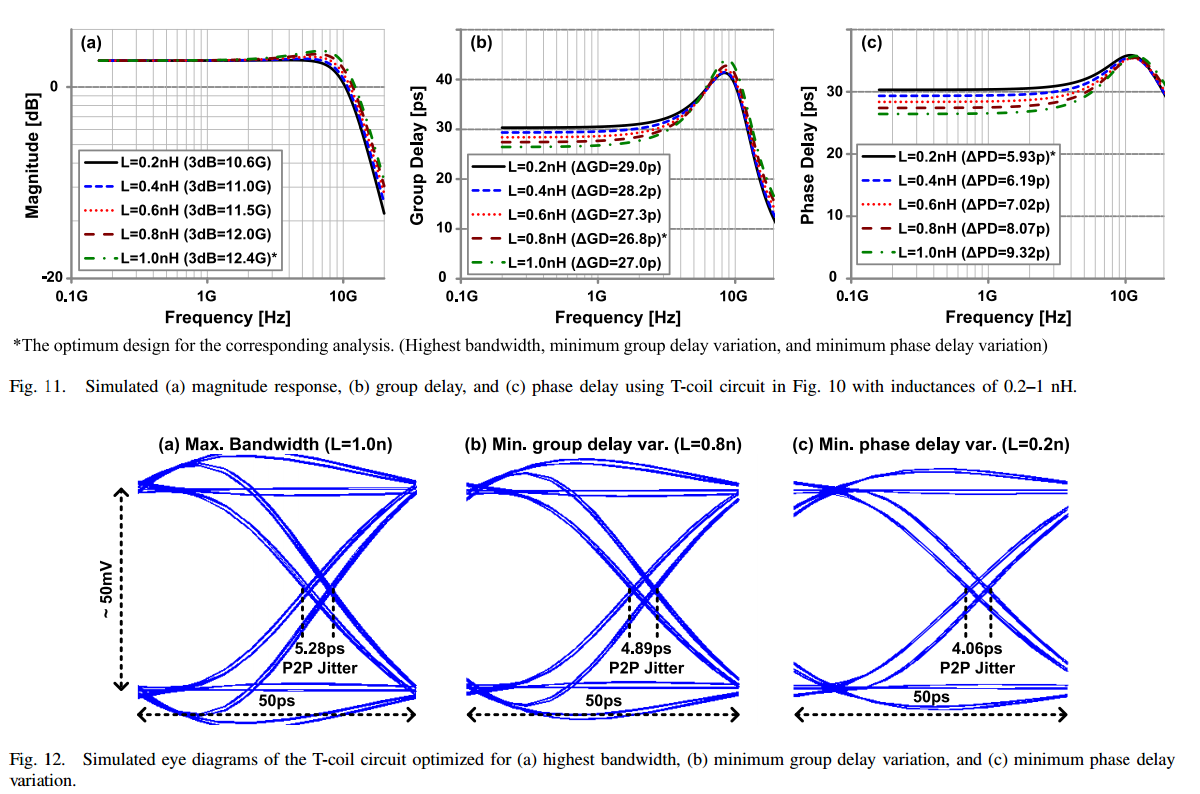

Phase Response Compensation
Xiaojun Zhou. Think PAM4 Serdes [https://ibis.org/summits/nov17a/zhou.pdf]
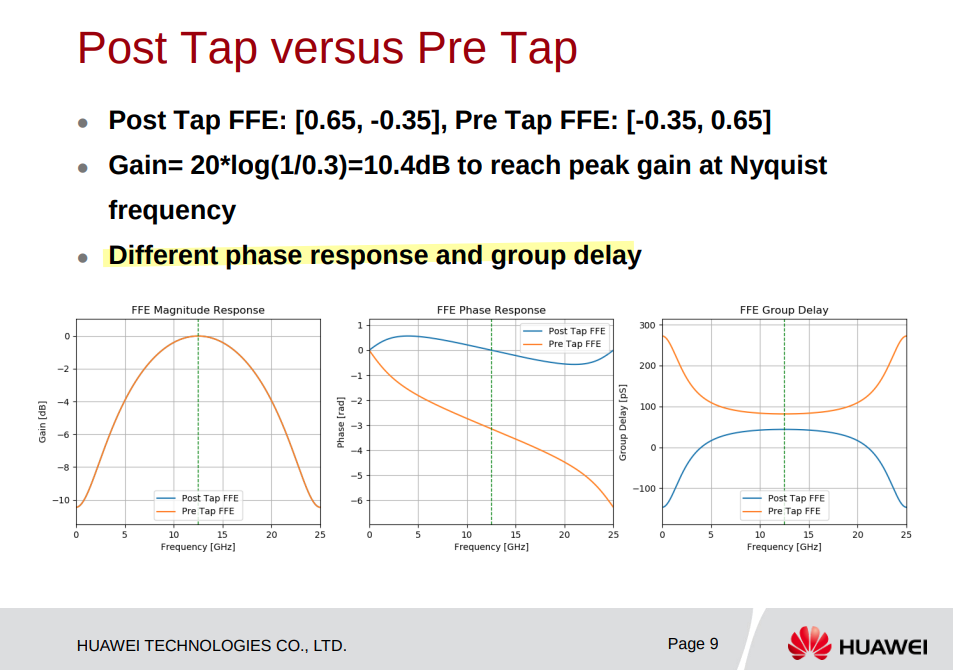
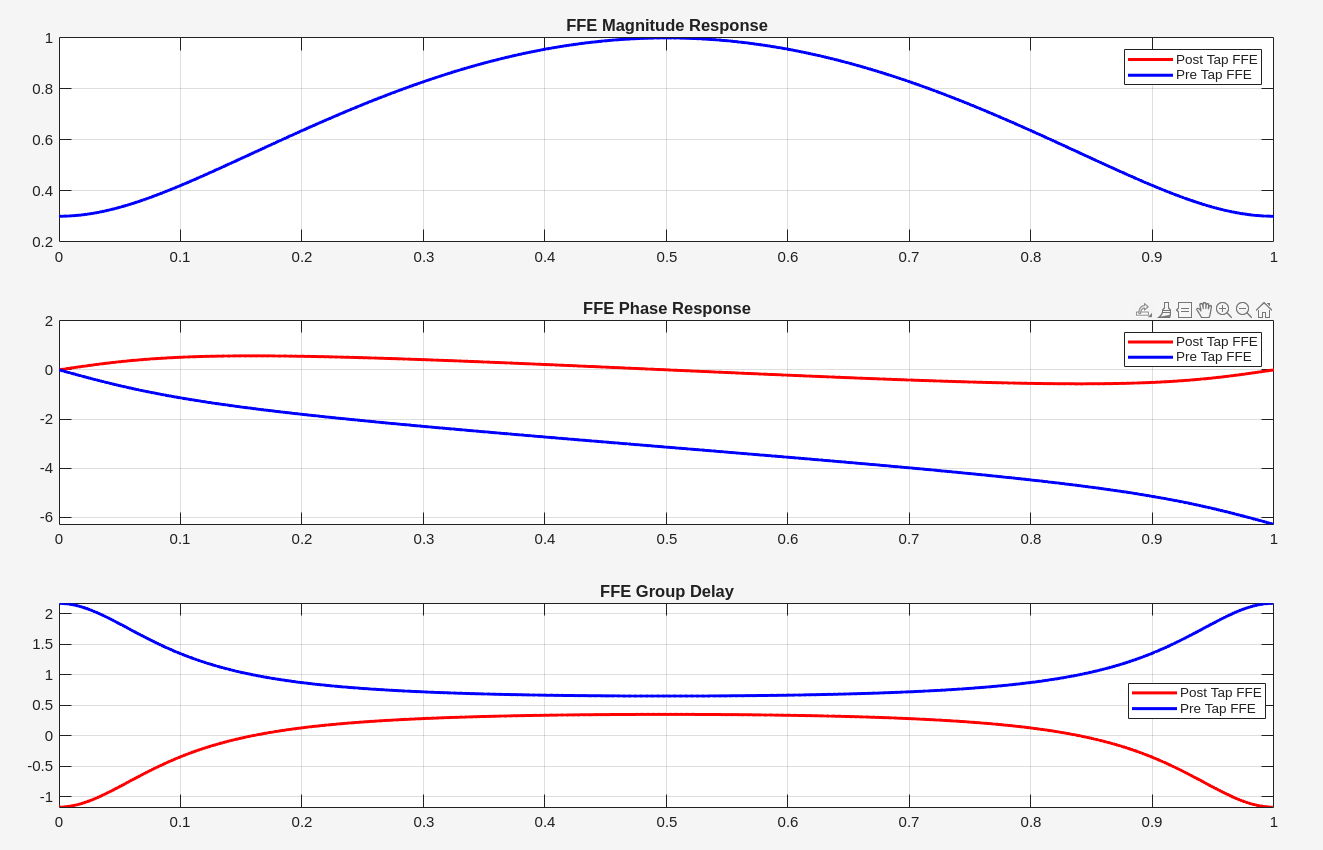
1 | fs = 1; |
Nonlinearity
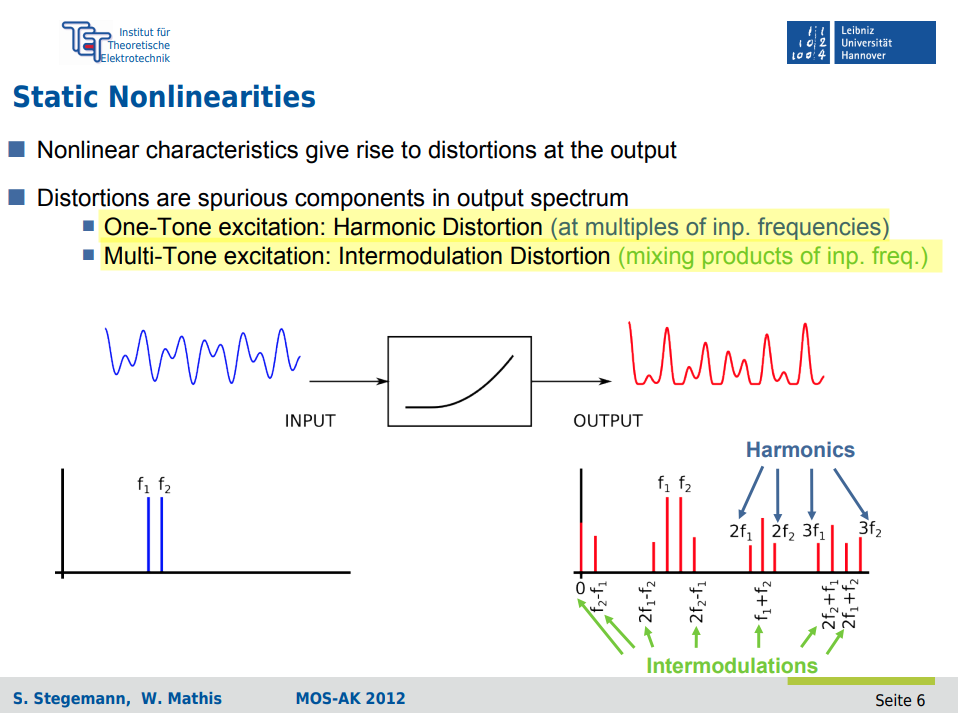

Even-Order Distortion
Odd-order distortion: symmetry
Even-Order Distortion: non-symmetry (Effect of Mismatch)
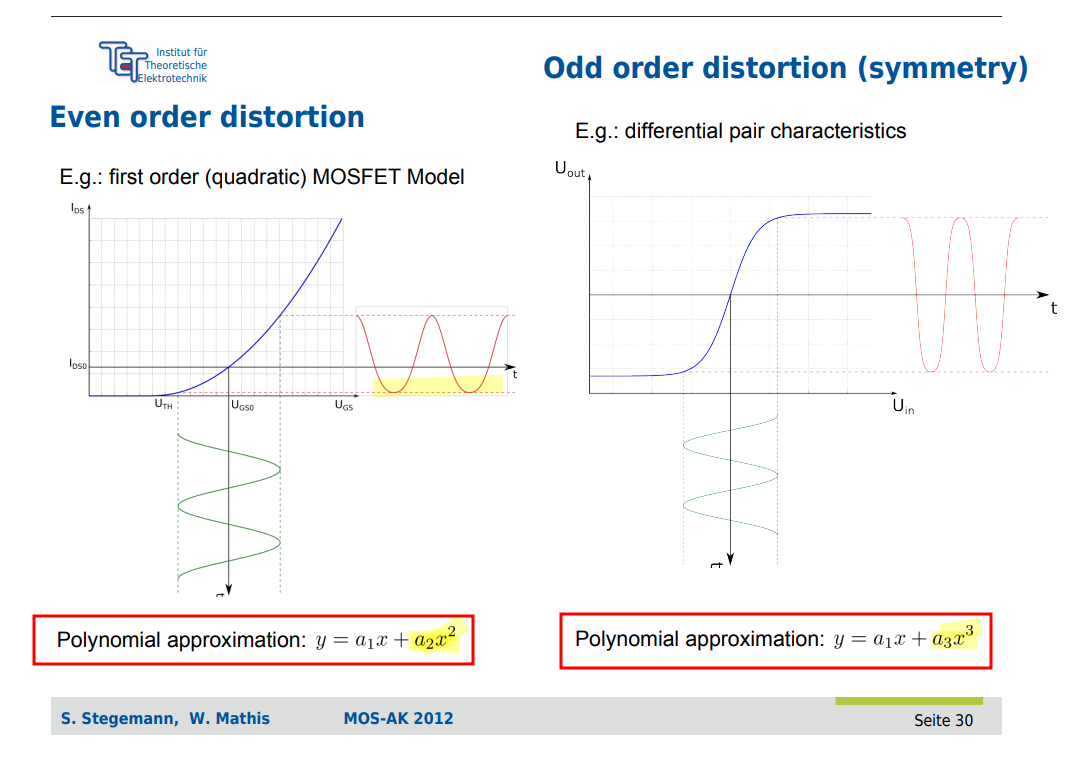
[http://cc.ee.ntu.edu.tw/~ecl/Courses/105AIC/lock/Analog_Chapter_09_Nonlinearity%20and%20Mismatch.pdf]
Volterra Series
Heng Zhang. ECEN 665 (ESS) : RF Communication Circuits and Systems Volterra Series: Introduction & Application [https://people.engr.tamu.edu/s-sanchez/665_Volterra_2008.pdf]
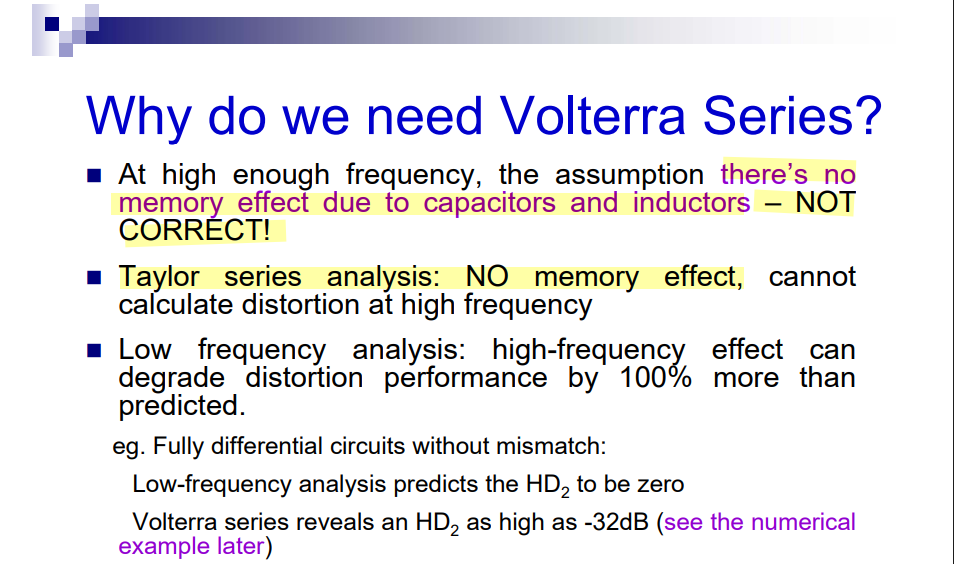
reference
Hollister, Allen L. Wideband Amplifier Design. Raleigh, NC: SciTech Pub., 2007.
Starič, P. & Margan, E.. (2006). Wideband Amplifiers. 10.1007/978-0-387-28341-8. [pdf]
Haykin, Simon S., and Michael Moher. Communication Systems. 5th ed. John Wiley & Sons, 2009.
—. Digital Communication Systems. 1st edition. Wiley, 2013. [pdf]
Carlson, A. Bruce, and Paul B. Crilly. Communication Systems: An Introduction to Signals and Noise in Electrical Communication. 5th ed. Boston: McGraw-Hill Higher Education, 2010. [pdf]
Pupalaikis, Peter & Yudin, Eric. (2005). Eye Patterns in Scopes. [https://cdn.teledynelecroy.com/files/whitepapers/eye_patterns_in_scopes-designcon_2005.pdf]
Young W. Lim. Group Delay and Phase Delay (1A) [https://upload.wikimedia.org/wikiversity/en/e/e3/Misc.1.A.GroupPhase.20120719.pdf]
Group delay and phase delay example [https://dspillustrations.com/pages/posts/misc/group-delay-and-phase-delay-example.html]
Arkonaire. What is the difference between phase delay and group delay?[https://dsp.stackexchange.com/a/51532/59253]
Andor Bariska. Time Machine, Anyone? [https://www.dsprelated.com/showarticle/54.php]
Julius Orion Smith III. Introduction to Digital Filters: Phase and Group Delay [https://www.dsprelated.com/freebooks/filters/Phase_Group_Delay.html]
Phase delay vs group delay: Common misconceptions. [https://audiosciencereview.com/forum/index.php?threads/phase-delay-vs-group-delay-common-misconceptions.39591/]
Dan Boschen. Why do we care about "Linear Phase Filters"? [link]
CC Chen. Why Group Delay Optimization? [https://youtu.be/Lv7yO_LkKng]
Group and Phase Delay Measurements with Vector Network Analyzer ZVR [https://cdn.rohde-schwarz.com.cn/pws/dl_downloads/dl_application/application_notes/1ez35/1ez35_1e.pdf]
S. Stegemann, W. Mathis. MOS-AK 2012: Interference and Distortion Analysis for Nonlinear Analog Circuits [https://www.mos-ak.org/dresden_2012/publications/T8_Stegemann_MOS-AK_Desden_12.pdf]
Ali Sheikholeslami. A-SSCC 2024 insight: Noise and Distortion, [https://youtu.be/bvsJgHJ19jI]
B. Razavi, "Design considerations for direct-conversion receivers," in IEEE Transactions on Circuits and Systems II: Analog and Digital Signal Processing, vol. 44, no. 6, pp. 428-435, June 1997 [http://www.seas.ucla.edu/brweb/papers/Journals/RTCAS97.pdf]
Two-Tone Intermodulation [https://www.ittc.ku.edu/~jstiles/622/handouts/Two-Tone%20Intermodulation.pdf]
Intermodulation Distortion [https://www.ittc.ku.edu/~jstiles/622/handouts/Intermodulation%20Distortion.pdf]
A. Sheikholeslami, "“Noise and Distortion, Part II” [Circuit Intuitions]," in IEEE Solid-State Circuits Magazine, vol. 16, no. 4, pp. 8-11, Fall 2024
A. Sheikholeslami, "Noise and Distortion, Part III [Circuit Intuitions]," in IEEE Solid-State Circuits Magazine, vol. 17, no. 1, pp. 8-11, winter 2025
Ali Sheikholeslami, University of Toronto, A-SSCC 2024 Circuit Insights:FT1 Noise and Distortion [link]
